
BLUE GREEN
A Game of foreshore parks
PURPOSE OF THIS SITE
The purpose of this website is to act as a common source of infomation regarding the scoping, and development of a game of urban landscape design to assist in the rewilding of Sydney’s foreshores.
This is part of the larger Blue-Green project for rewilding Sydney Harbour.
Jump to the following sections!
Gameplay Concepts and Scope
Simulation scope

Someone gave me this deck of card; how do I play this?
There are three fun games to play out of many with the Blue Green Deck. They are designed to help create an understanding of the ways blue-green infrastructure can create civil amenity and mitigate climate change.

Each of the games are based on five mechanics
2
1
Total lifetime cost (NPV)
The numbers in the circles represent the total lifetime capital cost of the project. Green represents positive values and Red. As you play you need to keep your project viable by staying in a positive lifetime cost.
Parks with positive lifetime cost can use financing mechanisms to achieve self-funding.
See www.blue-green-domain.org for details.
These symbols and the dice number above represent the total benefit created.
Environmental and ecological benefits
Beauty and attractiveness
Health and wellness benefits
Resiliency and climate change adaption
Want a free deck?
Email colin@bluegreen.au
You can scan this QR code to learn more about this kind of park improvement.
Example of play

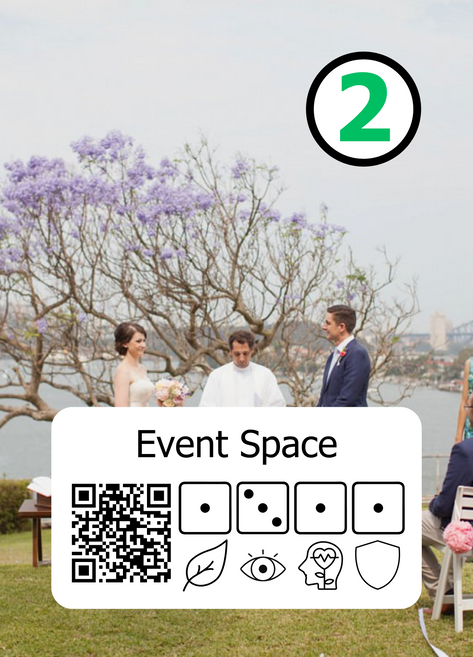

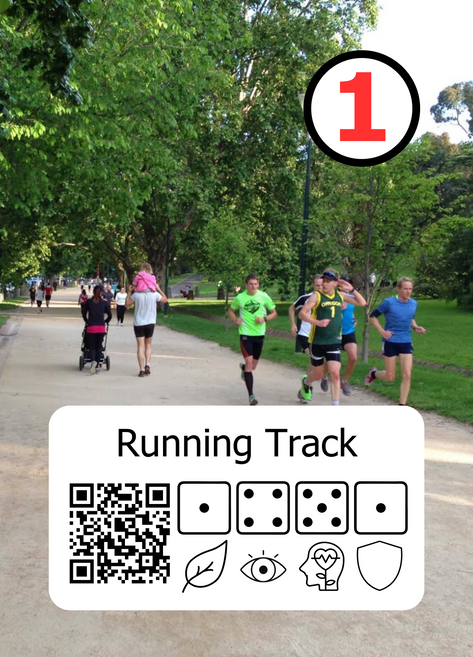
For each of the games described below cards with green cards need to ‘pay for’ cards with red numbers.
In the example above Native Landscape and an Event Space pay for a Naturalised Canal and Running Track.
Each alone doesn’t provide a lot of benefits, but together they create an attractive, healthy self-funding park.
When playing it is useful set cards next to each other in cost neutral sets to make keeping track easier.
Game 1
Eutopia
2 to 8 players - Not so kid friendly
Players all agree on a collective goal, something wholesome and heartwarming. For example “We want to create a great park in the Inner West of Sydney”
Each player also writes down a private goal on a piece of paper, which they do not tell other players. Alternately shuffle the Attractiveness, Ecological, Wellnesses, and Resiliency cards face down giving one to each player - who then needs to make up a secret agenda based on their card.
Shuffle the deck and each player draws 6 cards.
You need to maintain a positive total lifetime cost at all times.
During your turn, you can do two of the following.
- Draw up to three cards from the deck.
- Play a card - you must verbally justify why you are playing the card based on the collective goal.
- Return a card from play to any other player's hand - you must say a ‘good’ reason based on the collective goal. It doesn’t need to be true.
- Name a card you think is in another player's hand, if correct they must discard it!
- Declare a Sub-committee meeting to add a rule to this game. New rules must pass by majority rule. A sub-committee can pass any one rule - the weirder the better.
- You can trade, reveal, or discard cards at any time. Negotiation, deception, and secret deals are all fair play.
WINNING: The game ends when no more cards remain to be drawn.
The players reveal their secret goal. If one player clearly won - they did! If not all players vote on who won. If there is no agreement the player with the highest score of the benefit closest to their goal wins and if two possible winners the other players vote.
Example - We play the game and my secret goal is a park that will protect my home from flooding (Resilience). If at the end of the game the park clear does this I win - if its in dispute I win if Reliiency (the shield) has the most point.
Game 2
My Park
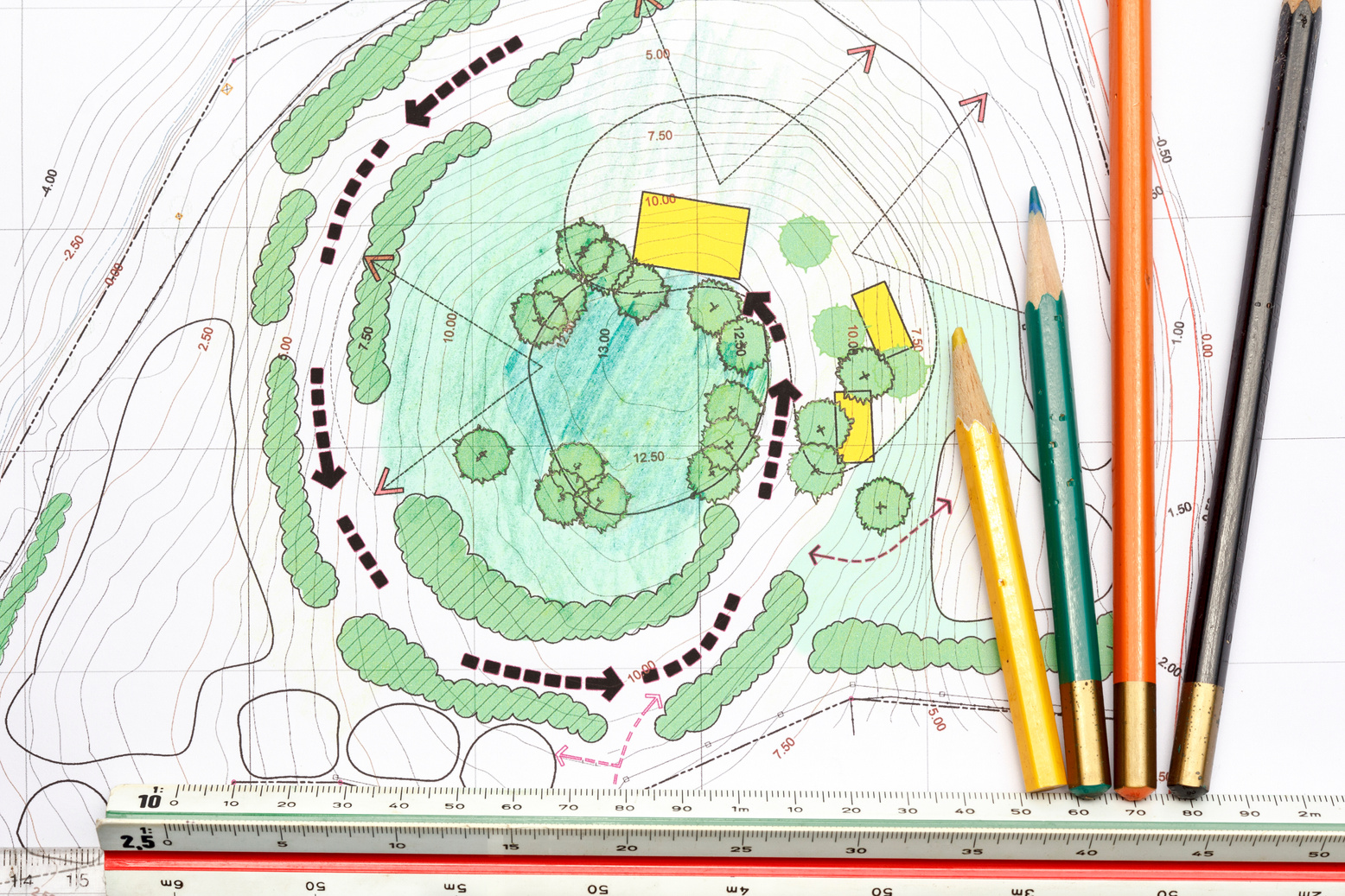
1 to 4 players - kid friendly
Print out a map of your local park, and cover it with a sheet of tracing paper.
Shuffle the deck and each player draws 6 cards. Play cards and sketch the improvement on the map - have fun and be creative!
You need to maintain a positive NPV at all times. So if you play a 3 red, you need to also have 3 greens in play (or three 1 greens, or 2+1, and so on). It’s a good idea to match up the cards positive and negative to make this easy.
Each turn you can play any number of cards on the board so long as you stay in the green (positive) total lifetime cost range.
Cards can be returned to your hand from the board, or discarded. You can trade cards with other players at any time.
When you end your turn draw cards until you have 6 cards in hand then the next player takes their turn.
WINNING: The game ends when you run out of cards or space to draw new things on the map.
You win if you love the park you drew!
Game 3
Influence
2 to 6 players
Print out a map of your local park, and cover it in a sheet of tracing paper. You might need a bunch of sheets...
Alternatively, use a block set with good park elements and playdoh to make ones you don’t have blocks for.
You will also need 20 coins or tokens per player.
Each player states a goal at the start of the game. It cannot be the same as another player. Goals can be things like “I want to ensure there is a marina with a good range of supporting services”, “I love animals” or “I want good active transport travel paths across the park”.
You need to maintain a positive NPV at all times.
Each player gets 20 influence tokens and draws 6 cards.
During your turn you can do the following.
- Propose playing a card and make a simple sketch of how it might look in the park.
- You then can bid any number of your remaining tokens to advocate for your proposal.
- Other players can bid tokens to support or block your proposal.
- Continue until no-one is willing to bid more. The winner players their cards and discards bid tokens.
- Unsuccessful bids and counters do not discard tokens.
- Trading cards, negotiation, secret deals are all fair play.
- End your turn and draw three cards.
- Play nice... or not so nice...
WINNING: The game ends when no player has remaining tokens with those who achieve thier goal winning.
WHAT IS THIS ALL ABOUT?
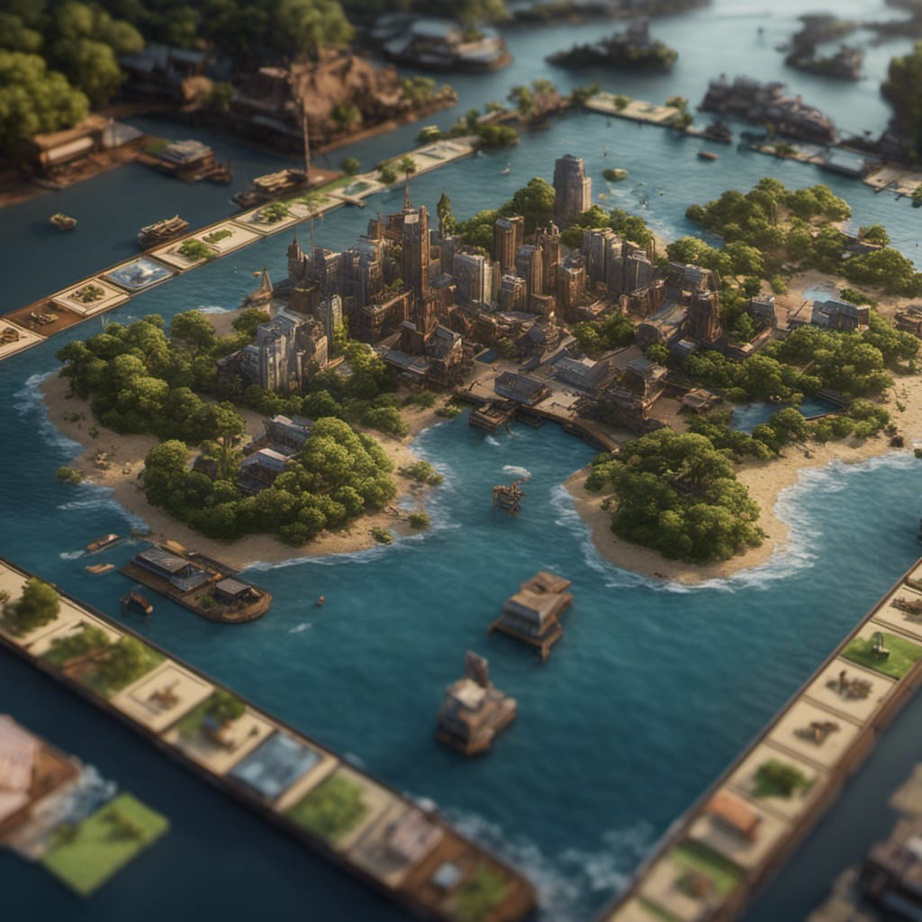
DECK BUILDER
A serious but fun game played on multiple platforms.
Focuses narrowly on the narrow edge of the harbour.
Limiting scope to foreshore parks reduces complexity.
Designed to look and play like an actual boardgame.

CARDS
Each card contains a key element of parklands.
A card can include physical items like park benches, mangroves, or dog parks.
Or construction methodologies like biochar mix in the deep soil.
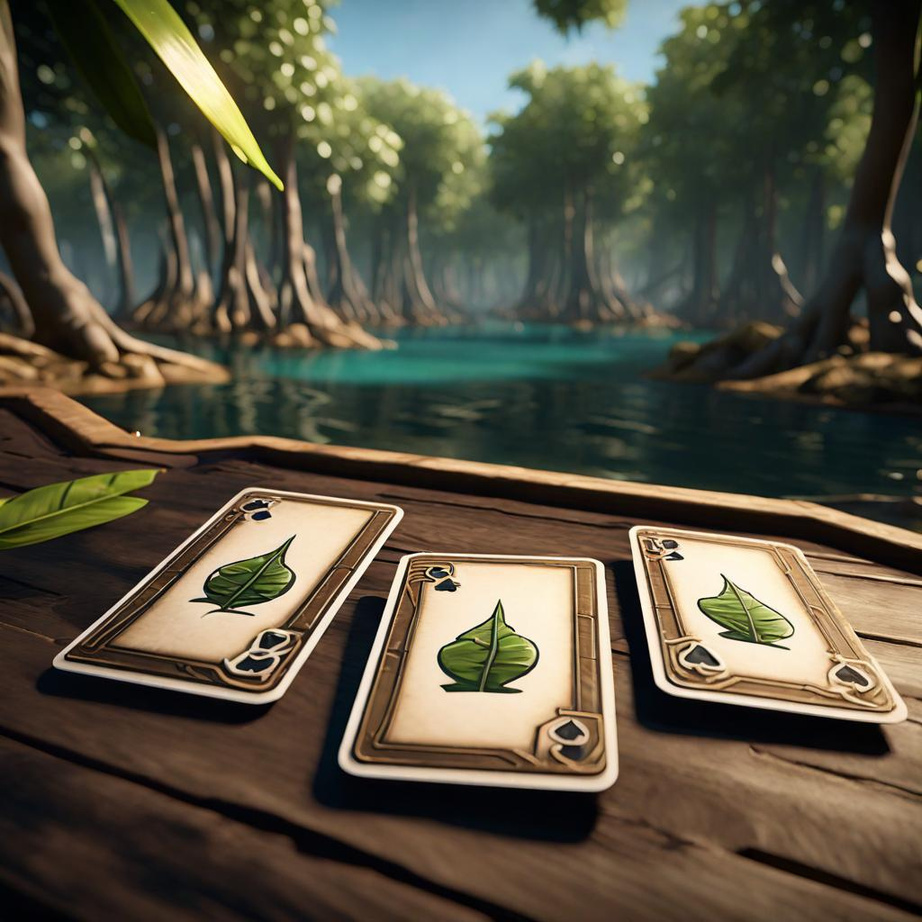
MOVES
Embedded in each card are multiple parameters.
These include typical costs and embodied carbon.
Along with social, economic, and environmental benefits.
Building a live business case.
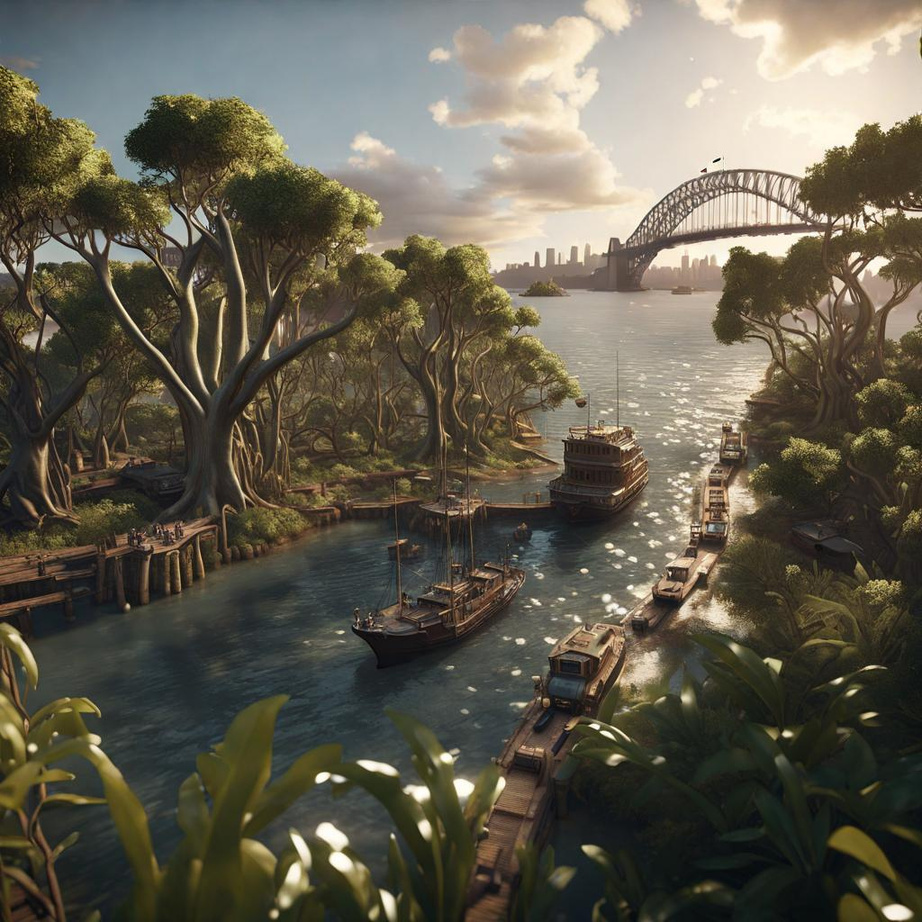
SCORE
As you play cards meters displaying total cost, total carbon and a range of other indicators shift and change.
The game board also shifts and changes to ensure the total project stays financially and carbon neutral.
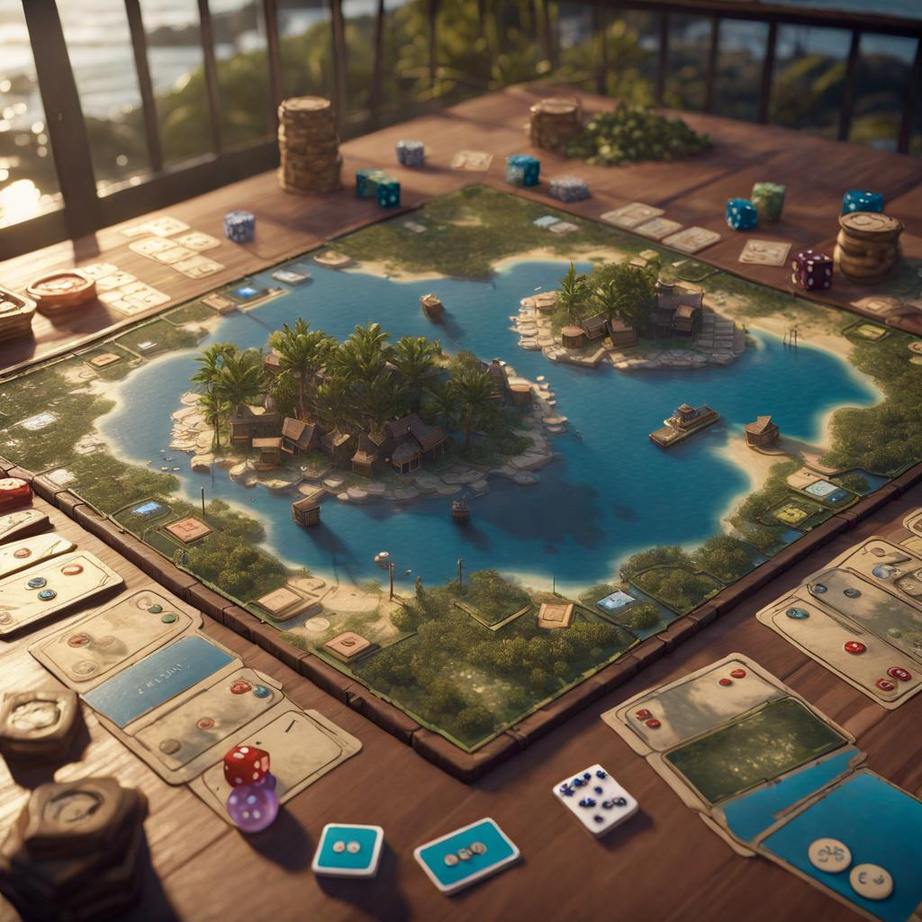
BALANCE
Cards have inter-dependencies and trade-offs.
For example ‘keystone species habitat’ requires foreshore planting to be played first.
Playing expensive cards will increase things like adjacent density and carbon credit generating wetlands.

FUN
To make sure the game has virality and replayability it needs to be fun.
Scenario’s, big ideas and playful reskinning can add joy and exploration.
It has to be a good game, not just a serious one.

WINNING
The game can be played solitaire style on your mobile device, cooperatively online or in person with real cards in a community workshop.
Winning is balance and an outcome for your park that you love.

CURATION
If successful, each park will get thousands of ‘my ideal park’ submissions.
Our team of landscape architects, urban designers and technical experts can use these responses to curate a collective master plan design.

BALANCE
The social, economic, and environmental data encoded into each card is where the real magic happens.
These parametric models will allow for the masterplan to rapidly inform the business and benefits cases.
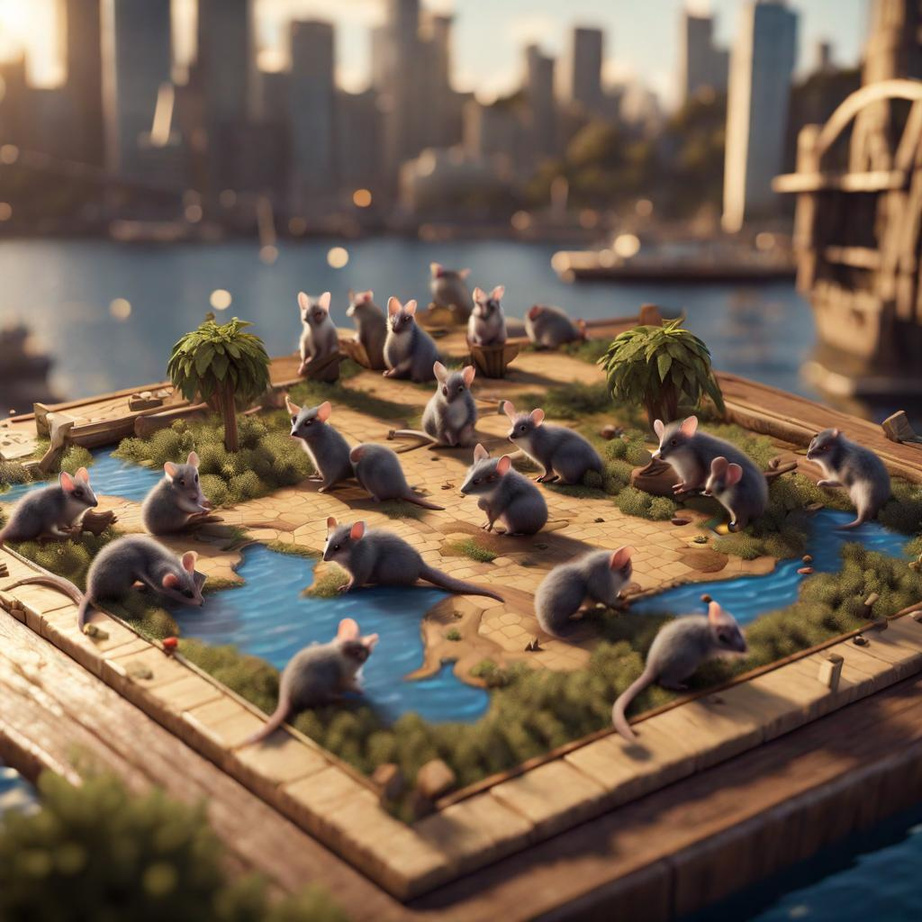
BEHIND THE SCENES
Recent advancements in generative AI and parametric modelling make this game possible
As cards are played, the AI assigns objects on a skeleton and then graphically displays them on the board.
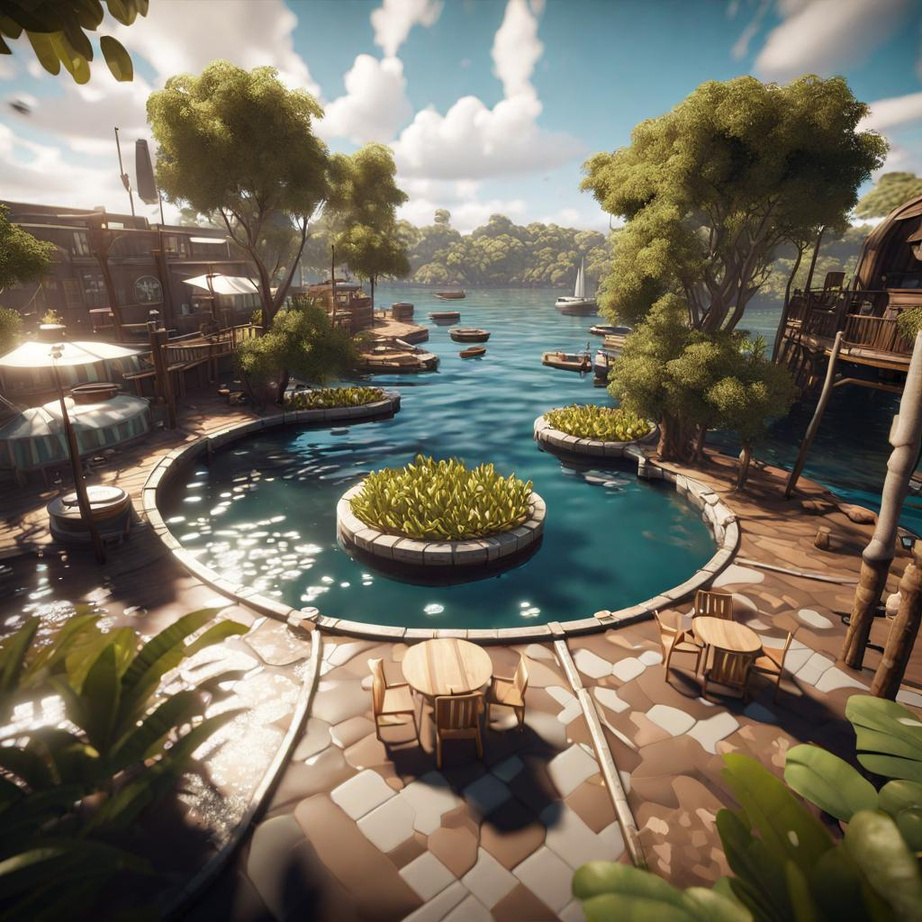
MASTER PLAN
A stretch goal would be allowing the game board output to a high-level concept masterplan for the park itself.
This would be computationally intensive and may not be technically feasible yet.
But this is a fast moving space.
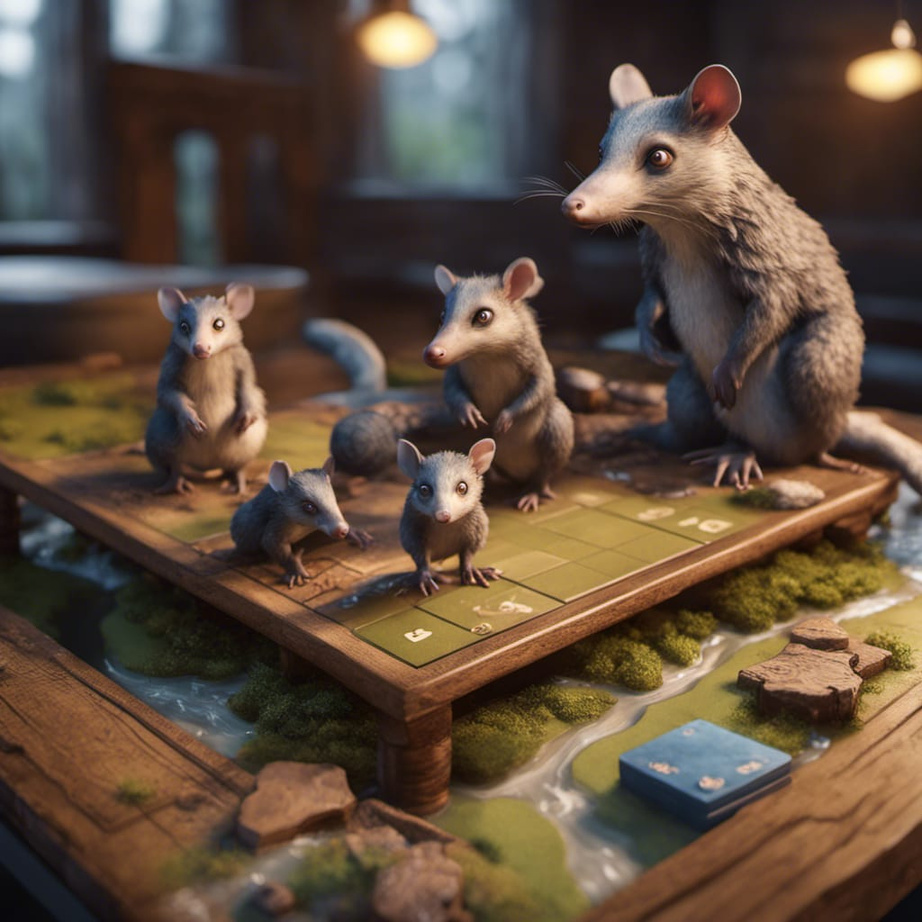
MODEL
The model and modelling required to create this game has utility well beyond it.
It could empower designers to rapidly iterate concepts.
Along with educational and informational future uses.
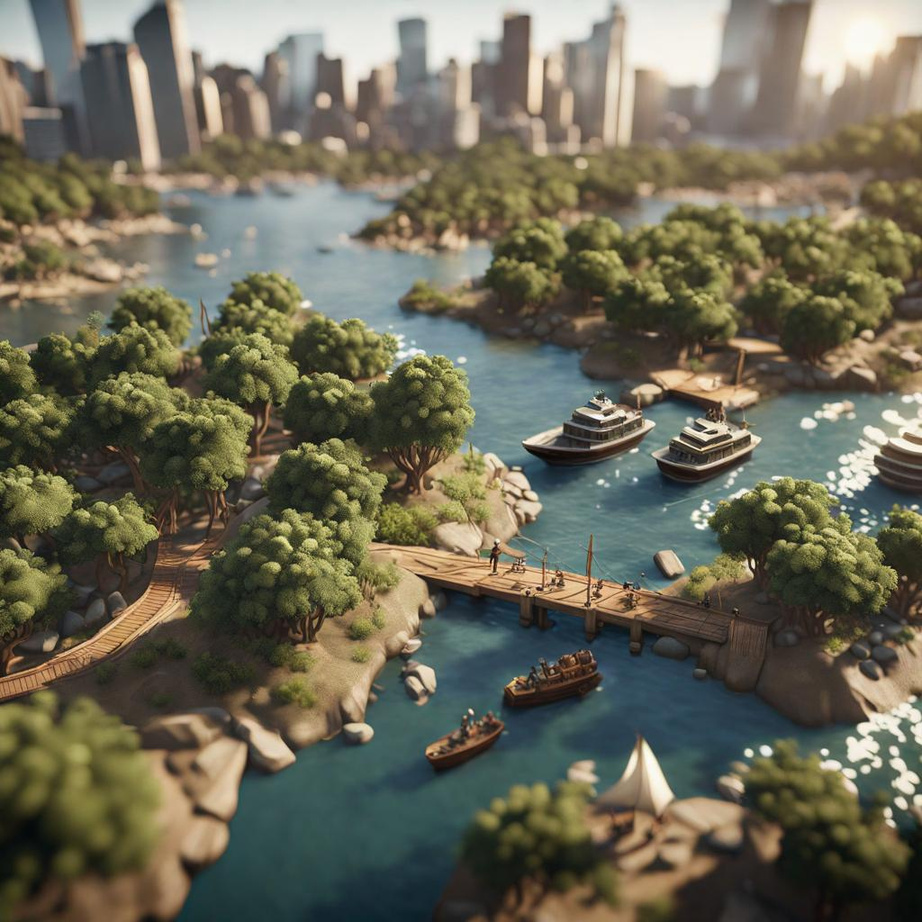
OUTPUTS
The game will create a vision in the public imagination of what can be.
The data gathered will allow the creation at scale of foreshore park concept master plans and their business cases.

SPEC - Deck builder
The following is a very high-level discussion of the elements of the game as expressed as a ‘deck builder’ game with the board acting as the score. Review this before going onto the more ambitious, cosy simulation version as the core concepts carry across.
The
board


The mat
Symbols on the mat slots indicate the suit of the card which is played here.
Up to five cards can be played on each spot.
Marine
Restoration
Park rewilding
Active
transport
Recreation and sport
Education and culture
Commercial
activation
Climate and resiliency
Green
adjacent
density
The cards
The player can have up to five cards in their hand from the deck. These are drawn randomly from a deck of 40 cards.
Cards are played during the player’s turn, and when a card is played, all other cards of that type still unplayed increase in card level.
This means any cards visable in all of the players hands of that suit change thier image and symbols. The cards in play on the board do not change.
The suits
All cards have a suit representing the landscape design of the park.
These link to the educational website which supports the game, allowing players to dive deeply into these concepts.
In game cards can be ‘flipped over’ to learn more about the concepts.
Marine
Restoration
Park rewilding
Active
transport
Recreation and sport
Education and culture
Commercial
activation
Climate and resiliency
Green
adjacent
density
Card levels
For example, when the first recreation card is played, it adds ‘playgrounds’ to the board. When this happens, all remaining unplayed recreation cards will turn into ‘off-leash dog parks’. Then, ‘sporting fields’ and so on for five levels of increasing cost and intensity.
This effects how the card looks and acts. Some cards have complex interactions with other cards.
There are 40 total types of cards.
Climate and resiliency
Green adjacent density
- Accessibility and flexibility
- Floodable parklands
- Naturalised canals
- Managed retreat
- Soil carbon sequestration
- No change
- Adjacent single-family
- Adjacent townhouse
- Adjacent medium-density
- Adjacent high rise
Recreation and sport
- Playgrounds
- Off leash dog parks
- Sporting facilities
- Harbour pools
- Clubs and marinas
Education and culture
- Connection to Country
- Interpretive signage
- Heritage interpterion
- Community gardens
- Eco-science centre
Commercial activation
- Cafes
- Restaurants
- Galleries and gift stores
- Tours and rentals
- Event and function spaces
Marine Restoration
- Mangroves
- Saltmarsh
- Restoration of marine ecology
- Oyster reef
- Boardwalks
Park rewilding
- Heavy metal remediation
- Native landscaping
- Restoration of native species
- Wildlife corridors
- Daylighted streams
Active transport
- Walking paths
- Running track
- Bicycle track
- Bushwalking track
- Separated traffic corridors
The deck
This is the face down pile of cards where players draw cards from.
If there are no cards left to be drawn, and no player is willing to discard a card into the deck the game ends and the players win or lose.
When cards are discarded or removed from play the deck if shuffled.
Moves
In the default game mode each turn you can do 3 of the following in any order.
- Play a card onto the mat.
- Discard a card from your hand to remove a card from another players mat.
- Discard a card to upgrade a suit without playing the card.
- Trade a card to another player.
- Draw up to three cards.
Effects
All cards have four effects symbols indicated on the card which indicate how they will change the score.
The total value these effects has a display change to the board.
Ecology - Positive or negative impacts on the natural environment.
Attractiveness - Beauty of the park and the city around it.
Wellness - Impacts on the health of the community.
Resilience - The ability to withstand climate and economic shocks.
Impacts
These are the resources which can be gained and spent to change the play cards onto the board.
Life time capital expense - cost to build less future cashflow.
Life time carbon emission - Embodied carbon less sequestration.
Cards can increase and decrease these impacts but they must be neutral or negative at the end of play to win.
Win or lose
The game ends when any of the following conditions are met.
- All players agree to end the game.
- There are no more cards left to draw and no player is willing to discard so another can draw.
All players win if the total impacts are negative or balanced when the game ends.
All players lose if the total impacts are positive when the game ends.
Score
The score is displayed during play.
If the players collectively win then the game is scored.
No score is achieved for a loss.
Points are gained from combining the effects (in complex and sometimes surprising ways).
Bonus points are gained by negative impact totals.
Game play
At its core, the game is designed to encourage exploration, learning and collaboration with players working together to maximise desired outcomes.
It is a game about the collaberative optimisation of competing interests.
However lose-lose play loops can develop illustrating the challenges of the urban landscape design process.
Game modes
The game allows the following game modes.
- Standard - As described here.
- Free play - Access to all cards no restrictions.
- Solo - A solitaire mode playing against a challenge.
- Scenario - Racing against a looming climate disaster or solving a wicked problem site.
Display
As cards are played, a corresponding graphic is added or removed from the game board along with a sound and a graphical flare unique to the card.
As the total effect increases or decreases, things change on the board, with features appearing or disappearing with an animation.
Ecology - More greenery and wildlife.
Attractiveness - More park features like park benches and lights.
Wellness - More people in the park exercising and enjoying.
Resilience - More solid features with the ability to respond to events.
Events
These are things that happen on the game board as the game plays or idles.
A reaction to placement like startling a flock of birds.
These can be atmospheric, like a park concert or a rainy day.
Animation loops like bikers on the paths.
Or full-blown natural disasters like floods, droughts and pandemics.
These don’t impact the game play; they make the world feel alive.
Cards and more infomation
This is a placeholder for a future ‘about’ support website which will provide the general public with information about Blue Green Infrastructure solutions.
Mangroves

These were critical elements of the pre-colonial landscape of Sydney harbour.
As the lungs of our waterways mangroves and saltmarsh cleaned and regulated the ecosystem of the harbour, their removal heralded a slide towards ecological collapse.
Their restoration would provide habitat and breeding grounds for countless birds, fish and native wildlife.
Mangroves are the most effective carbon sequestration technology we know of, locking away atmospheric carbon at many times the rate of dryland forests. Mangroves also act to lock away heavy metals, which are harmful to other parts of the ecosystem, especially oysters and ourselves.
Each hectare has the potential to produce a large number of annual carbon credits and biodiversity-based credits under the Nature Repair Act if we can develop a suitable framework.
Mangroves

These were critical elements of the pre-colonial landscape of Sydney harbour.
As the lungs of our waterways mangroves and saltmarsh cleaned and regulated the ecosystem of the harbour, their removal heralded a slide towards ecological collapse.
Their restoration would provide habitat and breeding grounds for countless birds, fish and native wildlife.
Mangroves are the most effective carbon sequestration technology we know of, locking away atmospheric carbon at many times the rate of dryland forests. Mangroves also act to lock away heavy metals, which are harmful to other parts of the ecosystem, especially oysters and ourselves.
Each hectare has the potential to produce a large number of annual carbon credits and biodiversity-based credits under the Nature Repair Act if we can develop a suitable framework.
Oysters

Another keystone species once abundant in Sydney Harbour which supports habitat for a large range of marine life.
Also, another element of nature which might not think of as a technology, but the humble harbour oyster is the most effective water filtration system we can deploy at scale.
Elsewhere in the world, other global cities are embracing the oyster as a living seawall, one which slows storm surge. Unlike a concrete seawall, an oyster reef will rise with sea level rise, rather than be eventually overwhelmed by it.
Reduction of marine pollution has tangible economic benefits, and storm surge and sea level rise flooding mitigation has immense benefits to our foreshore residents.
Due to the industrial legacy of heavy metal pollution in our harbour oysters need to be deployed both at scale and supported by other nature-based solutions like mangroves and foreshore plantings.
Floodable Parkland
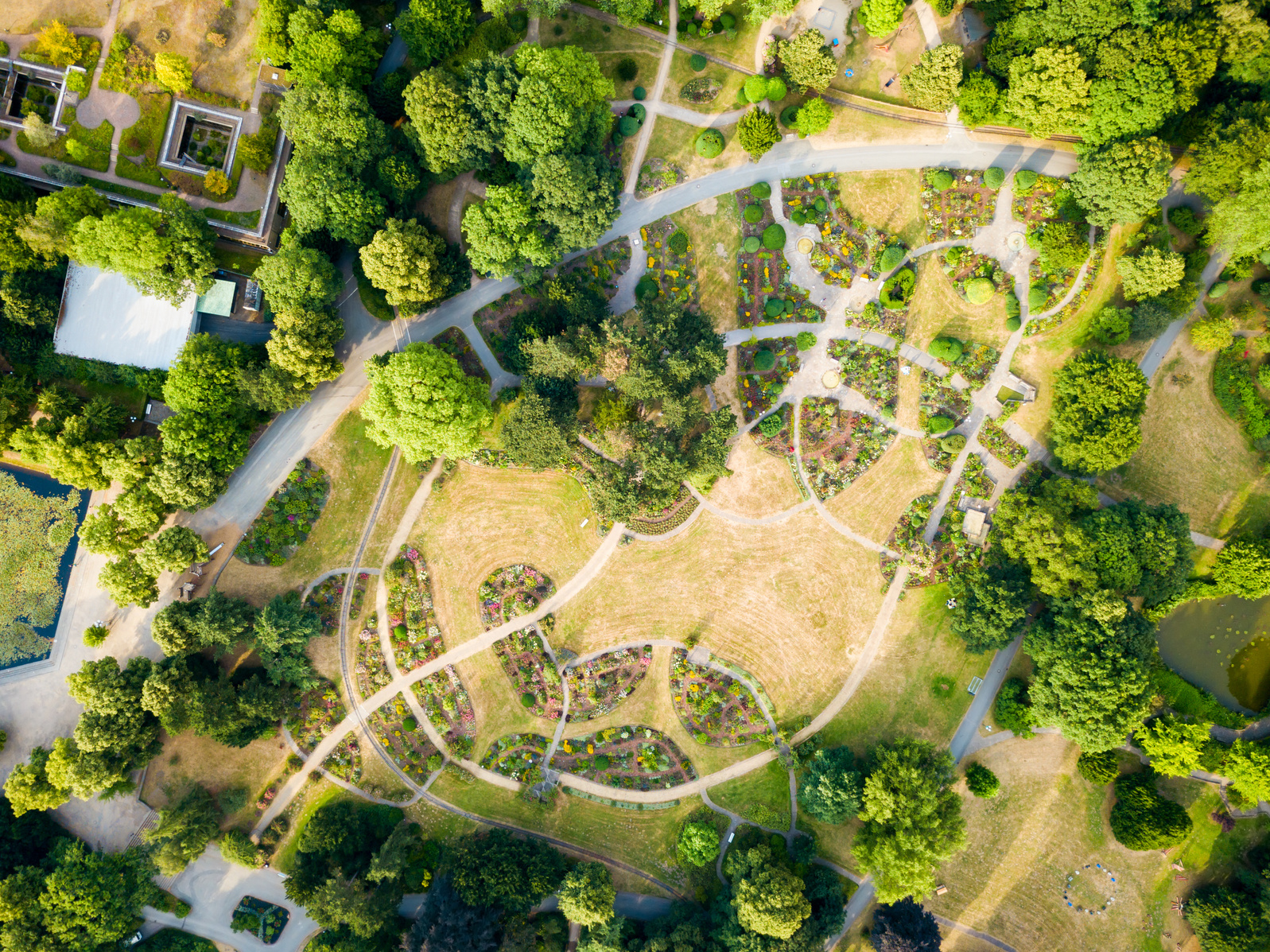
Floodable parkland is a nature-based solution that involves integrating strategically located open green spaces into urban design to mitigate flooding risks from intensifying storms due to climate change. These multi-purpose parks are deliberately situated in low-lying areas to act as natural flood basins during extreme precipitation events, absorbing and temporarily storing excess water to protect developed lands.
By mimicking wetlands' absorbency, floodable parks mitigate emissions by obviating the need for power-intensive pumping and barriers. Their trees, soils and vegetation also sequester atmospheric carbon through photosynthesis and storage. When not flooded, these verdant community assets improve mental health, encourage recreation and active transit—further curbing emissions from driving.
Thoughtfully designed floodable park networks harness nature's ability to build climate resilience while beautifying our surroundings. They demonstrate how climate action can bring widespread co-benefits by working in harmony with urban environments and lifestyles.
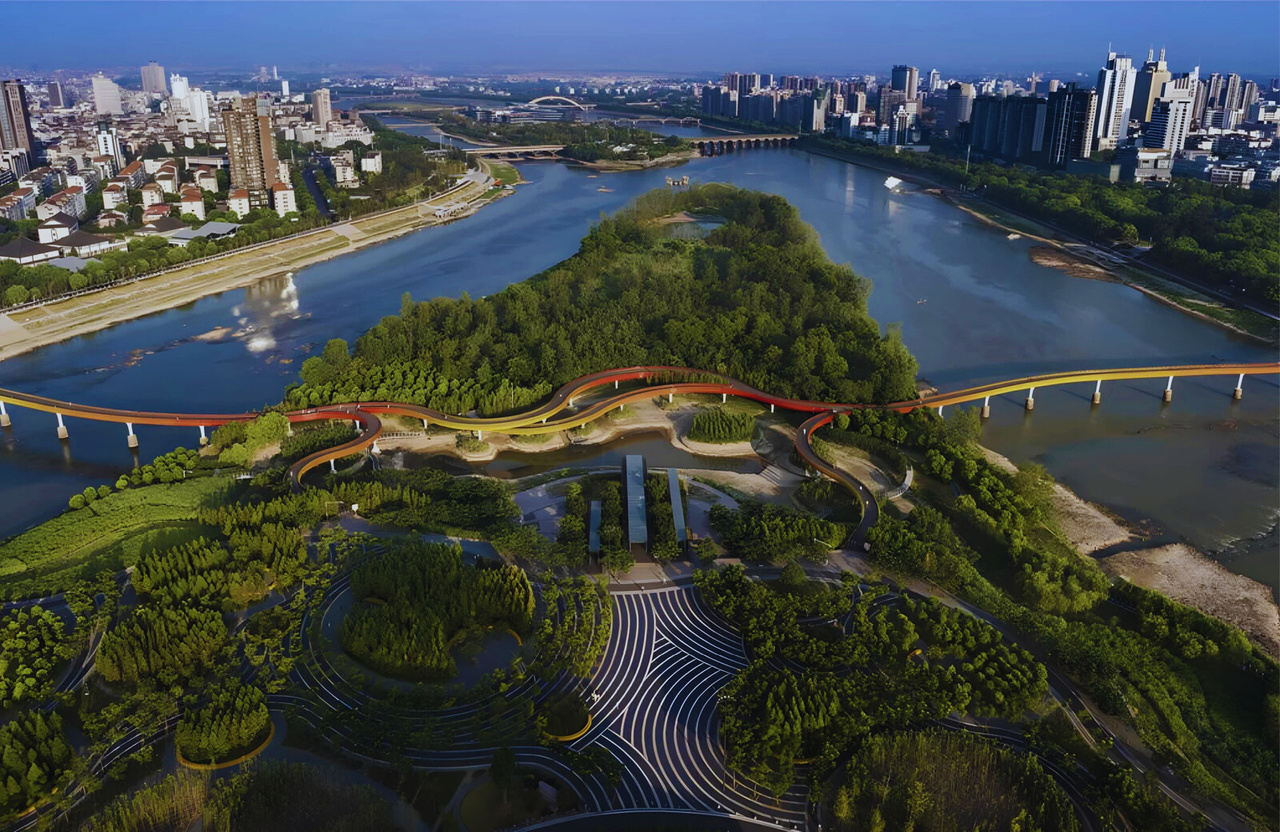
Urban Green Infrastructure
Urban Green Infrastructure refers to the network of natural and semi-natural spaces within urban areas, including parks, gardens, street trees, and green roofs. In the Sydney-specific context, it includes concepts like rewilding concrete canals, returning buried streams to the surface and creating floodable parkland.
As temperatures rise and extreme weather events become more frequent, urban green spaces play a crucial role in our cities. They provide shade, reduce the urban heat island effect, improve air quality, and help manage stormwater runoff. Additionally, these green spaces offer opportunities for recreation, mental well-being, and social interaction, making cities more liveable and resilient in the face of climate challenges of the next century. By investing in and expanding the urban green infrastructure, Sydney can effectively adapt to and combat the impacts of climate change, ensuring a sustainable and vibrant future for its residents.
Boardwalks
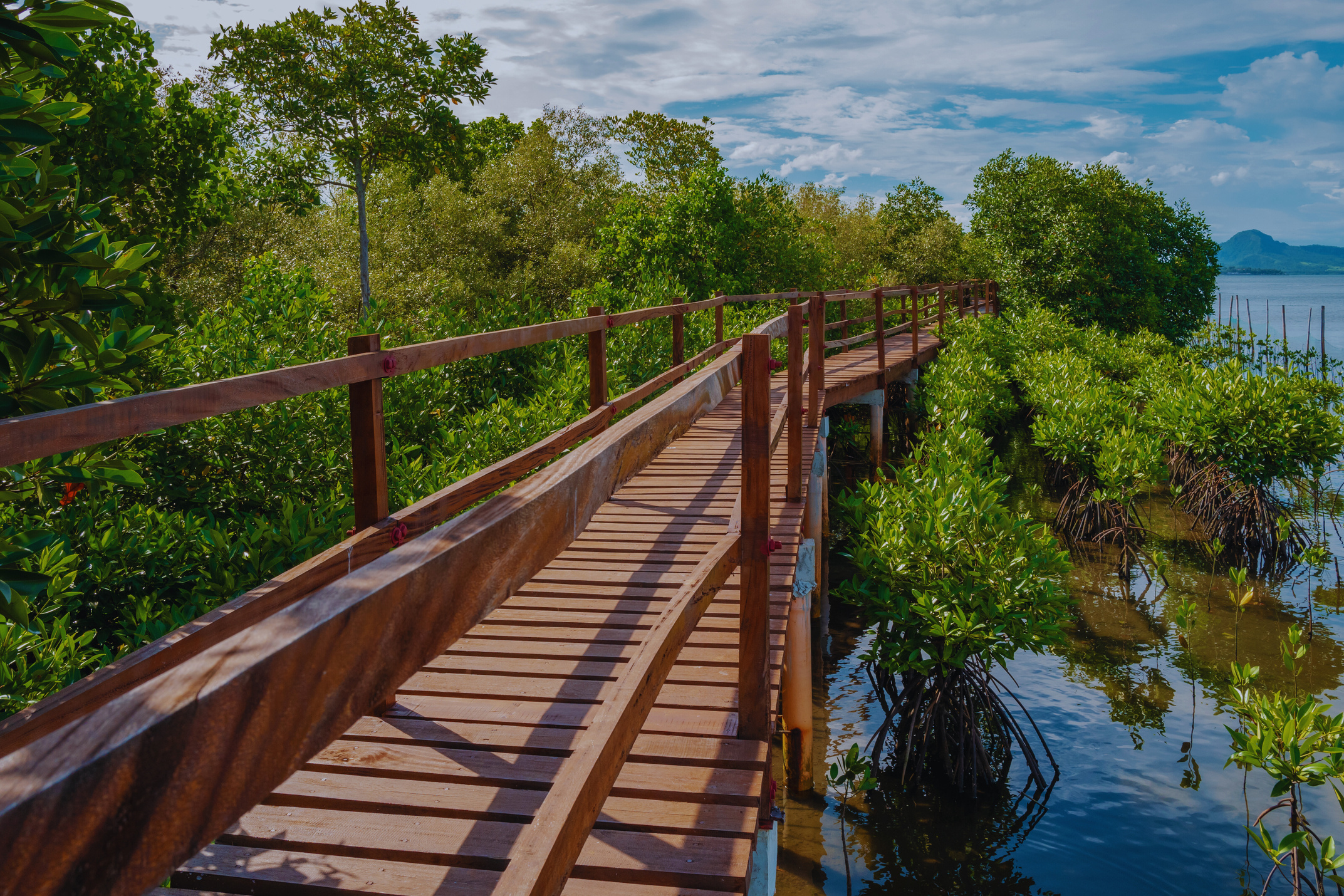
It seems odd to describe something as simple as a boardwalk as a technology but when used on a large scale they provide a vast array of public benefits at a relatively low cost. They can act as active transport corridors providing places for us to walk, bike and run. The addition of public gathering spots, fishing platforms and benches can allow these to become both the anchor and connecting element of a great public park.
In cities, like Sydney, with complex issues relating to public access to harbour foreshores, they provide a critical source of civil amenity providing places for the public to gather, learn and explore nature within the city.
Finally, they can serve to protect sensitive natural environments while still permitting public access.
Managed retreat & Density on green amenity
Managed retreat is an essential, if challenging, strategy in Australia to mitigate the risks associated with flooding. It is a planned and controlled relocation of people and infrastructure away from these high-risk zones. This approach ensures the safety and well-being of residents while also protecting valuable assets.
While the need for managed retreat is well understood by government and insurance industry stakeholders, discussions within public forums are usually charged with emotions, with a perception of governmental overreach if acting proactively or blame if acting too late.
Density on Green Amenity, sometimes known as Compact Green Urban Development, presents an opportunity to meet both the challenges of managed retreat and the housing crisis. It can provide a mechanism for homeowners within the flood zone to be fairly compensated as part of larger precinct-scale development which steps residential density back from our waterways and up.

Narrative Inquiry

Narrative inquiry is a research approach that aims to understand and explore human experiences through the lens of storytelling.
It recognises that individuals construct their identities and make sense of the world around them through narratives or personal stories. In this approach, researchers collect and analyse narratives shared by participants, which can be through interviews, diaries, or other written or spoken accounts. The focus is not only on the content of the narratives but also on how they are told, including the language, metaphors, and emotions used.
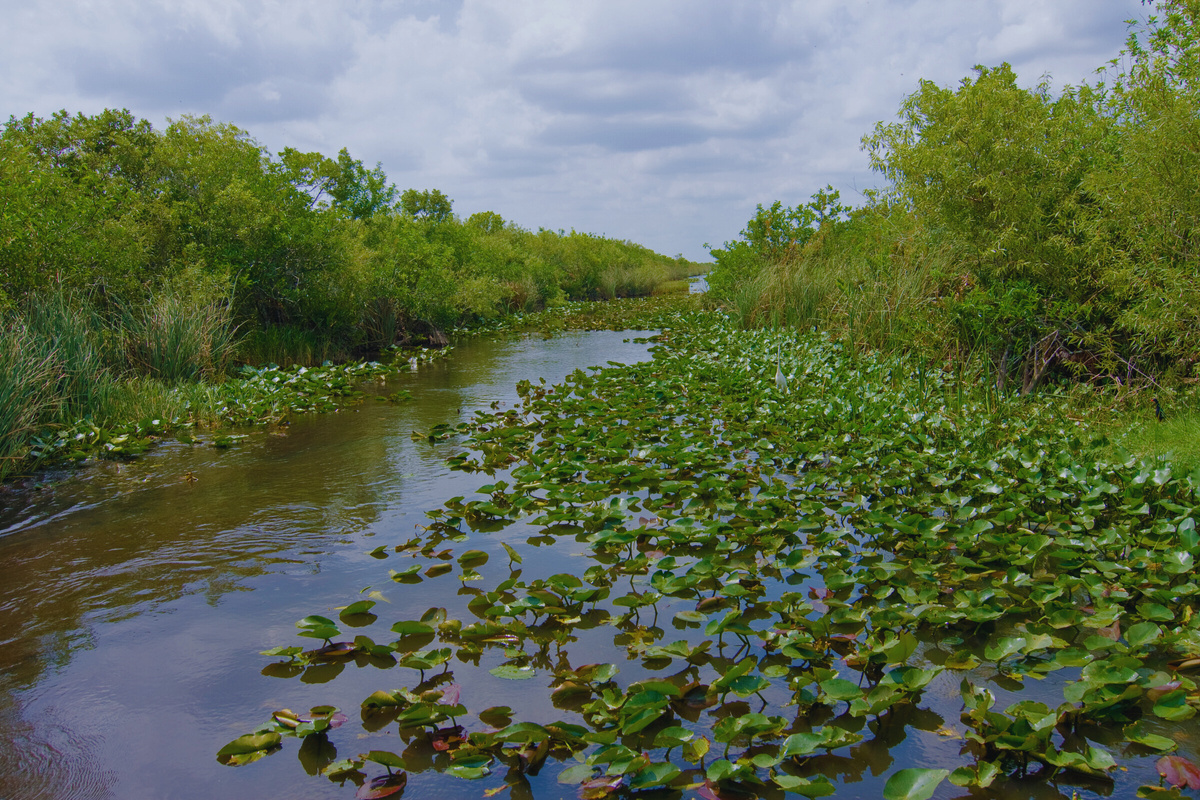
Naturalised canals
Most of the rain which falls on Sydney flows to its harbour through underground stormwater pipes or concreted canals.
This has resulted in not only costly, ageing and difficult to maintain infrastructure but also periodic of sewage overflow into these channels during high rains. Also importantly this water, which once flowed along the surface, is no longer available to our urban greenery, reducing their ability to cool our city and their ability to withstand drought conditions.
Naturalised canals that incorporate urban green infrastructure can help mitigate climate change impacts while also proving economically feasible. Constructing a multi-purpose foreshore park along a former industrial canal allows the waterway to be naturalised through native wetland planting. This provides flood protection and urban cooling through evapotranspiration. It also sequesters carbon in wetland soils and vegetation. The introduction of diverse natural habitats boosts biodiversity and local access to recreation.
From an economic standpoint, the park revitalises a formerly neglected area, increases nearby property values and attracts more visitors to support local businesses. Such adaptive reuse of historical industrial infrastructure illustrates how climate solutions can be locally tailored and deliver alongside community benefits.
Nature Based Solutions to stormwater management not only mitigate flood risks and reduce pollution but also enhance biodiversity, improve public health and provide aesthetic and recreational benefits.
Connection to Country
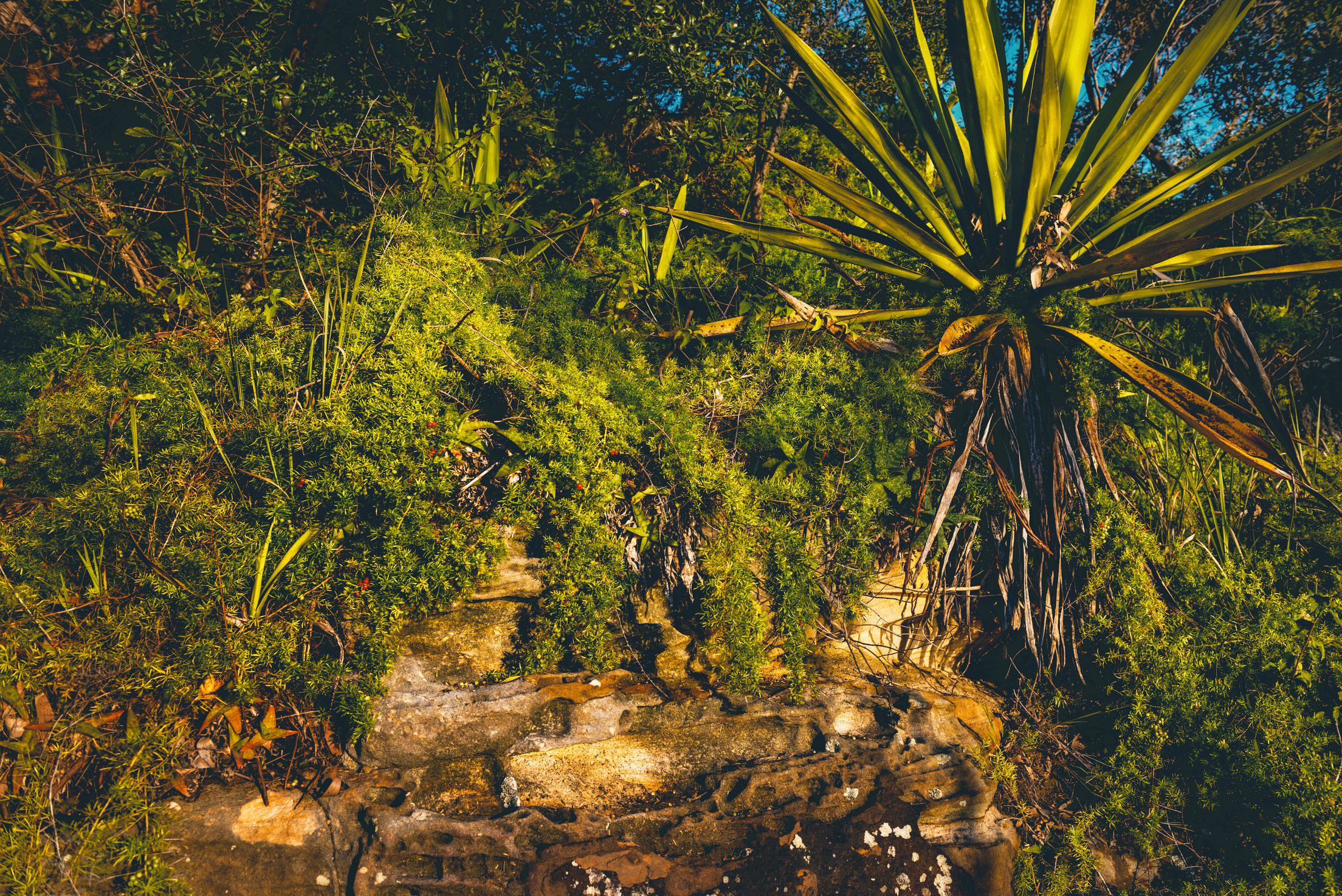
The Aboriginal Connection to Country holds immense significance when it comes to planning urban parks in Australia. Aboriginal people have a deep spiritual and cultural connection to the land, which has been nurtured over thousands of years.
Their traditional knowledge and understanding of the environment are invaluable in ensuring authenticity when rewilding urban parkland areas. This connection represents a technology, an understanding, with roots stretching back through time and forward in a possible future in harmony with the land.
Cafes
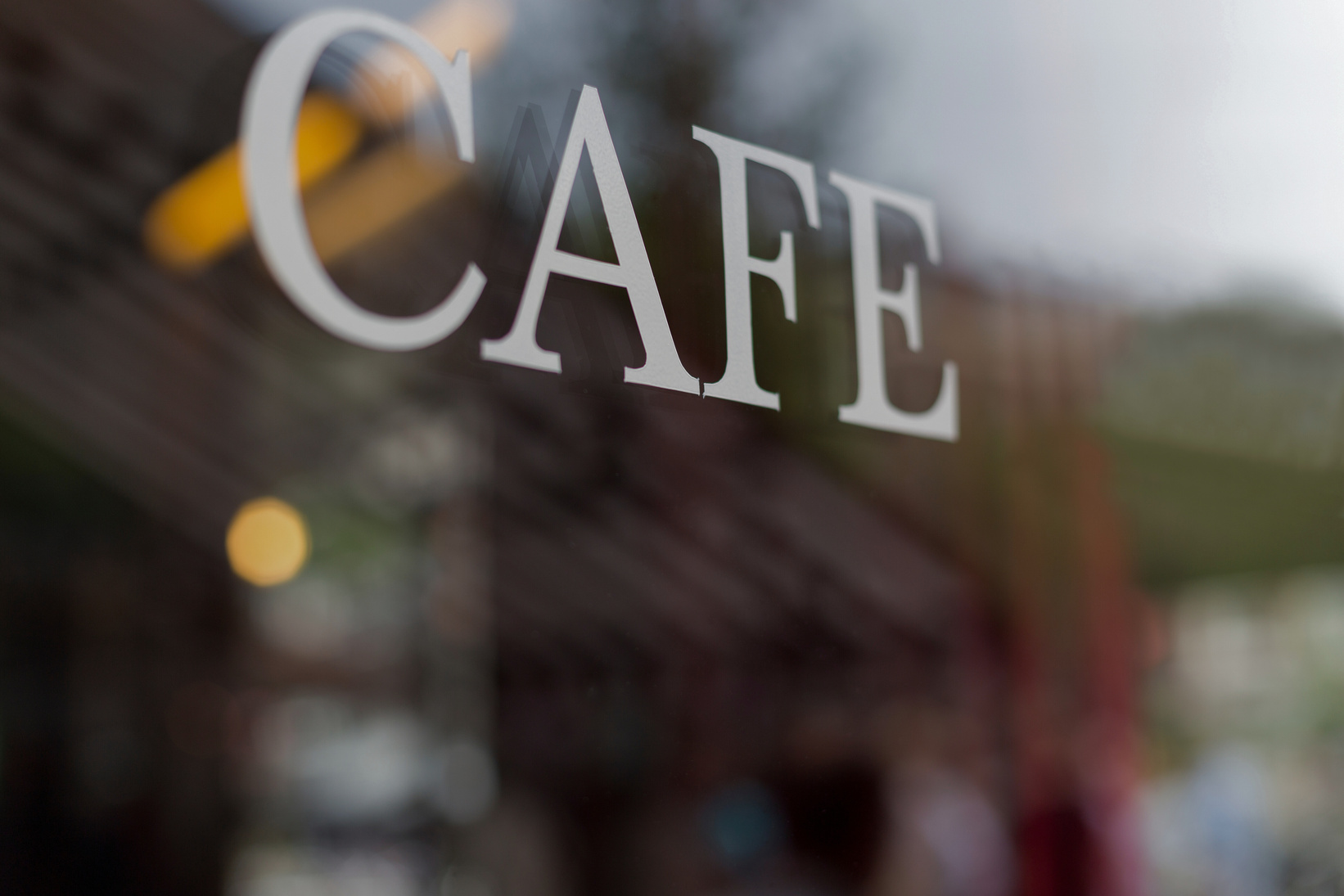
Foreshore cafes play a role in enhancing the economic activity of urban parks by attracting visitors, increasing footfall, and generating revenue.
Increased Visitor Numbers: Acting as a magnet for park visitors, attracting individuals and families who may not have otherwise visited the park. The presence of a cafe provides an additional incentive for people to spend time in the park, leading to increased footfall and overall visitor numbers.
Extended Park Visits: The availability of a hospitality venues encourages visitors to spend more time in the park. People can relax, socialize, and enjoy refreshments while taking in the park's ambiance.
Revenue Generation: If the head lease is owned by the central park authority the rent from these venues can considerably contribute to the operational budget of the park.
Job Creation: The establishment of foreshore cafes creates employment opportunities. These cafes require staff members to handle various roles such as baristas, waitstaff, kitchen staff, and management. By providing jobs, they contribute to the local economy and enhance the social fabric of the community.
Ancillary Services: Foreshore cafes often offer ancillary services such as catering for events, hosting private functions, or providing takeaway options.
Community Gathering Spaces: Foreshore cafes act as social hubs within urban parks, providing a space for people to gather, interact, and build community connections.
Tourism Boost: Urban parks with foreshore cafes often become tourist attractions in themselves and act to support other attractions.
Floodable Sports Fields
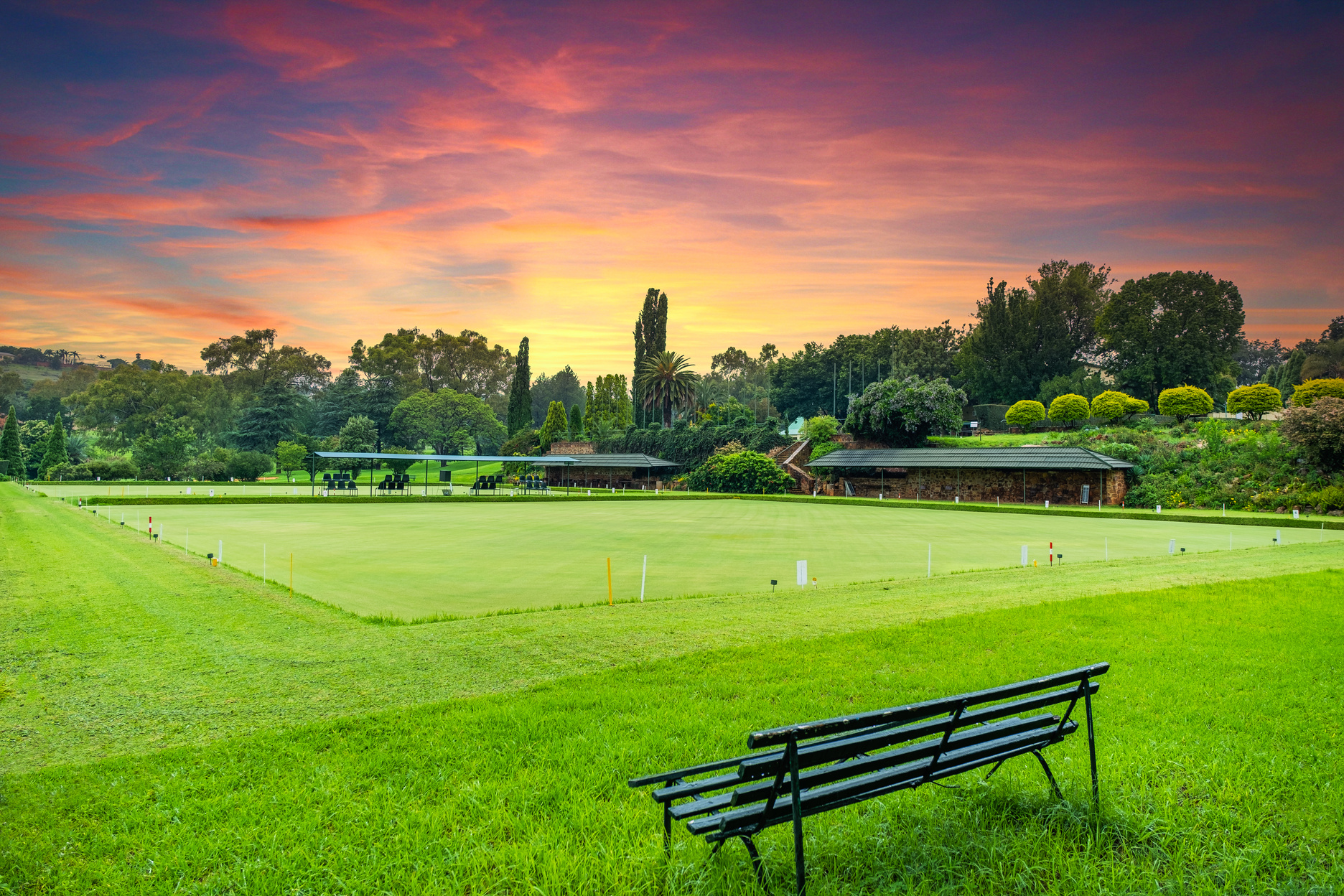
Floodable sports fields in urban green infrastructure serve as multi-functional spaces that contribute to climate change mitigation and enhance economic feasibility.
By allowing these fields to flood during heavy rainfall events, they act as natural water retention areas, reducing the burden on stormwater management systems and minimizing the risk of flooding in urban areas. Additionally, these floodable fields can serve as temporary water storage and filtration systems, improving water quality and reducing the strain on traditional drainage infrastructure.
This innovative approach not only enhances urban resilience but also provides recreational opportunities, promoting physical activity and community engagement. The economic feasibility of a foreshore park is boosted through the integration of floodable sports fields, as they optimize land utilization and minimize the need for costly stormwater management infrastructure.
By combining climate change adaptation and economic benefits, floodable sports fields in urban green infrastructure offer a smart and sustainable solution for cities facing the challenges of climate change.
When not flooded, sports fields and parks activate waterfront areas for recreation. Economically, their development requires fewer upfront costs versus hardened infrastructure. And by preserving green space that absorbs carbon while attracting residents, businesses see long-term return on investment through increased property values and tax revenue.
Nature-based solutions like these demonstrate good flood management need not compromise enjoyable public spaces or fiscal prudence. With foresight and multi-functional design, cities can strengthening climate resilience and fostering vibrant waterfront communities for generations to come.
Dog Parks

Dog parks, serve as more than just a place for furry friends to frolic. They're actually a vital component of urban planning, offering numerous benefits that enhance both the environment and the community.
Dog parks serve multiple purposes in urban areas. Firstly, they contribute to urban greening by providing open green spaces in densely populated areas, which helps improve air quality and reduce heat island effects. Secondly, they act as a social amenity by providing a designated space for dog owners to interact and build a sense of community.
The impacts of dogs on mental and physical health is well documented, especially among the young, single and elderly population. Well designed and convienently located dog parks are a critical enabler of dog ownership.
Density on green amenity
Density on Green Amenity, sometimes known as Compact Green Urban Development, presents an opportunity to meet both the challenges of managed retreat and the housing crisis. It can provide a mechanism for homeowners within the flood zone to be fairly compensated as part of larger precinct-scale development which steps residential density back from our waterways and up.
Density plays a crucial role in optimizing the sustainability of an urban areas, enabling resource efficiency, social well-being, and economic feasibility while providing critical mass for more cutting edge climate change mitigations. By strategically designing the urban density integrated with parkland not only enhances the aesthetic appeal but also promotes a less adversarial relationship between the city and the natural landscape it occupies.

Walking Paths
Walking paths facilitate public health and social connections. They encourage outdoor exercise which improves both physical and mental well-being. By providing a shared recreational resource, paths bring community members together and foster civic identity.
From an economic perspective, trails increase park utilization and visitation rates. This elevated activity level augments the park system's value and appeal to residents, businesses and tourism. Higher foot traffic and exposure can even drive small business growth near parks. They also act as key active transport corridors supporting a many range of every day activities like walking to work, school or social activities.
Environmentally, delineated trails protect native flora by preventing the formation of multiple ad hoc paths. They also decrease erosion risks by containing footfalls. What's more, trails can be purposefully designed to safely showcase scenic or unique ecological features, engendering public support for conservation efforts.
Well-planned walking paths optimize a park's role in shaping healthier, more cohesive and economically vibrant communities that preserve natural assets for future generations to enjoy.
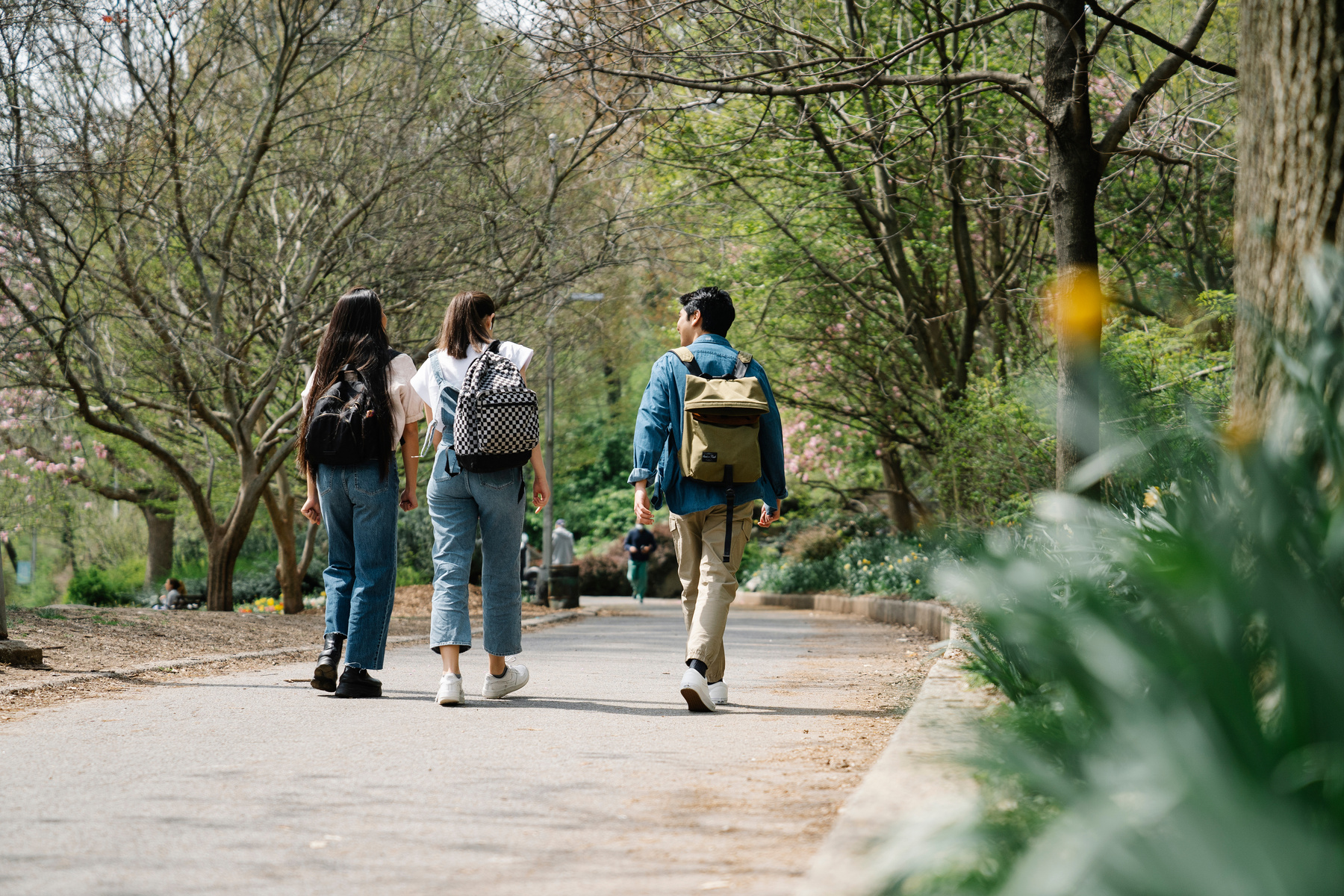
Bike Path
Bike paths in parks provide multifaceted value by promoting healthy communities, economic activity, and environmental stewardship. They enable social connectivity as residents of all ages comfortably engage in outdoor recreation together. This quality of life enhancement helps attract knowledge workers and grows property values. Economically, bike infrastructure supports eco-tourism and active living activities that boost local businesses.
Separated cycle lanes also reduce conflict between the various users, ensuring the flow of walkers, runners are protected from the relative high speeds of bike traffic. This reduces the stress of both groups and enhances their enjoyment of the park. Separation from car traffic is equally important with cycle/car accidents which endanger the lives of both drivers and riders, and the risk of which acts as a significant deterrent of active transport mode shift.
Environmental benefits also accrue from less car-dependency and more non-motorized transportation choices. Bike paths reduce emissions while encouraging appreciation for nature. By leveraging these promising returns across social, economic and ecological impacts, bike paths offer municipalities an innovative investment improving residents' well-being for generations to come.
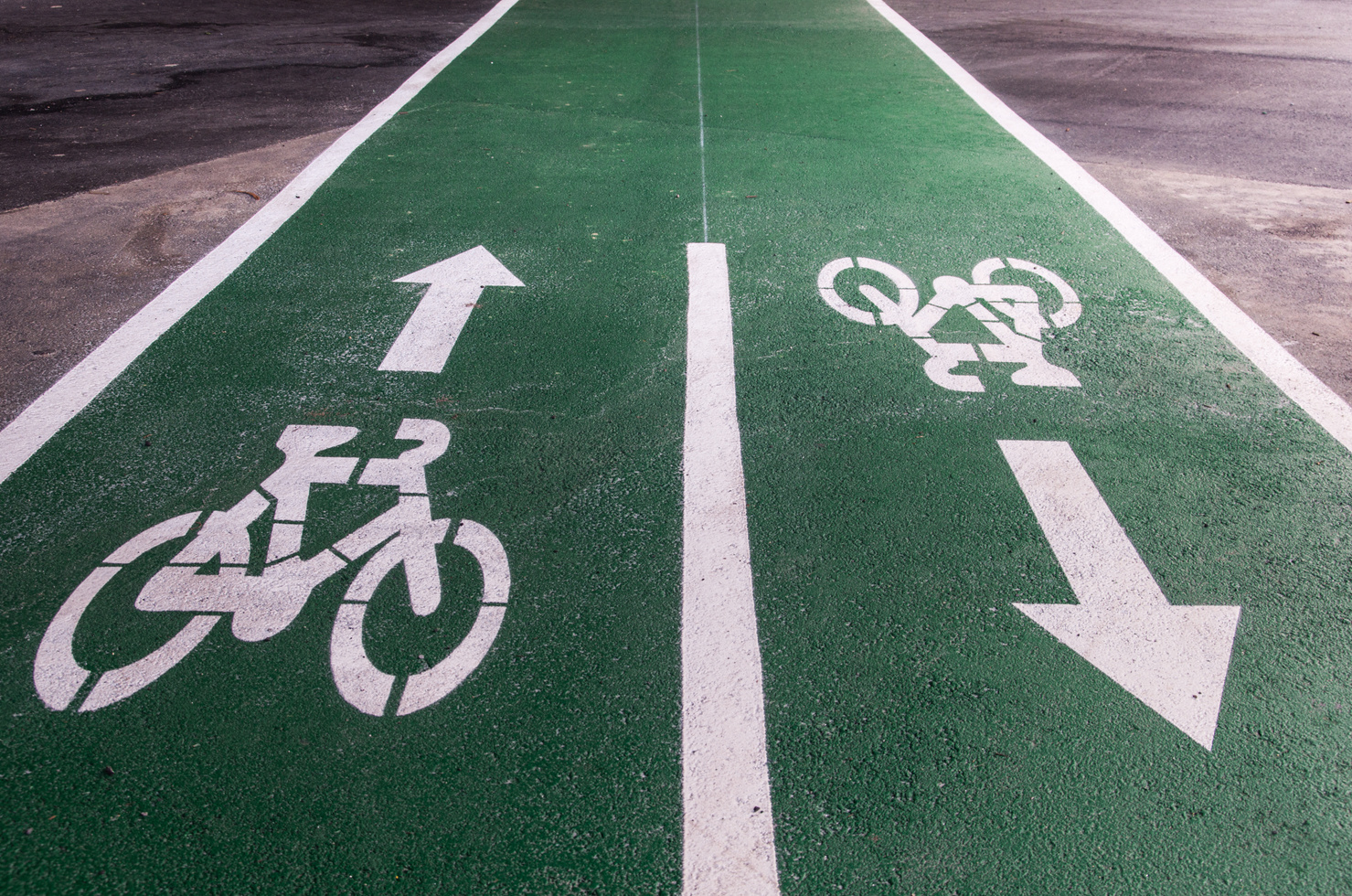
Nature Playground
Nature playgrounds are outdoor play spaces that are designed to incorporate natural elements such as trees, rocks, water, and plants. They aim to provide children with opportunities for unstructured free play in a natural environment, fostering creativity, stimulating their senses, and promoting a connection to nature.
One key feature of nature playgrounds is the emphasis on fostering creativity. By providing children with open-ended materials and natural elements, they are encouraged to use their imagination and create their own play scenarios. This promotes problem-solving skills, critical thinking, and enhances their cognitive development.
Another important aspect is the concept of safe risks. Nature playgrounds often include elements that allow children to engage in physical activities that may involve some level of risk, such as climbing trees or balancing on logs. These activities help children develop their gross motor skills, build strength and coordination, and learn to assess and manage risks in a controlled environment.
Nature connection is a fundamental aspect of nature playgrounds. By immersing children in a natural environment, they develop a sense of appreciation, respect, and connection to the natural world. This connection has been shown to have numerous benefits, including improved mental health, reduced stress levels, and increased well-being.
Unstructured free play is another key feature of nature playgrounds. Unlike traditional playgrounds with pre-determined play structures, nature playgrounds provide children with the freedom to explore and create their own play experiences. This type of play allows children to develop their social skills, learn to cooperate and negotiate with others, and build resilience and self-confidence.

Nature playgrounds also provide educational opportunities. Children can learn about the natural environment, biodiversity, and ecological processes through hands-on experiences. They can observe insects, birds, and plants, and gain a deeper understanding of the interconnectedness of the natural world. This type of experiential learning can foster a sense of environmental stewardship and promote sustainable behaviors.
Equitable access to nature is an important aspect of nature playgrounds. By providing outdoor play spaces in urban areas, nature playgrounds ensure that children from all socio-economic backgrounds have access to nature and its benefits. This promotes social equity and helps address the issue of nature deficit disorder, where children have limited exposure to nature due to urbanization and modern lifestyles.
In addition to the benefits to children, nature playgrounds also have positive impacts on the environment, society, and the economy. By incorporating natural elements, these playgrounds help create habitats for wildlife, promote biodiversity, and contribute to urban greening efforts. They also provide opportunities for community engagement and social interaction, fostering a sense of belonging and connection among residents. From an economic perspective, nature playgrounds can attract visitors, boost tourism, and contribute to the local economy.
Overall, nature playgrounds offer numerous benefits to children and society by fostering creativity, providing safe risks, promoting nature connection, facilitating unstructured free play, stimulating education, ensuring equitable access to nature, and encouraging imagination. These benefits extend beyond individual well-being and contribute to a more sustainable and inclusive society.

Playground
Playgrounds cultivate community connections and child well-being. By fostering unstructured play in natural elements like wood, water and varied terrain, these spaces encourage creative exploration, risk-taking, and social bonding outdoors. This supports children's cognitive development and resilience in an era of indoor distractions.
Physical development: Playgrounds provide opportunities for children to engage in physical activities, such as climbing, swinging, and running. These activities promote the development of motor skills, coordination, balance, and strength, leading to healthier and more active lifestyles.
Social interaction: Playgrounds act as a gathering place for children from different backgrounds, fostering social interaction and the development of social skills. Children learn to communicate, cooperate, and negotiate with their peers, building relationships and enhancing their emotional well-being.
Cognitive development: Playgrounds offer various play structures and games that stimulate cognitive abilities. Children engage in imaginative play, problem-solving, and decision-making, promoting creativity, critical thinking, and intellectual growth.
Inclusivity: Modern playgrounds are designed to be inclusive, ensuring that children of all abilities can participate and enjoy the play experience. Accessible equipment and features accommodate children with disabilities, promoting inclusiveness and equal opportunities for play.
Enhanced community cohesion: Playgrounds serve as a gathering place for families and communities, encouraging social connections, and fostering a sense of belonging. They provide opportunities for parents and caregivers to interact, share experiences, and build supportive networks.
Improved mental and emotional well-being: Playgrounds offer a space for children to release energy, reduce stress, and improve their mental and emotional well-being. Regular physical activity and play have been linked to lower rates of depression, anxiety, and behavioural problems in children.
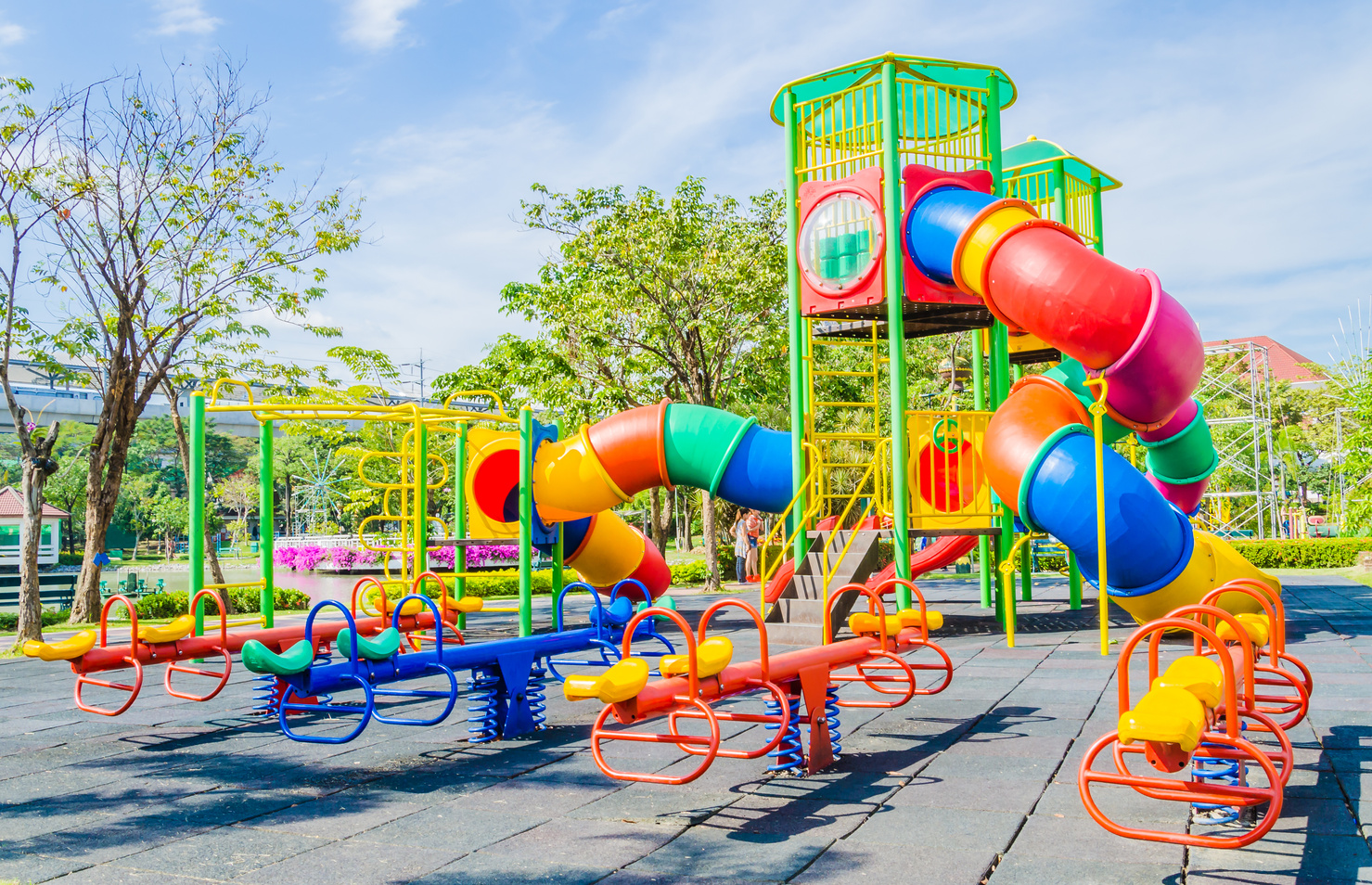
Cultural Tours
Cultural tours in large urban parks serve as catalysts for social cohesion, economic growth, and environmental sustainability, making them indispensable for justifying their business case.
These tours can include Aboriginal cultural experiences, exploring the rich indigenous heritage learning about traditional customs, art, music, and storytelling from knowledgeable guides who share their deep connection to the land. In sites with significant historical assets tours can facilitate the discovery the architectural gems within the urban park, showcasing the areas's rich history. Visit iconic buildings, such as old government structures, heritage houses, and landmarks, while learning about their significance and the stories behind them. Botanical and natural history tours can explore in depth the park's lush gardens, where you can learn about the diverse plant species native to Australia.
These tours foster social connections by bringing diverse communities together, stimulate local economies through tourism revenue, and promote environmental stewardship by raising awareness and appreciation for the park's natural resources. By combining cultural and natural heritage, these tours create a virtuous cycle of mutual benefits, ensuring the long-term success and viability of the park as a valuable asset to society.

Harbour Side Restaurants
Harbour side restaurants within a park can serve as key drivers of social, economic, and environmental benefits, thereby strengthening the business case for their establishment and operation.
Socially, these restaurants can act as meeting points, fostering community interaction and cohesion. They can contribute to the park's aesthetic appeal, enhancing its overall ambiance, and thus attract more visitors, leading to increased social activity and engagement.
Economically, they can significantly contribute to local economies, generating employment, both directly and indirectly, and stimulate economic activity through the purchase of local goods and services. Additionally, they attract tourists, enhancing the park's revenue through increased visitor spending.
Environmentally, these restaurants, if managed sustainably, can contribute to environmental conservation. They can promote local and organic food, reducing carbon footprint associated with food transportation. Additionally, they can implement waste management strategies that promote recycling and minimize pollution.

Farmers and Craft Markets
Farmers and craft markets can be seen as enhancing social fabric of a community and can help define an urban park.
Markets bring community members together around a shared experience of shopping locally. This fosters a sense of community identity and connection. Regular customers and vendors develop relationships that build social capital.
These typically weekly events provide an important avenue for artisans and small farms to reach customers and earn income. This diversifies and strengthens the local economy. Keeping economic activity local recirculates dollars in the community. They are also often the entry point into the market for small businesses, especially women owned enterprises, giving them a venue to develop a customer base and product strategy in a relatively low cost and low risk environment.
Visiting markets exposes community members to farming/food practices and craft techniques. This cultivates knowledge and appreciation for local creatives and producers. Kids especially benefit from these learning opportunities. This goes hand in hand with promotion of healthy, sustainable options. Farmers markets increase access to fresh, nutritious local foods and environmentally-friendly handmade goods.
Finally overtime these markets can have considerable placemaking and activation impacts. Vibrant markets attract visitors and enliven public spaces. They activate neighborhoods and contribute to a distinctive sense of place.

Community Composting
Community composting is a collective effort where members of a community come together to compost their organic waste, turning it into nutrient-rich soil. It is especially effective when incorporated into urban parkland, providing a source of compost for the parklands, which are intrinsically close to ample sources of food waste from residents, restaurants and cafes.
Community composting has several benefits for urban society, and the environment of the city. It serves as an excellent educational tool for children. It teaches them about the importance of waste reduction and recycling, and the role these play in maintaining the health of our environment. It also provides hands-on learning about nature, science, and the cycle of life.
Community composting also contributes to food security. The compost produced can be used to enrich the soil in community gardens, thereby improving the yield of crops. This not only provides access to fresh, healthy food but also reduces dependence on commercially grown produce, which is often transported over long distances.
From an economic perspective, community composting helps to reduce waste disposal costs. By composting organic waste, less garbage is sent to the landfill, which can save money on waste disposal fees. It also supports the concept of a circular economy, where waste is not just discarded but reused and recycled, contributing to economic sustainability.
Socially, community composting can help foster connections among residents of a community. It provides a shared activity that can bring people together, promoting social cohesion and interaction. This can be particularly beneficial for elderly urban residents, providing them with a sense of purpose and community involvement.
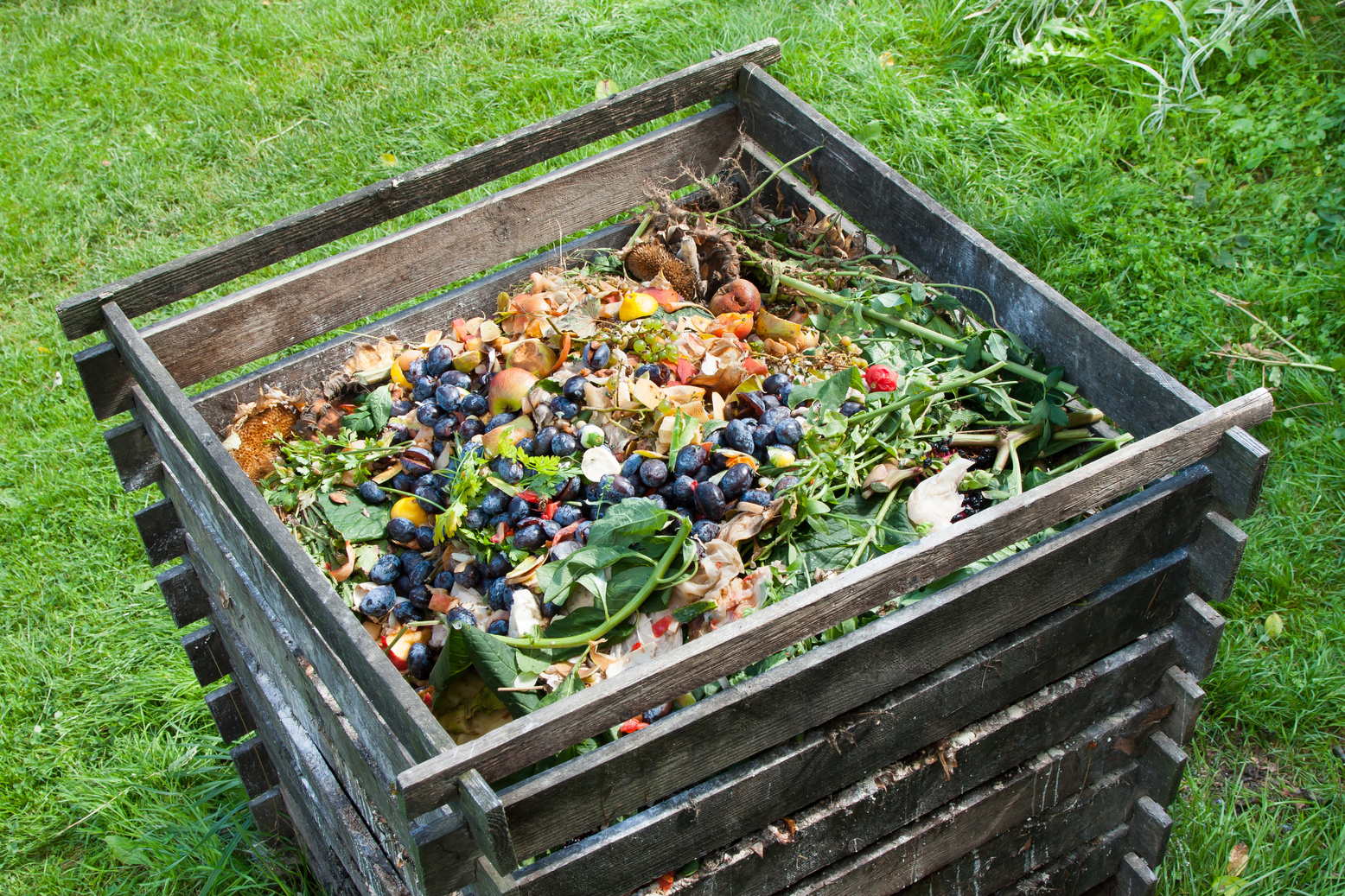
Community composting can also stimulate local job creation. Managing the composting process, coordinating waste collection, and distributing the finished compost can all provide employment opportunities for local residents.
From an environmental perspective, community composting helps to reduce the amount of waste going to landfill, thereby reducing greenhouse gas emissions. It also contributes to soil health, promoting biodiversity and helping to combat soil degradation and erosion.
Community composting offers a multitude of benefits. It is a powerful tool for education, promoting food security, reducing waste disposal costs, fostering social connection, supporting local jobs, and contributing to environmental sustainability. It exemplifies the concept of a circular economy, demonstrating how waste can be transformed into a valuable resource.
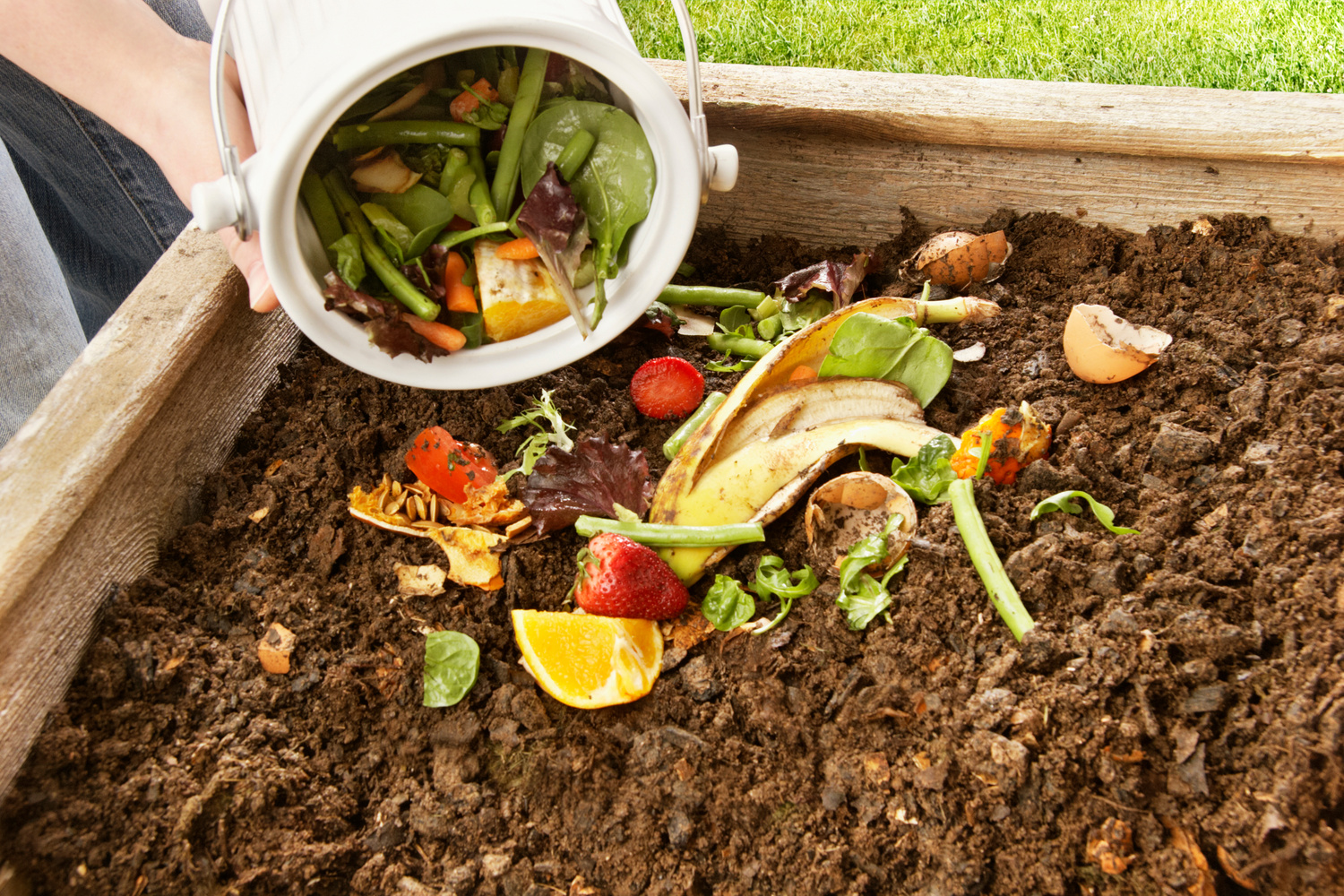
Harbour Pool
Harbour pools were a significant part of Sydney's heritage, culture and lifestyle - although most of these were closed in the middle of last century as water quality decreased. They are now making a comeback as they offer a myriad of benefits, from promoting equality to enhancing connections with nature, boosting tourism, and providing a refuge from urban heat.
Harbour pools promote equality through access and usage. They are usually free or low-cost, making them accessible to people from all walks of life. This inclusivity fosters social cohesion, as people from different backgrounds can enjoy the same facilities. Moreover, if purposefully designed they can be equipped with disability-friendly features, ensuring that everyone can enjoy the water regardless of physical ability.
These pools also enhance a connection to nature for city dwellers. Harbour pools in a bustling city like Sydney offer a tranquil oasis where people can immerse themselves in the natural environment. The pools are filled with seawater and contain a surprising amount of life, especially as the health of the harbour improves.
Harbour pools can play a role in boosting tourism and attracting visitors from around the world. With their stunning oceanic backdrop, the pools are a favourite spot for swimming and photography, making them a must-visit destination for tourists - leveraging both the beauty of the harbour and our mild climate.
The convenience of swimming facilities in close proximity to residents is another key characteristic of harbour pools. They offer a safe and controlled environment for swimming, making them a preferred choice for families, especially those with young children. Furthermore, they provide a convenient option for residents to engage in regular physical activity, contributing to the overall health and well-being of the community.
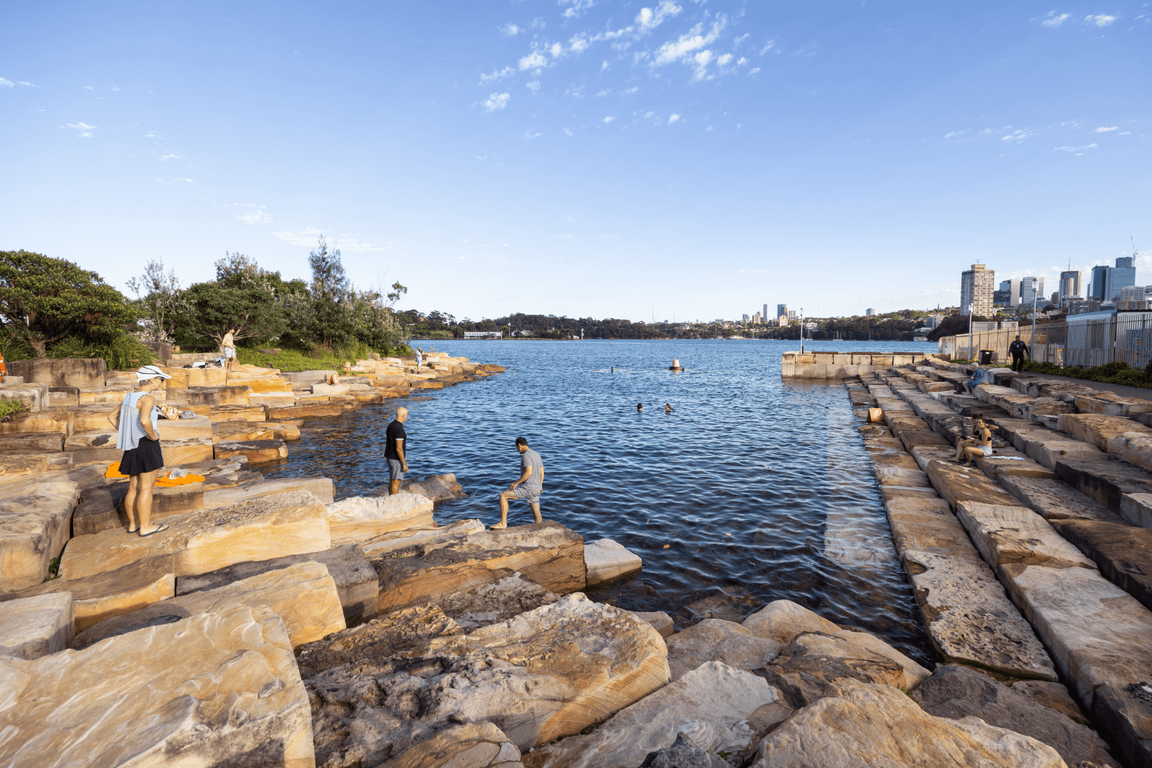
Harbour pools also function as a refuge from the city's urban heat. As climate change intensifies, cities like Sydney are experiencing increasingly hotter summers. Harbour pools, with their cool seawater, offer a much-needed respite from the sweltering heat.
They can also serve as a catalyst for improvements in other aspects of water quality. This is both direct due to inbuilt cleaning and filtration systems, and indirectly through the social/political pressure they place on regulatory bodies to prevent sewage outflows into the harbour. This, in turn, can positively affect local marine life, ecosystems and human health.
Beyond these points, harbour pools may also bring other potential benefits. Economically, they can contribute to local businesses by attracting tourists and locals. They synergize well with cafes and community centres - leading to increased attendance and amenities for both improvements. Environmentally, they can raise awareness about marine conservation, as people become more connected to the ocean through their interactions with the pools. Socially, they can serve as community hubs, fostering social interactions and community engagement.
Harbour pools hold the potential to become an integral part of Sydney's culture and lifestyle. They promote equality, enhance connections with nature, boost tourism, provide convenience, and offer a refuge from urban heat. Moreover, they can lead to improvements in water quality and offer other potential benefits to the environment, society, and the economy.
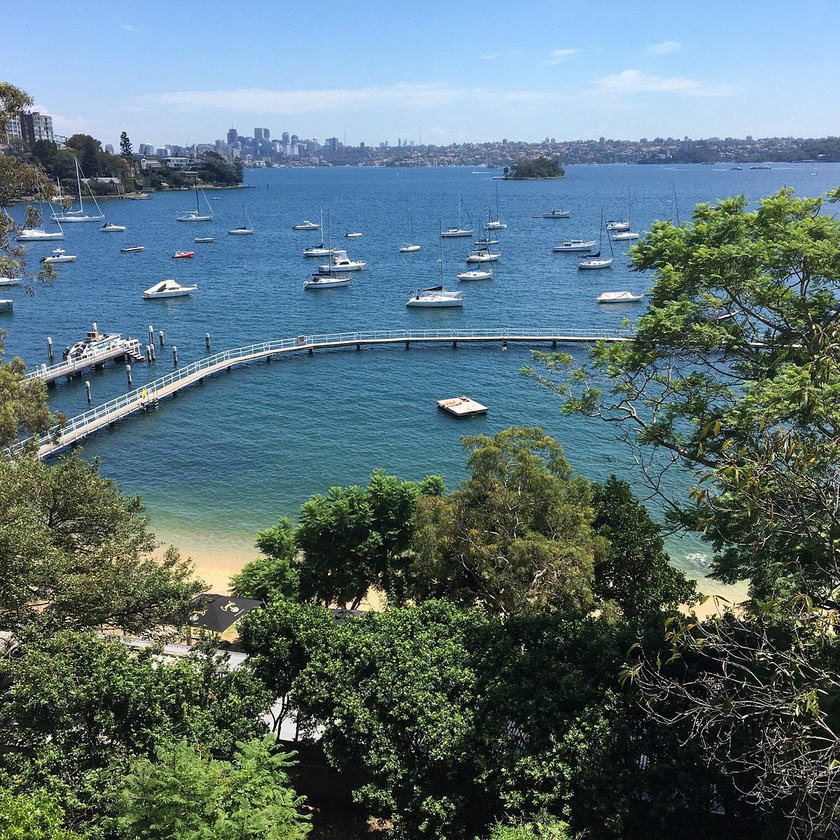
Event Venues
An event space for weddings, parties and community events can contribute to the financial sustainability of an urban park in a direct manner through event fees and retaining a percentage of sales of affiliated businesses within the venue.
An event space can serve as a platform to promote and encourage conservation efforts. The park can raise awareness about sustainability and environmental issues by hosting eco-focused events and educational programs, fostering a sense of responsibility among visitors. Additionally, the event space can be designed to incorporate green infrastructure elements such as rain gardens, bioswales, or green roofs, which can help manage stormwater runoff, improve water quality, and promote biodiversity. The park can also utilize the event space to showcase and promote local flora and fauna, further enhancing the ecological health of the park.
In terms of public health, the event space allows the park to offer activities that promote active lifestyles, like yoga classes and sporting events.

Managed Retreat
Managed retreat is a strategic approach to address the impacts of climate change, particularly sea-level rise and coastal erosion. This strategy involves the deliberate relocation of people, buildings, and infrastructure from vulnerable coastal areas to safer, inland locations. The city of Sydney, with its expansive coastline, is particularly susceptible to these climate change impacts, making the managed retreat strategy a vital consideration especially on those areas of the city built on reclaimed land.
One of the main advantages of managed retreat is that it is a proactive measure. Instead of waiting for disaster to strike, cities can plan and execute a controlled retreat, reducing the risk of damage and loss of life. This approach can also have economic benefits, as it can be cheaper to relocate people and infrastructure than to continuously repair and rebuild after each storm or flood event. This approach also allows for a more orderly, cost-effective, and socially equitable relocation process, minimising disruption and distress for affected communities.
The concept of 'no regret' initial responses is central to the managed retreat strategy. This approach involves implementing measures that will provide immediate benefits, regardless of the extent of future climate change impacts. For Sydney, these might include improving nature-based coastal defences, upgrading stormwater infrastructure, and enhancing emergency response capabilities. These measures will enhance the city's resilience, even if the impacts of climate change are less severe than anticipated. If combined with other Blue Green Infrastructure they can provide a range of additional co-benefits while preparing neighbourhoods for an orderly retreat from rising sea levels and increasing flooding.
Replacing retreated housing with robust earth and clay defences can provide a physical barrier against sea-level rise and coastal erosion. These natural defences, such as dunes and wetlands, can also provide valuable habitats for wildlife, enhancing biodiversity and contributing to the city's ecological health.
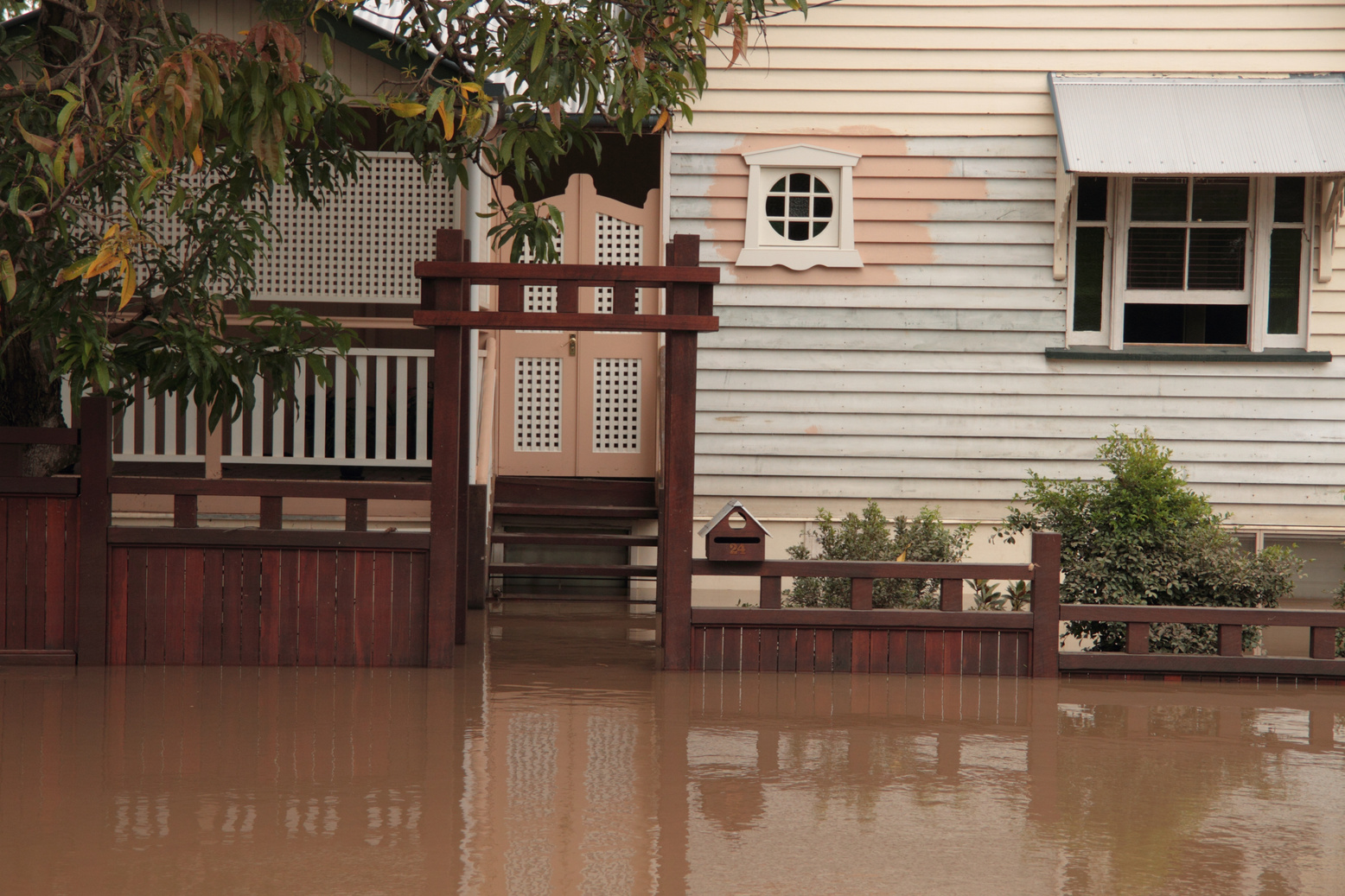
The retreat zone can be transformed into a productive space for environmental conservation and active transportation. This could include the creation of green spaces, parks, and cycling or walking paths. These amenities would enhance the quality of life for Sydney's residents and contribute to the city's sustainability goals.
Managed retreat could also mitigate repercussions on the insurance sector who are placed in an impossible bind by rising sea levels and increased flooding. If they constantly fund the rebuilding in the same location, they are failing their fiduciary duty to their shareholders; however, if they refuse to insure these at-risk properties, they are breaking the social contract which underpins their industry. By reducing the risk of damage and loss, it could lower insurance premiums for homeowners and businesses. This could make insurance more affordable and accessible, which could, in turn, reduce the financial burden on governments and aid agencies after disasters.
Resolving this conflict for the Insurance Industry presents a viable source of funding for managed retreat, especially in areas of high property value.
Ensuring the safety of the general populace is a key priority in the managed retreat strategy. This involves careful planning and communication to ensure residents are well-informed about the risks and the relocation process. It also involves supporting affected communities, including assistance with relocation and access to affordable housing in safer locations.

Club Houses
Clubhouses promote social interaction and community bonding. By bringing people together around niche shared interests or activities, clubhouses help build social networks and relationships. This can foster a stronger sense of community.
They provide a central gathering place by having a dedicated space for socializing and events gives community members a place to regularly connect beyond their homes. This facilitates regular face-to-face interactions.
If managed in a socially inclusive way clubhouses support diverse programming. From clubs, classes and workshops to social events, clubhouses can offer programming that appeals to a wide range of interests, ages and backgrounds. This encourages participation and inclusion.
Usage fees and events generate revenue. Space rental, membership dues, program fees and sales at events can directly contribute to the financial sustainability of the clubhouse as a business.
- Studies show social capital has economic value. Close-knit communities with high levels of trust and collaboration between residents have been linked to higher local economic indices like job growth. Investing in community infrastructure like a clubhouse strengthens social capital over time.
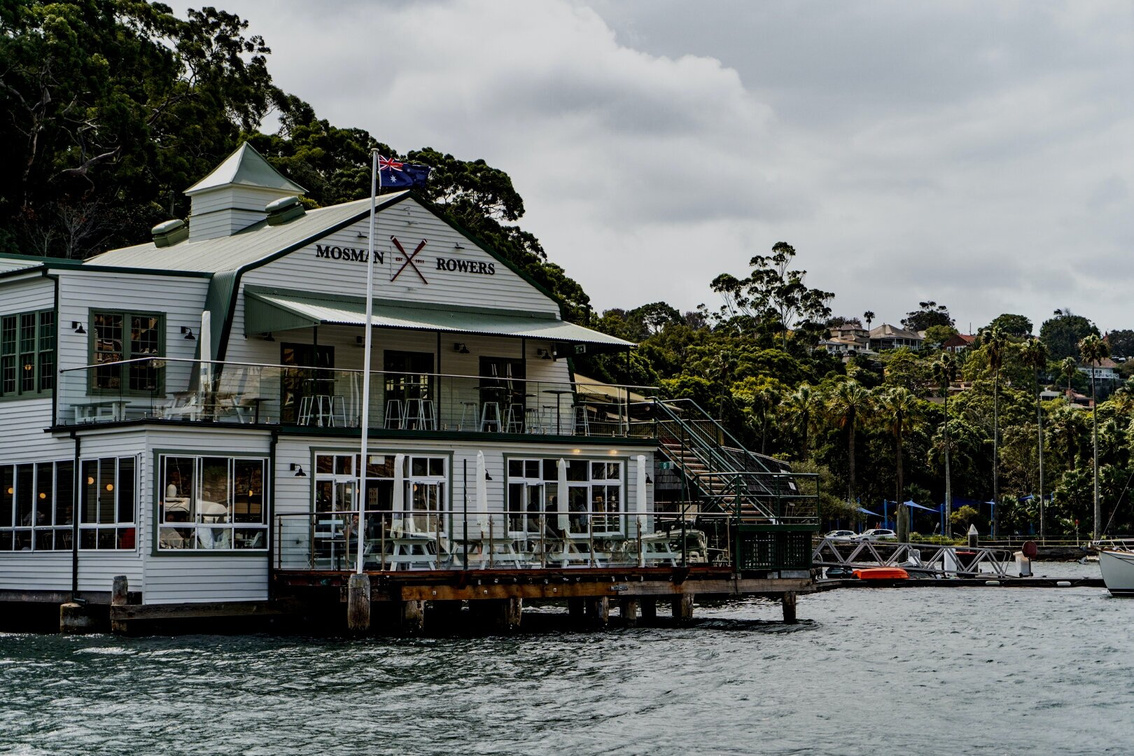
Salt Marsh
Although less well known than mangroves and wetlands. salt marshes play a pivotal role in enhancing harbourside urban ecology and sustainability, particularly in the context of climate change mitigation. Tragically the salt marshes of Sydney Harbour were designated as wasteland in the early urban planning systems, being seen as having no viable economic benefit. As a consequence of this classification the majority of these vital wetlands were systematically dredged, reclaimed or used as refuge pits. This left a toxic legacy in place of what were some of the most vital ecosystems for the long term health of the harbour.
These unique ecosystems, characterized by a combination of salt-tolerant plants and tidal waters, possess remarkable capabilities that make them a transformative force in maintaining environmental equilibrium. They act as natural carbon sinks, absorbing vast amounts of atmospheric carbon dioxide. The dense vegetation found in salt marshes, including grasses and reeds, efficiently capture CO2 from the air and store it in their biomass and sediments.
Furthermore, salt marshes serve as a vital buffer zone against the impacts of climate change. With their ability to absorb excess rainfall and stormwater, salt marshes help prevent flooding and reduce the strain on urban drainage systems. By acting as a natural sponge.
Salt marshes also contribute to urban sustainability by supporting biodiversity. These ecosystems host a diverse array of plant and animal species, acting as a haven for migratory birds, fish, and invertebrates. This rich biodiversity not only enhances the ecological health of urban areas but if combined with boardwalks and foreshore paths promotes recreational activities, educational opportunities, and cultural appreciation, fostering a sense of connection between urban dwellers and the natural world.
Lastly, salt marshes, like mangroves possess remarkable water purification capabilities. As tidal waters flow through the marsh, the vegetation and sediments filter out pollutants and excess nutrients, improving water quality and reducing the impact of urban runoff on downstream ecosystems.
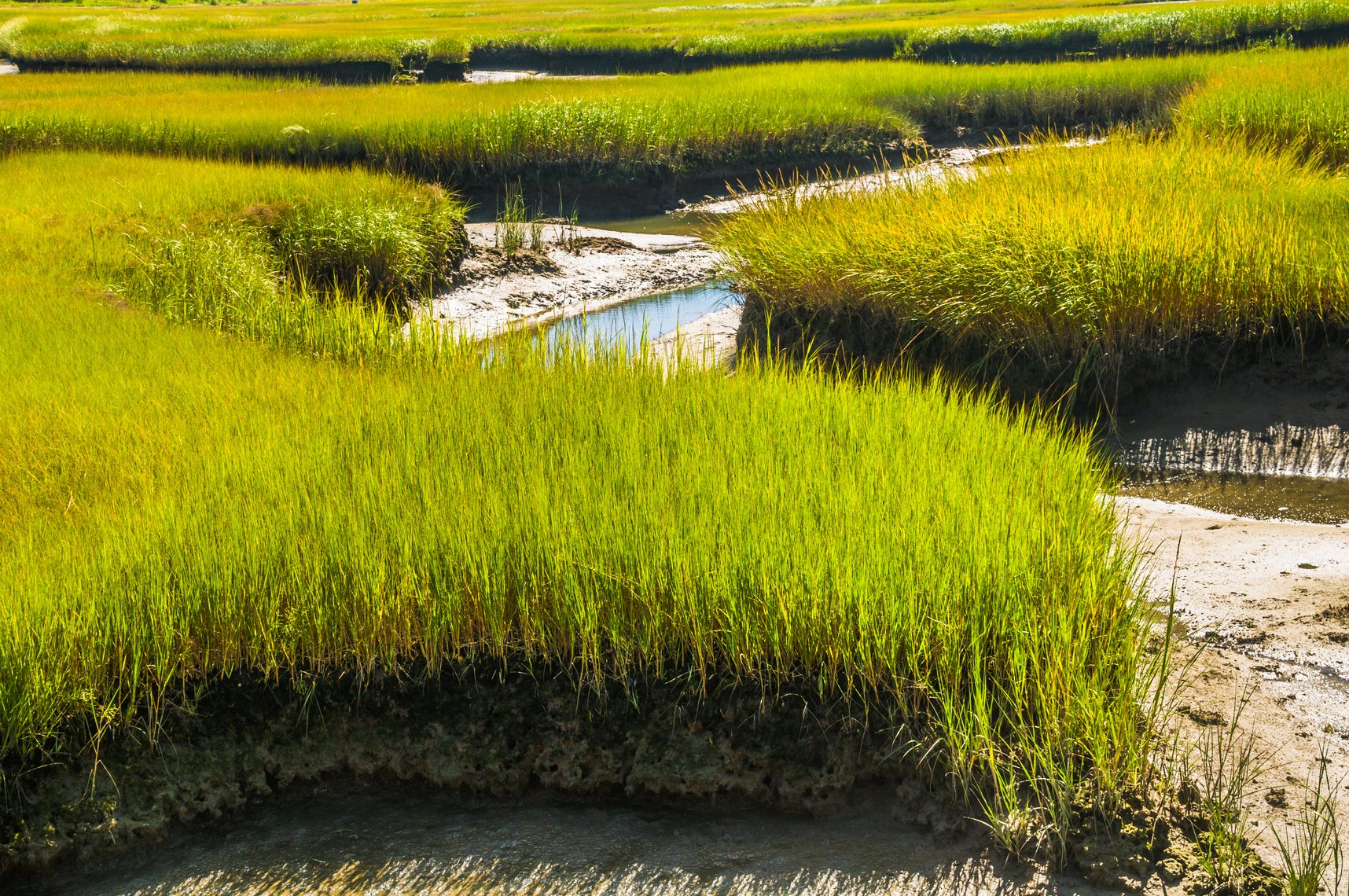
Bio Swales
Placeholder
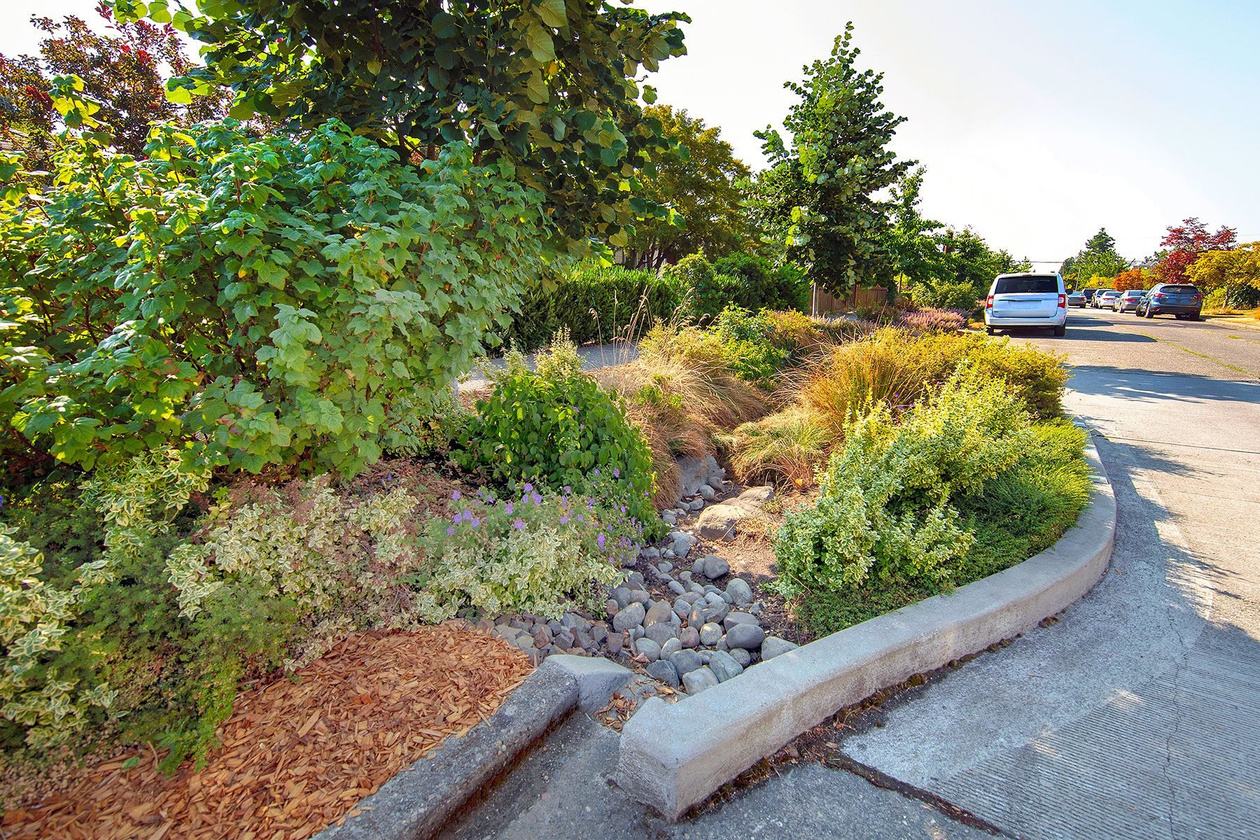
Living Seawalls
Placeholder
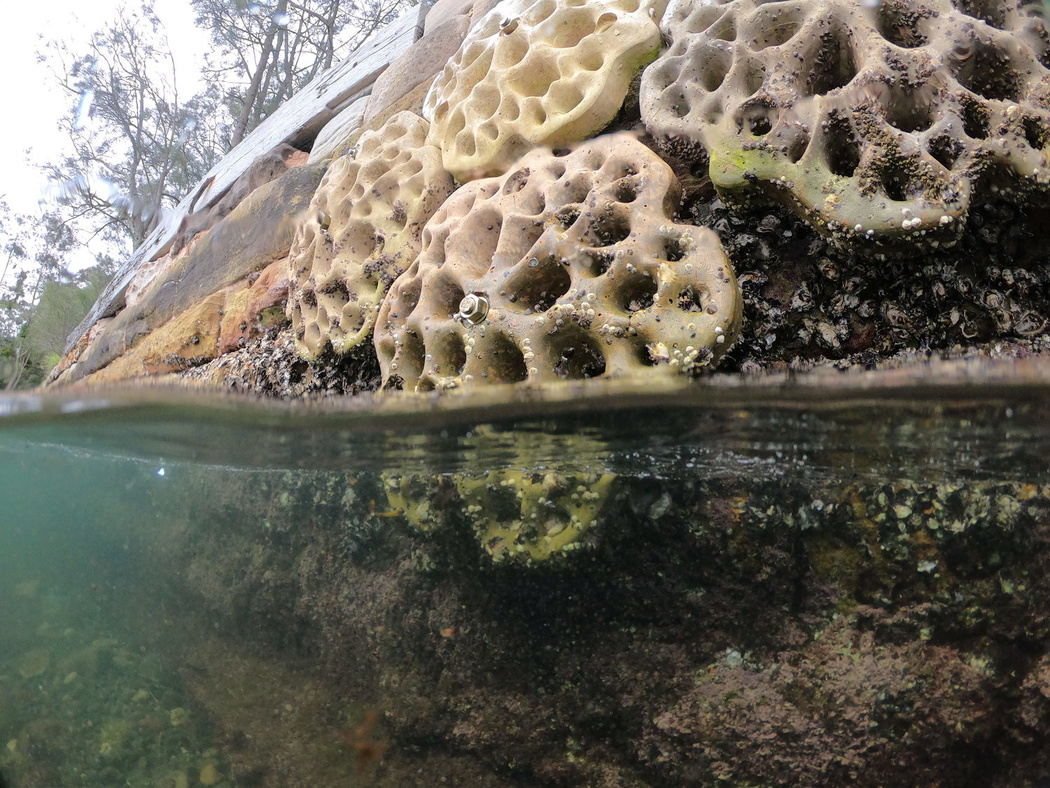
Native Landscape Restoration
Placeholder
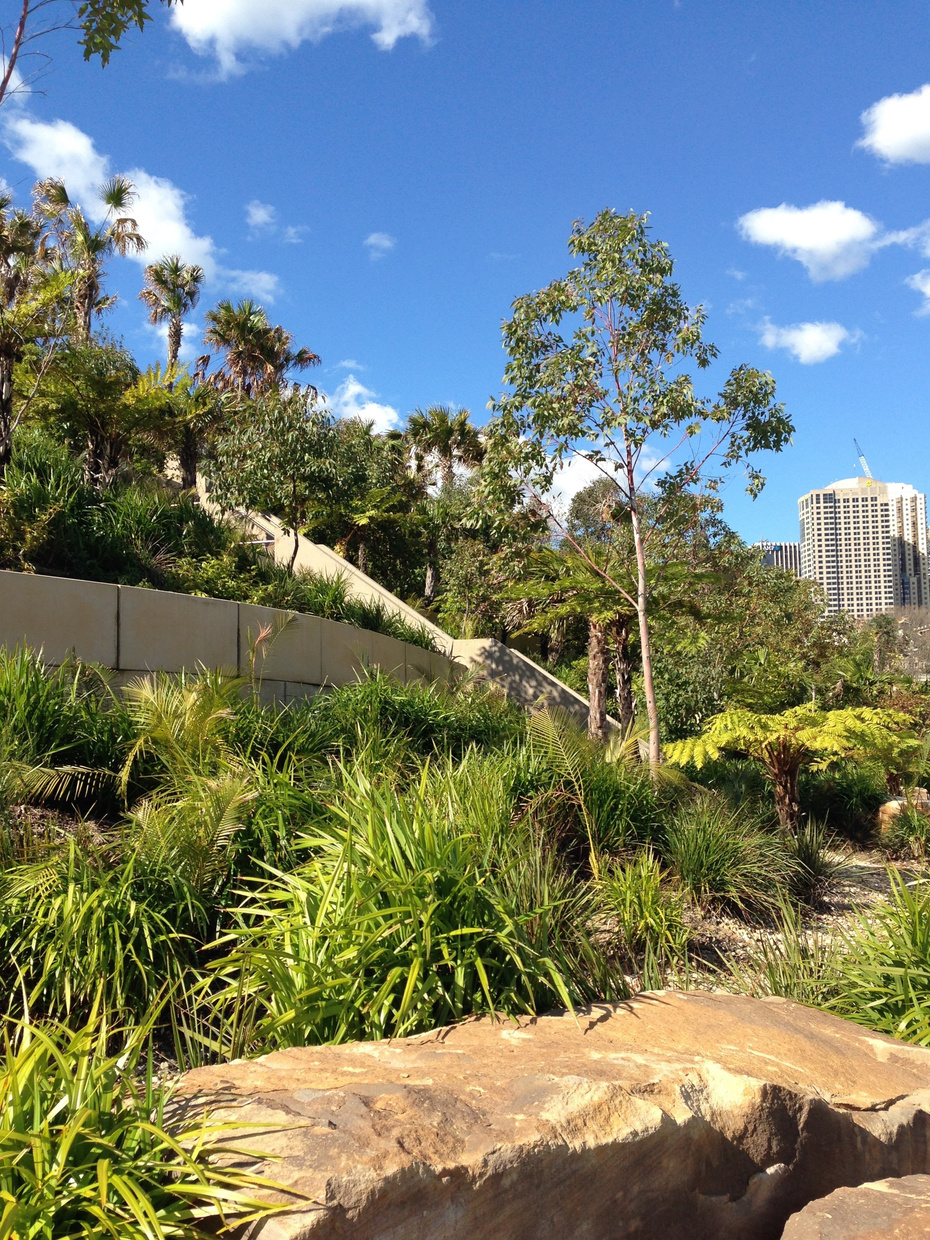
Floating Wetlands
Placeholder
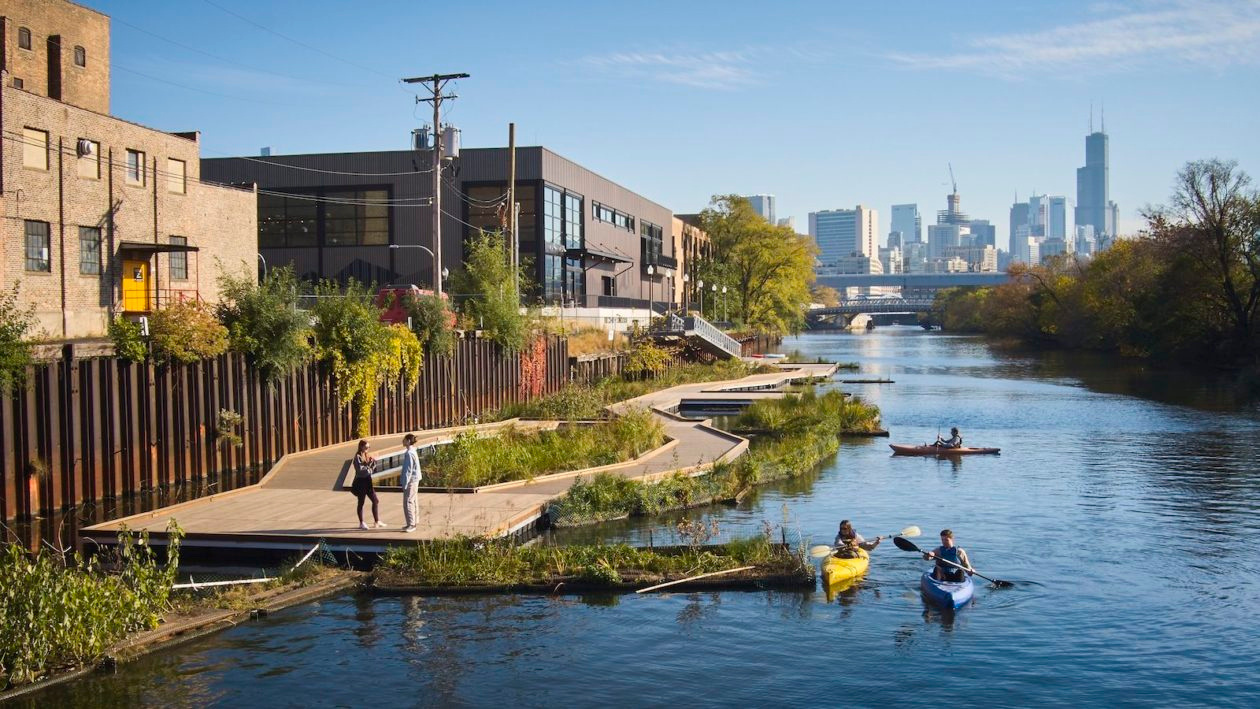
Community Gardens
Community gardens can serve as a low cost fulcrum for urban parklands, enhancing their utility, aesthetic appeal, and economic viability. They provide a green oases within concrete jungles, providing a myriad of benefits ranging from food production to community cohesion, biodiversity conservation to environmental education.
Economically, community gardens augment the feasibility of urban parklands. They act as a magnet for visitors, increasing footfall and potentially boosting local businesses. They also provide an avenue for cost-effective food production, reducing the financial burden on low-income families. The potential for job creation within the gardening sector is another economic boon, as it fosters skill development and provides income opportunities especially among migrant, differently abled or other economically disadvantaged communities.
Community gardens also contribute significantly to parkland resiliency. They promote biodiversity, creating habitats for a variety of flora and fauna, which enhances the ecological stability of the area. They also play a role in climate change mitigation by absorbing carbon dioxide and releasing oxygen, thus helping to regulate urban heat.
Moreover, these gardens, if designed in a purposeful manner, can act as stormwater management systems, reducing the risk of flooding and soil erosion. They also enhance soil health by recycling organic waste into compost, creating a closed-loop system that reduces waste and enriches the soil. They are dynamic, living systems that boost economic feasibility, foster community engagement, and contribute to environmental sustainability. They are integral components of urban resilience, providing tangible solutions to some of the most pressing challenges of our time.
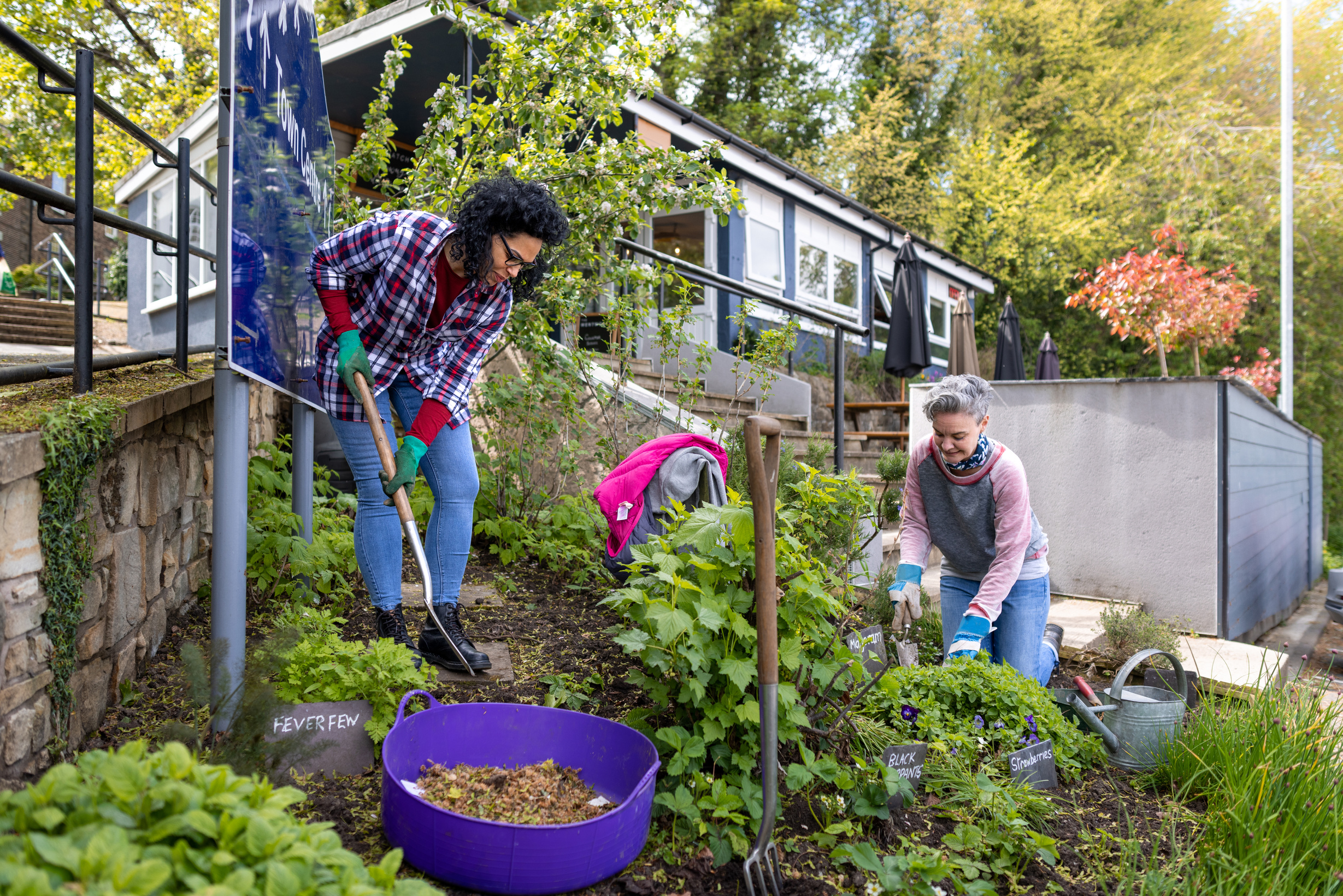
Accessibility and disability access
Accessibility and disability access are pivotal in the enhancement of urban parks, acting as catalysts for increasing social, economic, and environmental benefits to society. Accessibility fosters inclusivity, ensuring that individuals, regardless of their physical abilities, can enjoy the public spaces. It promotes social cohesion by providing a common platform for interaction and engagement. Parks with disability access become social hubs, encouraging community participation and fostering a sense of belonging among all residents. This is especially relevant for Australian cities where an increasing population of older residents are choosing the ‘age in place’. Accessible parkland provides both seniors and the young with a connection and exercise, both key drivers of wellness, and in turn significant saves to the health system.
When urban parks are designed with accessibility in mind, they become welcoming and inviting spaces for people with disabilities. This inclusivity allows individuals with mobility impairments, visual or hearing impairments, or other disabilities to engage with nature and experience the benefits of being in a natural setting. By providing accessible pathways, ramps, and facilities, these parks enable people with disabilities to explore and interact with the biodiversity present in these urban ecosystems.
Moreover, disability access in urban parks promotes a greater understanding and appreciation for biodiversity among all park visitors. When individuals with disabilities are given the opportunity to engage with nature, they can contribute unique perspectives and insights into the importance of biodiversity conservation. This exchange of knowledge and experiences fosters a deeper connection between people and the natural world, leading to increased support and efforts towards biodiversity preservation.
Accessibility and disability access are not mere add-ons, but integral elements in the design of urban parks. They are instrumental in creating socially inclusive, economically vibrant, and environmentally sustainable urban spaces. Their role in enhancing urban parks is not just about providing access, but about creating a sense of belonging, driving economic growth, and promoting environmental stewardship.

Nest Boxes
Nest boxes, anthropogenic replicas of natural tree hollows, play a pivotal role in fostering urban sustainability in Australia, particularly in biodiversity preservation. They serve as solutions to the habitat crisis induced by urbanisation, providing sanctuaries for of fauna, notably hollow-dependent species like possums, parrots and sugar gliders.
These man-made structures mimic natural tree hollows, providing an alternative habitat for hollow-dependent fauna. They serve as invaluable lifelines, mitigating the habitat loss and promoting the survival and propagation of these species, fostering biodiversity and keystone species health.
Moreover, nest boxes contribute to urban sustainability by facilitating species co-existence in urban environments. They allow for a more efficient use of limited urban space, accommodating multiple species within a single tree or structure. This cohabitation promotes species diversity and contributes to the overall health of the urban ecosystem.
Furthermore, nest boxes also serve as effective tools for environmental education and citizen science. They provide urban residents with opportunities to engage with local wildlife, fostering awareness and appreciation for biodiversity. This engagement can catalyse community-driven conservation efforts, enhancing the overall sustainability of urban environments..

Naturalised bioretention Basins
Naturalized bioretention basins are stormwater management systems designed to mimic the natural processes of water filtration and infiltration. They are constructed with a combination of engineered and natural materials to capture, treat, and infiltrate stormwater runoff. These basins typically consist of a depression or shallow basin filled with a mix of organic and inorganic materials such as soil, compost, and gravel. Native vegetation is planted in the basin to enhance water filtration and provide aesthetic benefits.
The naturalized design of these basins allows for the treatment of stormwater through various processes such as filtration, adsorption, and biological uptake. As stormwater flows into the basin, it is first filtered through the vegetation and organic materials, which remove pollutants and sediments. The water then percolates through the soil and gravel layers, where further filtration and nutrient removal occur. This process helps to recharge groundwater and reduce the volume and velocity of stormwater runoff, thereby minimizing the risk of flooding and erosion.
Naturalized bioretention basins are often used in urban and suburban areas to manage stormwater runoff from impervious surfaces such as parking lots, roads, and rooftops. They provide multiple environmental benefits, including improved water quality, increased groundwater recharge, enhanced biodiversity, and aesthetic improvements to the landscape.
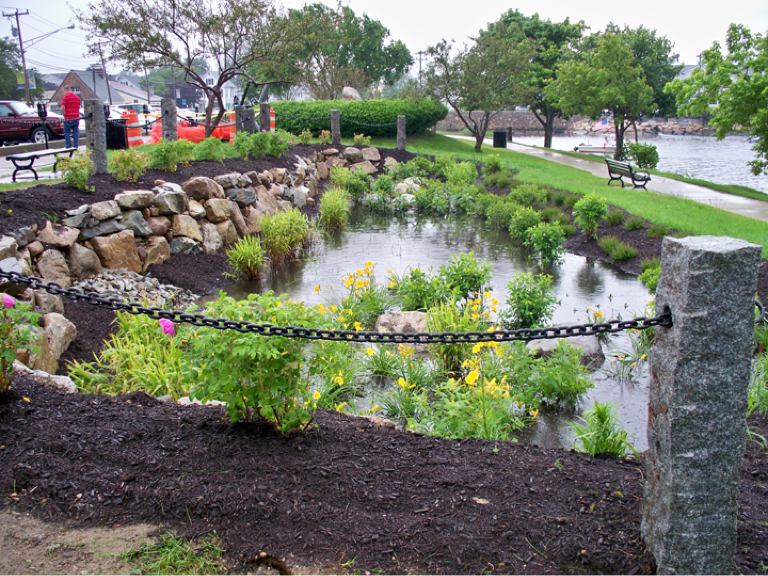
Lighting and Safety
Placeholder
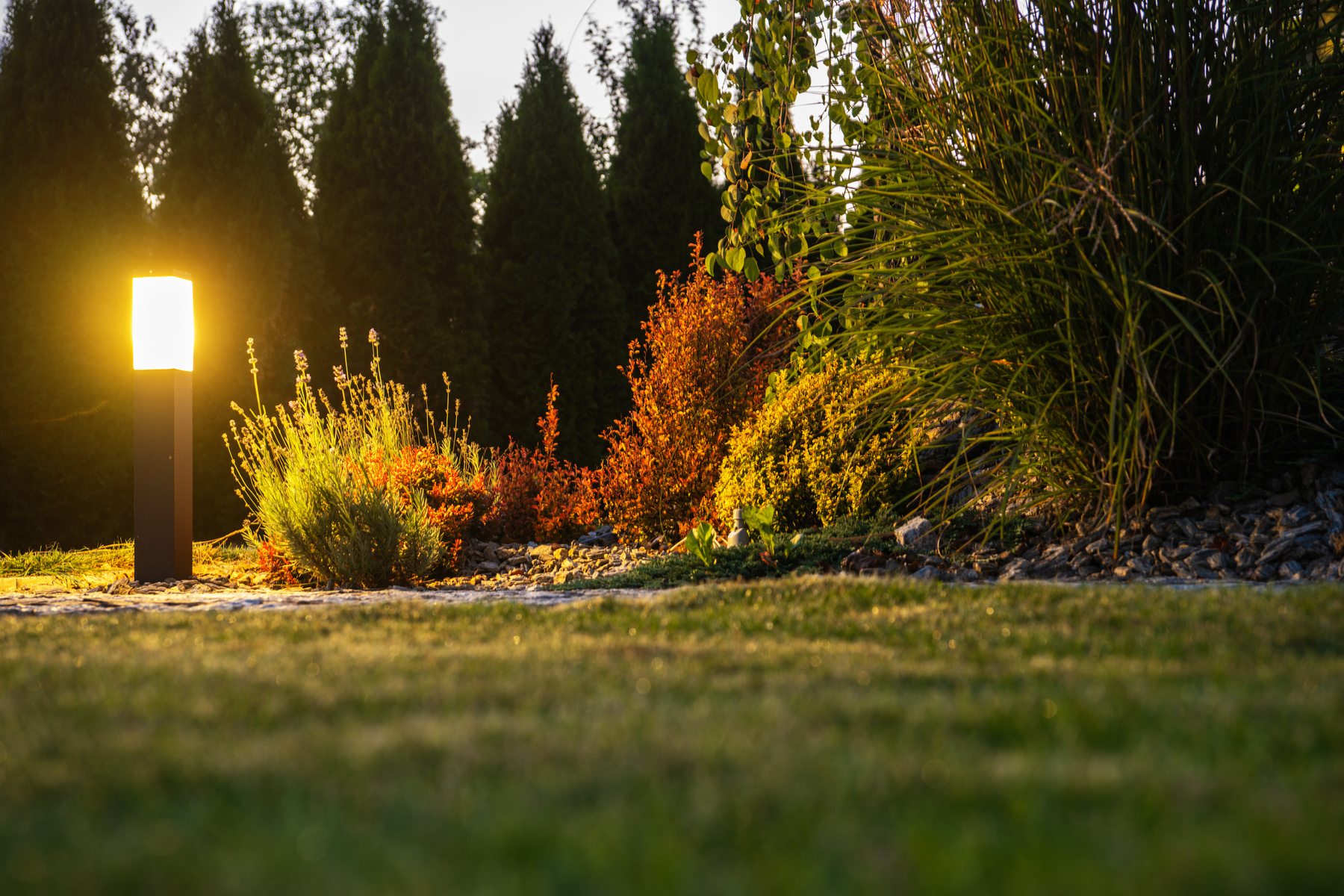
Heritage Activation
Heritage Activation and Interpretation seek to revitalise and reinvigorate urban spaces by harnessing the cultural, historical, and aesthetic values embedded in them. This approach can have profound implications and impacts on the cityscape and community of Sydney, given its rich and diverse heritage.
Frequently activated heritage is the best strategy for its perseveration, with these sites being maintained and relevant to society. This has a range of benefits, especially compared to “heritage under glass” approaches, which too often result in a slow demolition by neglect.
Activated heritage sites can contribute significantly to ecological and environmental sustainability. Preserving and reusing existing structures reduces the need for new construction, thereby saving resources and reducing waste. Furthermore, many old buildings were designed with passive cooling and heating systems, making them more energy-efficient than many modern buildings. By preserving these structures, we can reduce energy consumption and carbon emissions. The lowest carbon building is the one which has already been built.
Activation and Interpretation of existing heritage buildings can also enhance public health and wellness. Heritage sites provide spaces for social interaction, physical activity, and relaxation, contributing to mental and physical health. They are especially useful as community spaces, like makers spaces, community workshops, music studios and other artistic ventures which can adapt to large and complex spaces. Heritage can enhance social cohesion and mental well-being by promoting a sense of place and identity.

Sydney is defined by its heritage sites with unique architectural and aesthetic qualities that contribute to the attractiveness and beauty of the cityscape. By preserving and enhancing these qualities, further heritage activation has a compounding effect improving the city's visual appeal, attracting tourists and boosting the local economy.
Heritage sites often embody traditional knowledge and practices that can contribute to climate adaptation and mitigation. For instance, traditional building techniques often incorporate natural materials and passive design principles that can enhance climate resiliency. These traditional building materials and the skills needed to maintain historic buildings made with them are suddenly relevant as Sydney begins to develop a new sandstone aesthetic. Moreover, by fostering a sense of identity and belonging, heritage can enhance social resiliency, helping communities to cope with and recover from various challenges. Communities with a strong sense of place and identity have been shown to be more resilient to natural disasters.
Finally as part of modern Australia’s long journey of Reconcillation maintaining a strong Connection to Country and interpreting Aboriginal Heritage is of immense significance, offering profound benefits to individuals and communities alike. This connection, deeply rooted in Aboriginal culture, fosters a sense of belonging, identity, and spiritual nourishment, which contributes to the overall well-being of individuals. It instils a sense of respect and reverence for the land, promoting sustainable practices and environmental stewardship. Furthermore, interpreting Aboriginal Heritage is crucial for cultural preservation.
Aboriginal Heritage Interpretation enables the transmission of traditional knowledge, customs, and stories across generations, thus maintaining the continuity and vitality of Aboriginal culture. A strong Connection to Country and interpretation of Aboriginal Heritage not only strengthens individual and community identities but also enhances cultural preservation, environmental sustainability, and social cohesion.
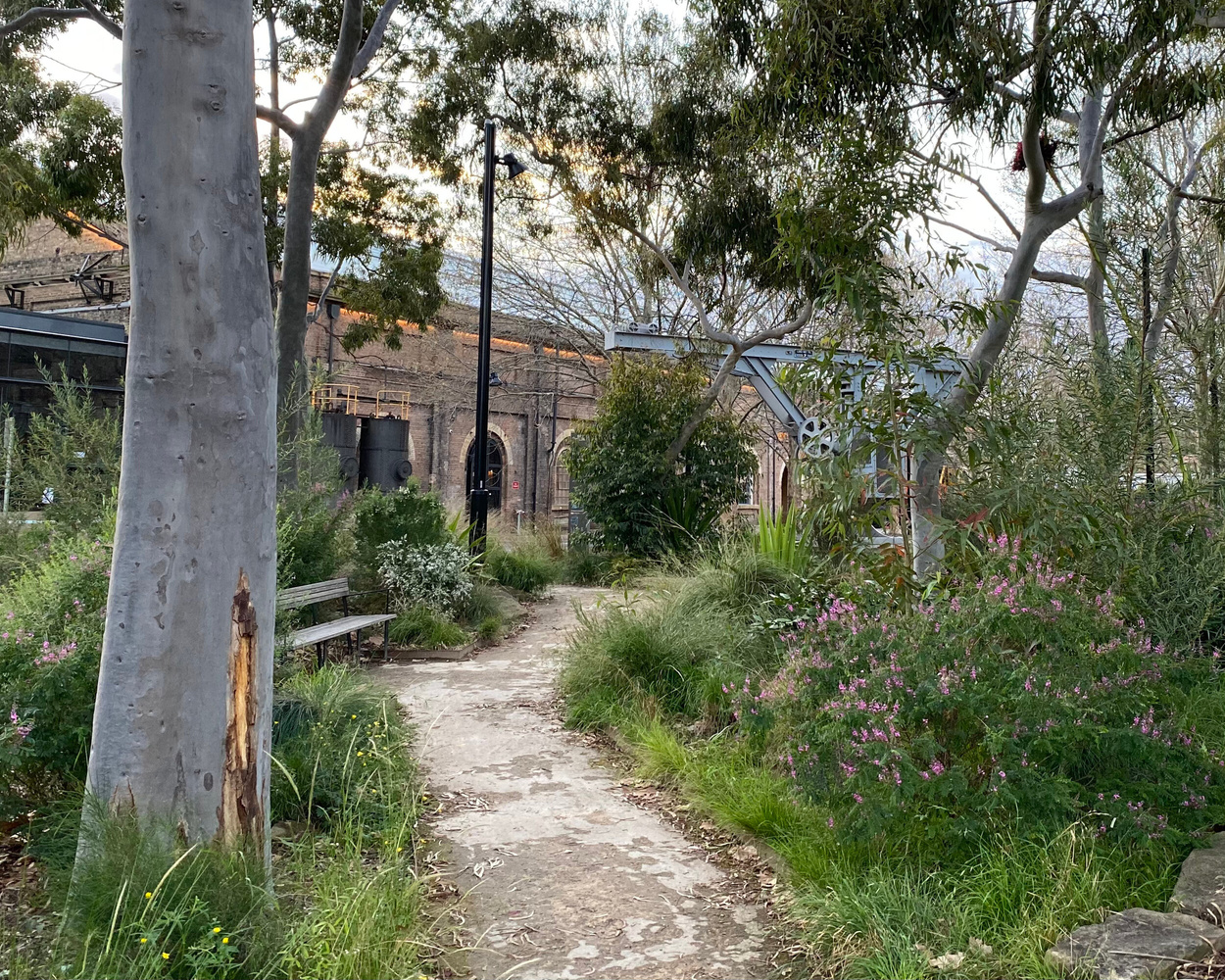
Environmental remediation

Sydney Harbour is in the process of long-term environmental remediation of the industrial pollution legacy of the last century. This is especially relevant in the harbour areas built on reclaimed land, which were often filled with contaminated buildings and industrial waste.
Environmental remediation services play a crucial role in enhancing human health and safety by reducing or eliminating contamination caused by hazardous pollutants in the soil, air, and water. These services not only protect the local population from health issues such as developmental disorders, asthma, nausea, cancer, and high morbidity but also demonstrate a commitment to the environment and the surrounding community. By minimizing land contamination, these services can significantly reduce the risk of illnesses and injuries among those who live adjacent to former industrial or military.
This is an important intermediary step for restoring many areas of Sydney’s Harbour, which are currently too contaminated to support a broad range of plant and animal life. Nature-based solutions to environmental decontamination and remediation have been successfully deployed in Sydney Olympic Park and now needs to be deployed around the whole harbour.
Lastly, environmental remediation can significantly increase the value of land or property. Clean and safe properties not only boost productivity and enable the production of more valuable goods and services, but also enhance the property's potential to generate profit over time. By conducting a thorough investigation and remediation of a property, professionals can uncover and address latent defects, thereby increasing buyer confidence in the state of the property.
Interpretive Signage
Interpretive signage plays an indispensable role in enriching the urban parkland experience, acting as an effective conduit for communicating the inherent natural, cultural, and historical values of these green spaces. The signs serve as eloquent storytellers, transforming a casual stroll in the park into an enlightening journey of discovery. They unveil the hidden narratives of the local flora and fauna, geological features, and historical landmarks, thereby fostering a profound appreciation for the park's intrinsic worth. The process of curating the content of these signs can in of itself become an important source of cultural knowledge discovery as techniques like narrative inquiry can be used to bring to light the rich cultural knowledge of the community.
Interpretive signage significantly bolsters the viability and perceived quality of urban parklands. By enhancing the depth of a visitor experience, these signs elevate the perceived value of the park, encouraging more frequent visits and longer stays. This increased footfall can translates into higher revenue, whether through parking fees, donations, or purchases from park-run facilities. Furthermore, a well-informed visitor is more likely to become an advocate for the park, potentially leading to increased funding and sponsorship opportunities. These signs can also perform double duty as wayfinding signage clearly conveying to guests key features of the park and directions to commercial and recreational features.
Culturally, they can facilitate the preservation and promotion of local heritage. By highlighting the cultural significance of certain features, they help to foster a sense of community pride and identity. They provide an accessible platform for sharing indigenous knowledge, local folklore, and historical events, contributing to a richer, more diverse cultural tapestry. Moreover, by fostering a deeper connection between the park visitors and the natural environment, interpretive signage can instigate a more responsible and sustainable behavior towards these precious urban oases.
Interpretive signage acts as a silent yet eloquent ambassador for urban parklands, enhancing visitor engagement, ensuring economic feasibility, and nurturing cultural richness. It is a testament to the adage that knowledge not only enlightens but also empowers and inspires.

Skate Park
Skateboarding has long been associated with rebellious youth culture, but in recent years, it has gained recognition as a legitimate sport and recreational activity. As cities around the world embrace this cultural shift, the incorporation of skate parks within urban parks has proven to be a wise and beneficial decision. Sydney, Australia, is no exception to this trend. By introducing a skate park within the confines of an urban park, Sydney can reap a multitude of advantages across various domains.
From a social perspective, a skate park provides an ideal platform for fostering community interaction. Skateboarding is not only a physical activity but also a social one, as skaters often gather to practice their skills and share their passion. It can create a space where individuals from diverse backgrounds can come together, breaking down social barriers and promoting a sense of community cohesion. This interaction can lead to the formation of friendships, mentorship opportunities, and the development of a supportive network for young skaters.
Furthermore, the physical health benefits of skateboarding cannot be overlooked. Skateboarding requires balance, coordination, and strength, making it an excellent form of exercise. By providing a skate park, Sydney can encourage active lifestyles and combat sedentary behaviour, especially among young people.
Economically, the inclusion of a skate park within an iconic foreshore park presents significant opportunities. Skateboarding has evolved into a global phenomenon, with a dedicated following and a thriving industry. A skate park with an icon of the city in the background will feature thousands of global videos seen around the world, creating a potential tourism hotspot.

Running Track
The establishment of a dedicated running path along the foreshore of Sydney Harbour would bring numerous advantages to the community, promoting a healthier lifestyle, fostering social interactions, and boosting the local economy.
Firstly, the dedicated running path would significantly impact the health of individuals in the community. Regular jogging and exercise have been proven to have numerous health benefits, including improved cardiovascular fitness, weight management, and reduced risk of chronic diseases such as heart disease and diabetes. Providing a safe and scenic running path would encourage more people to engage in physical activity, leading to improved overall health and well-being.
Secondly, the establishment of a dedicated running path would create opportunities for social interactions. Jogging is often seen as an individual activity, but with a designated path, it would attract like-minded individuals and fitness enthusiasts. This would create a sense of community and camaraderie among joggers, allowing them to connect, share experiences, and motivate each other. Moreover, the path could be used for organized running events and races, further fostering social interactions and a sense of community spirit.
Furthermore, the establishment of a running path along the foreshore would also attract locals to the area. Residents would have a convenient and enjoyable space to exercise, which could lead to increased property values in nearby neighbourhoods. Additionally, the path could become a popular destination for outdoor fitness classes, personal training sessions, and other fitness-related activities, attracting more people to the area and generating revenue for local businesses.
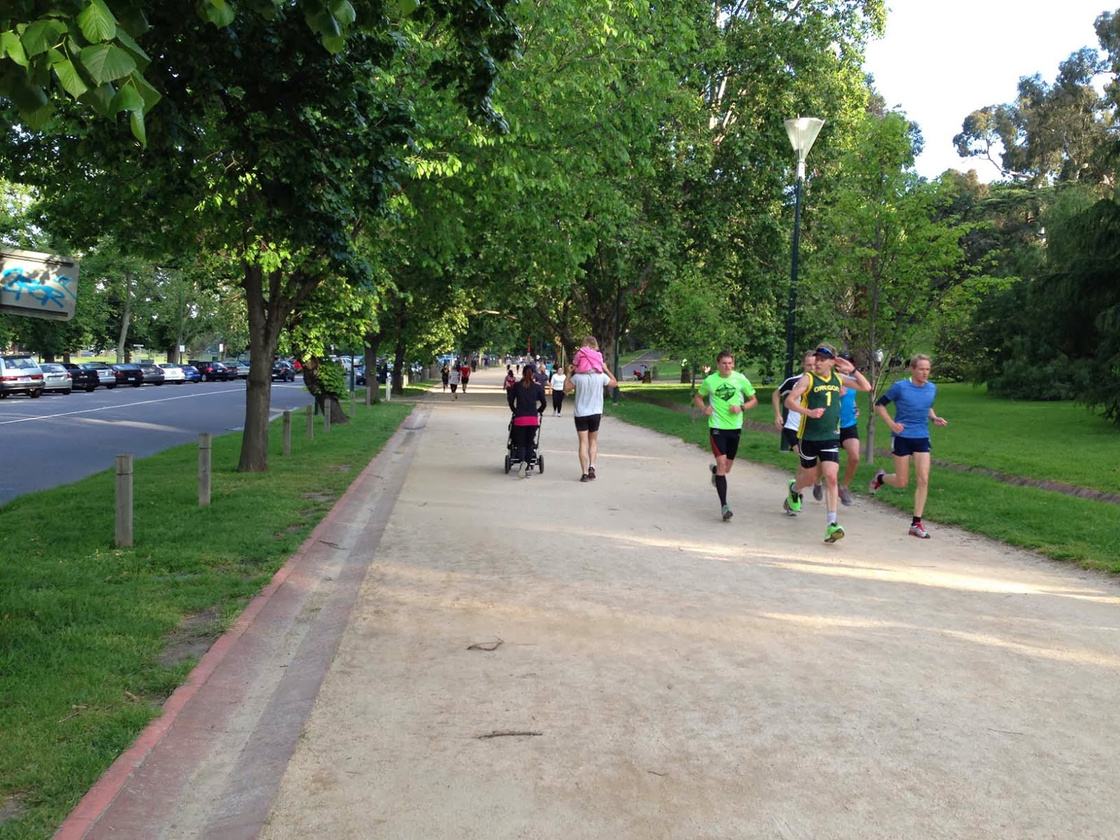
Stables and Horse Track
Incorporating an equestrian centre into the infrastructure of a sizable urban park can have several potential advantages, both in terms of environmental sustainability and social benefits for the local community. While it requires a large parkland, it has a large range of benefits.
Horse paths and stables can offer a unique recreational opportunity for local residents. Horseback riding is not only a form of physical exercise but also a way to connect with nature and animals, which can have positive effects on mental health. Furthermore, it can provide educational opportunities for children and adults alike, fostering respect for animals and the environment - an opportunity not often available to urban youth.
Horse stables can also be a hub for community activities, such as horse care and riding lessons, horse shows, and social events. They can create job opportunities, not only directly in the stables but also indirectly in related businesses such as feed and equipment suppliers, veterinarians, and horse trainers.
Moreover, the presence of horses can have therapeutic benefits. Equine-assisted therapy programs have been shown to improve physical, emotional, and social well-being in individuals with a variety of conditions, including autism, cerebral palsy, and post-traumatic stress disorder. Thus, a horse stable in an urban park could potentially host such programs, providing valuable services to the community.

Adjacent High Density
Adjacent High-Density residential development employing a Density on Green Amenity model is a sustainable approach to urban planning that aims to address the challenges of climate change and the housing crisis. This model emphasizes an urban form which places its of highest-density residential buildings adjacent to its highest-quality green spaces and amenities.
From an environmental perspective, the Density on Green Amenity model promotes preserving and creating green spaces, often capitalising on the economic uplift of the adjacent density to fund the parklands. This becomes more effective in high land value areas, especially those which have water views like much of harbourside Sydney.
The social implications of the Density on Green Amenity model are significant. Increasing the number of residents with access to green spaces and amenities enhances the quality of life for the most people at the lowest infrastructure cost. This strategy is even more effective when employed as part of a fine-grained mixed-use land-use strategy. The proximity of amenities such as schools, healthcare facilities, and community centres within these developments fosters a sense of community and facilitates social cohesion. Furthermore, the high-density nature of these developments promotes efficient land use, reducing urban sprawl and preserving valuable agricultural and natural areas.
Economically, the Density on Green Amenity model offers several advantages. Firstly, the integration of high-density residential buildings allows for highest optimal utilization of land, maximizing the number of housing units within a limited space and maximising the benefit of the parkland. This is particularly relevant in urban areas facing a housing crisis, as it helps alleviate the affordable housing shortage. Additionally, the inclusion of green spaces and amenities enhances property values, making these developments attractive for residents and investors alike. This creates a virtuous cycle with the attractiveness of the developments, which in turn increase its value and ability to attract funding for further improvements.
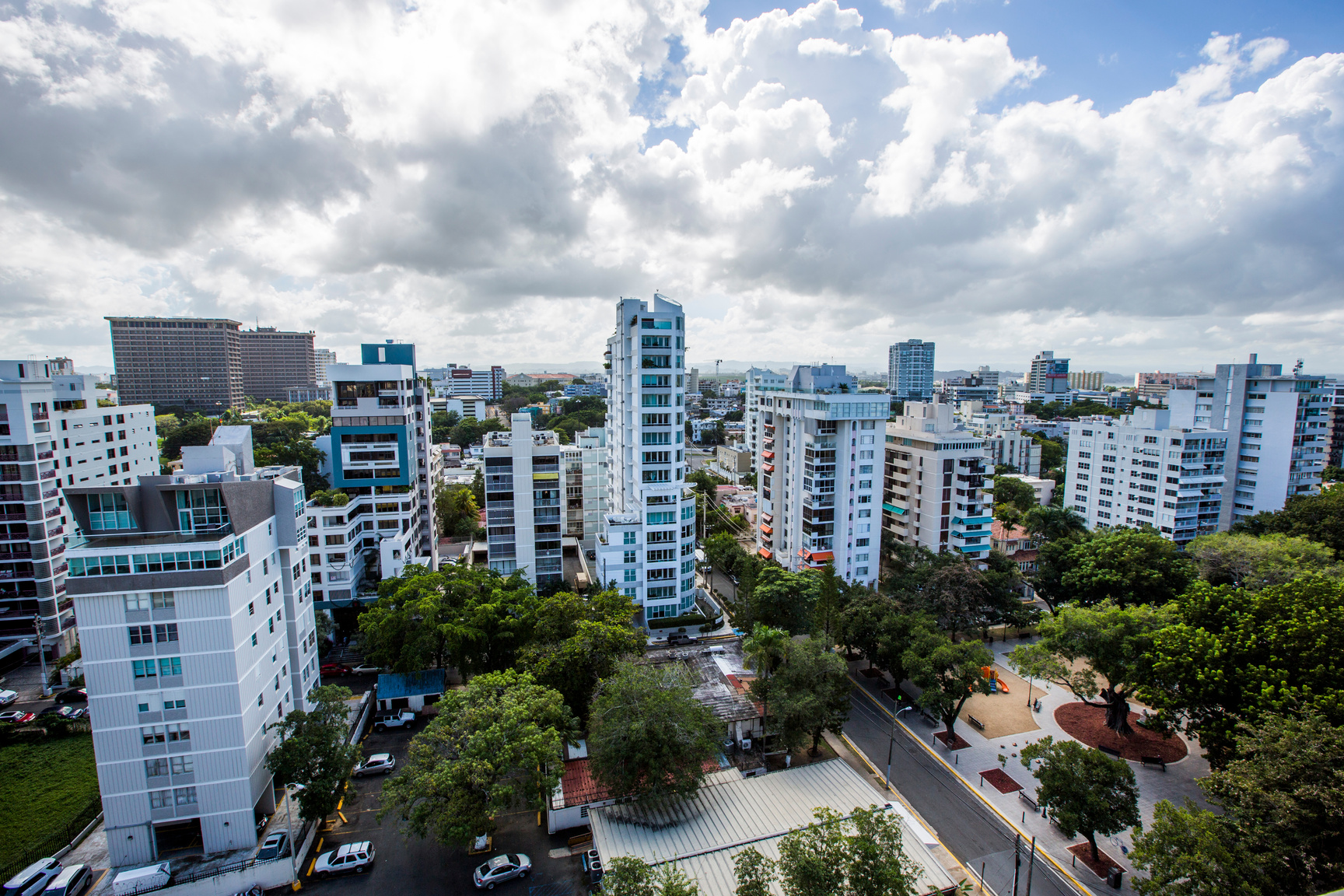
Connected Canopy
Connected urban canopy can play an indispensable role in enhancing foreshore urban parkland biodiversity. It serves as the ecological green grid that harmonizes and connects across the urban and natural environments. Within a foreshore park this can reflect connections within the park but also connections to adjacent streetscapes and other larger areas of urban green - creating ideally thick ribbons of green across the city.
A connected forest canopy serves as a bio-corridor, providing critical connectivity for flora and fauna across the urban landscape. This interlinking network of trees and vegetation facilitates the movement and dispersal of various species, thereby mitigating the effects of habitat fragmentation, a key threat to urban biodiversity. It allows for the exchange of genetic material between populations, enhancing species resilience and promoting biodiversity.
Secondly, the urban canopy plays a crucial role in creating microclimates within the urban landscape. The shade provided by the canopy mitigates the urban heat island effect, creating cooler conditions that are conducive to the survival of a wider range of species, including of course humans. Furthermore, the canopy intercepts rainfall, reducing stormwater runoff and facilitating groundwater recharge.
The importance of this connection has been recognized in the planning systems as Sydney’s Green Grid which notes that connected areas of canopy result in a multiplying impact. One lot of urban trees plus a second results in two effective amounts of ecological services benefits, but if these two are connected by canopy the sum is greater than the parts. One plus one can equal three when considering the impact of the green grid.
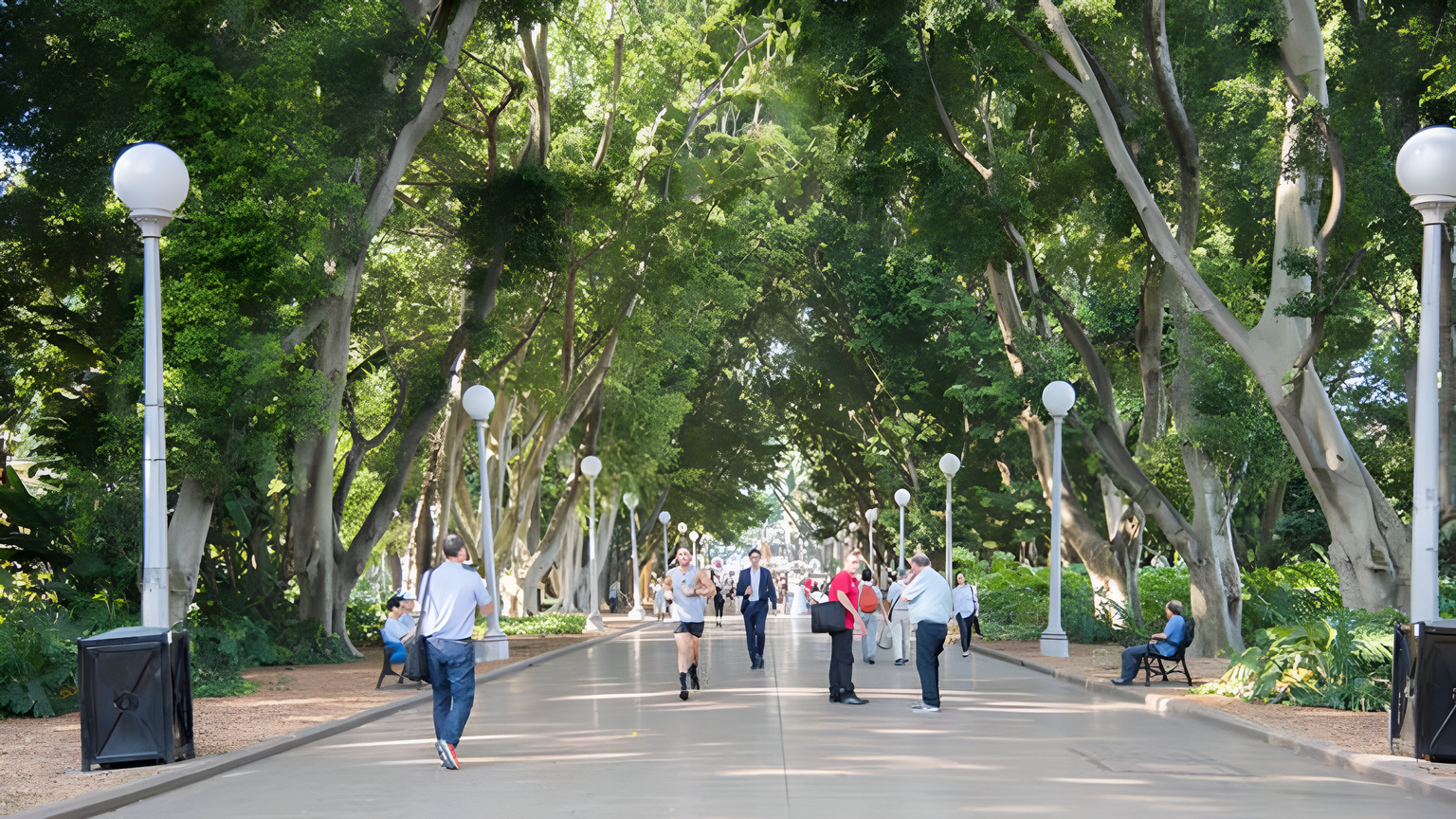
Adjacent Mixed Use
Placeholder

Botanical Gardens
The addition of a botanical gardens element to a park, while expensive, could play a significant role in enhancing the social, economic, and environmental resiliency of the surrounding urban areas. By focusing on becoming economically self-sufficient, these gardens can further contribute to their sustainability and long-term impact while assisting in the funding of less economic value creating elements of the foreshore park.
This can be achieved in a range of ways;
- Membership Programs: Offering annual memberships can generate a reliable source of income and encourage regular visits from locals.
- Donations and Grants: Botanical gardens can actively seek donations from individuals, corporations, and philanthropic organizations interested in supporting environmental conservation and education.
- Corporate Partnerships: Collaborating with local businesses and corporations can lead to sponsorships, funding, and joint marketing initiatives.
- Education and Outreach: Botanical gardens can provide educational programs and workshops for the local community, schools, and tourists.
- Recreation and Well-being: The gardens can offer recreational activities such as walking trails, picnic areas, and events. These spaces serve as a retreat from urban life, promoting mental and physical well-being, and providing a sense of community. The economic impact of these can potentially be untapped through social impact bonds.
- Tourism and Events: Botanical gardens attract tourists, both domestic and international, which can boost the local economy. By hosting events such as weddings, concerts, and festivals, the gardens can generate additional revenue through venue rentals and ticket sales.
- Conservation and Research: Botanical gardens can serve as centers for plant conservation, research, and seed banks. By preserving endangered species and conducting research on native plants, they contribute to the protection and restoration of local ecosystems. This can result in research funding especially when undertaken in partnership with a major university.

Bush Track
Placeholder
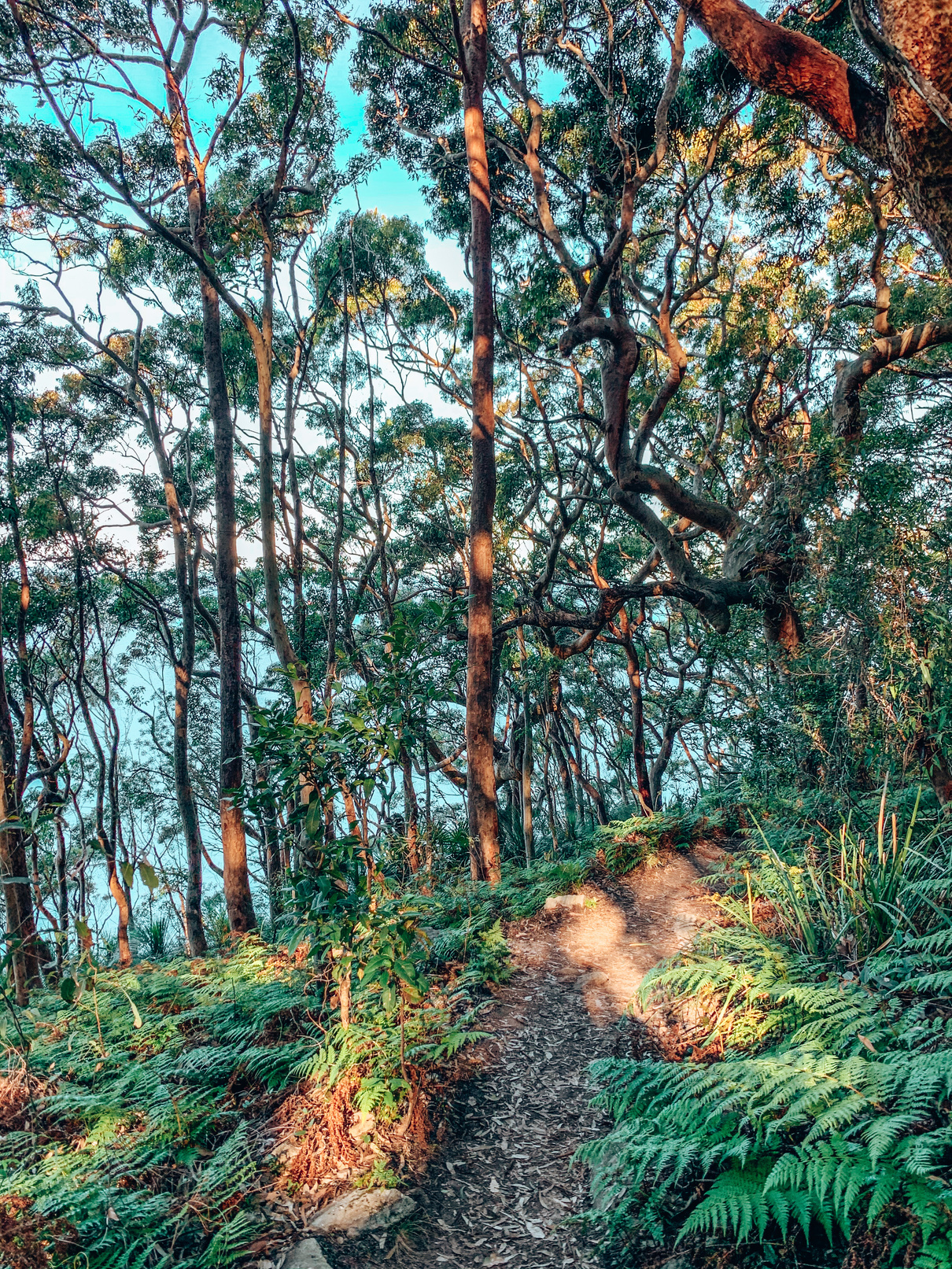
Re-route Foreshore Roads
Placeholder
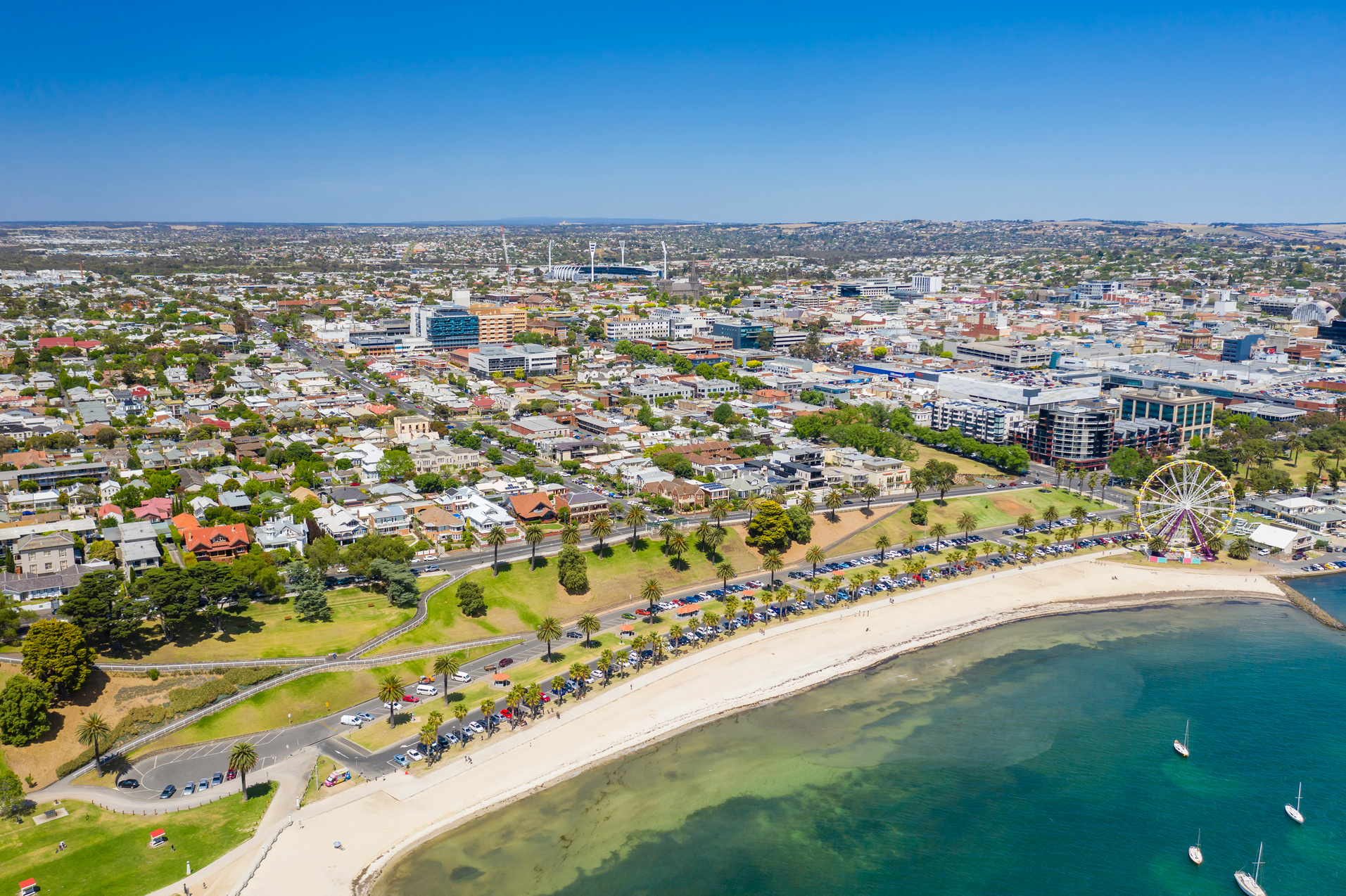
Marina and Docks
Here are some ways that marinas and docks can contribute to the economic and environmental sustainability of harbour front parks in Sydney, Australia:
- Generate revenue from boat berthing/mooring fees. Carefully setting competitive but profitable berthing fees can help cover ongoing maintenance and operation costs of the marina infrastructure over time. Higher fees for premium berths/services would subsidize basic berths.
- Lease commercial spaces. Space in and around the marina/docks could be leased to water-based businesses like sailing schools, boat rental shops, marine equipment stores, cafes/restaurants to generate rental income.
- Host events and activities. Organizing regular regattas, boat shows, fishing tournaments etc.
- Implement waste management systems. Strategies like boat pump-out stations, recycling bins and oil spill containment help keep waters clean, earning environmental goodwill while avoiding costly cleanups. Marina users could pay nominal fees for these amenities.
- Provide ancillary services. Services like fuel pumps, water/electricity hookups, washroom/shower facilities if priced reasonably would be convenient for boaters while improving self-sufficiency.
The key is implementing sustainable user-pay systems and generating complementary commercial activities to gradually make the marina/park financially self-supporting through recurrent revenue streams with minimal long-term subsidy requirements.
From a purely ecological perspective fixed floating berthing spots removes the need for anchorages in the harbour sea floor. These anchorages are extremely destructive to marine life, especially seagrass which acts as the keystone species for a vast array of seabed species. Removing these anchor points without denying recreational boaters access to a healthy relaxing sport is a win-win-win across the social, economic and environmental indexes.

Equipment Hire
Placeholder

Art Galleries
Placeholder
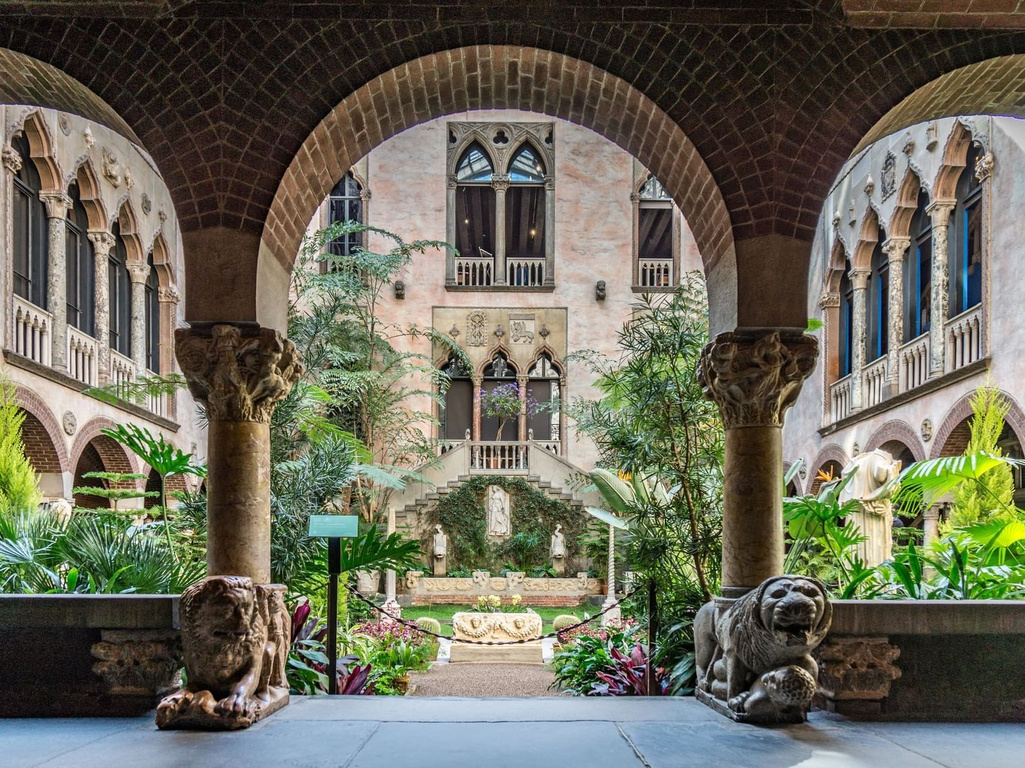
Constructed Wetlands
Constructed wetlands can play a significant role in enhancing the economic and environmental sustainability of harbour front parks in Sydney, Australia. These wetlands, designed to mimic natural wetland ecosystems, can provide a range of benefits that contribute to the overall well-being of the park and its surroundings.
These wetlands can serve as a unique and visually appealing feature, attracting visitors who can learn about the importance of wetland ecosystems, the flora and fauna that thrive within them, and the role they play in maintaining water quality and biodiversity. The wetlands can be designed to provide additional recreational opportunities such as birdwatching, fishing, or kayaking. These activities can be monetized through equipment rentals, fishing licenses, or guided tours, generating revenue to support the maintenance and operation of the wetlands.
Constructed wetlands can also contribute to the economic sustainability by providing ecosystem services that reduce operational costs. For instance, these wetlands can act as natural water filtration systems, improving water quality and reducing the need for costly water treatment processes. By reducing the Sydney Waters reliance on external water sources, the wetlands can help lower water bills and contribute to long-term cost savings. Additionally, the wetlands can be designed to capture and store stormwater runoff, reducing the risk of flooding and associated damages. This can help mitigate the costs of flood management and infrastructure repairs, further enhancing the park's economic sustainability.
From an environmental perspective, constructed wetlands can provide numerous benefits. They act as natural habitats for a variety of plant and animal species, promoting biodiversity and supporting the local ecosystem. These wetlands can also help improve water quality by removing pollutants and excess nutrients from the water, preventing their discharge into the harbor. By incorporating native plant species, the wetlands can enhance the park's aesthetic appeal and contribute to the preservation of local flora and fauna. This can attract wildlife, including birds and butterflies, creating a more vibrant and diverse ecosystem within the park.

Outdoor Cinema
Outdoor cinemas in parks can offer a significant economic and cultural boost to parks along our foreshore.
Firstly, such ventures have the potential to stimulate local economies by attracting both residents and tourists. Outdoor cinemas provide a unique and enjoyable entertainment experience, which can draw people to the parks and surrounding areas. This increased foot traffic can lead to a boost in local businesses, such as restaurants, cafes, and shops, as people may choose to dine or shop before or after attending a movie screening. The increased economic activity can contribute to job creation, as businesses may need to hire additional staff to meet the demand generated by the outdoor cinemas. Moreover, the revenue generated from ticket sales and concessions at the outdoor cinemas can directly contribute to the park’s overall financial health, as it can be reinvested in park maintenance, infrastructure improvements, and other services.
These facilities are also ideal multi-use spaces suitable for the delivery of educational programs, live music and theatre in the park.
From a social perspective, outdoor cinemas foster community engagement by providing a unique and inclusive entertainment option. They offer a communal space where residents can gather, socialise, and enjoy a shared experience, thereby strengthening community bonds. This is particularly beneficial in a diverse city like Sydney, where such initiatives can promote cultural exchange and understanding. Furthermore, outdoor cinemas can enhance the overall quality of life for residents by offering an affordable and accessible form of entertainment. They also contribute to mental well-being by providing an opportunity for residents to relax and unwind in a natural, open-air setting, strengthening family and social bonds.
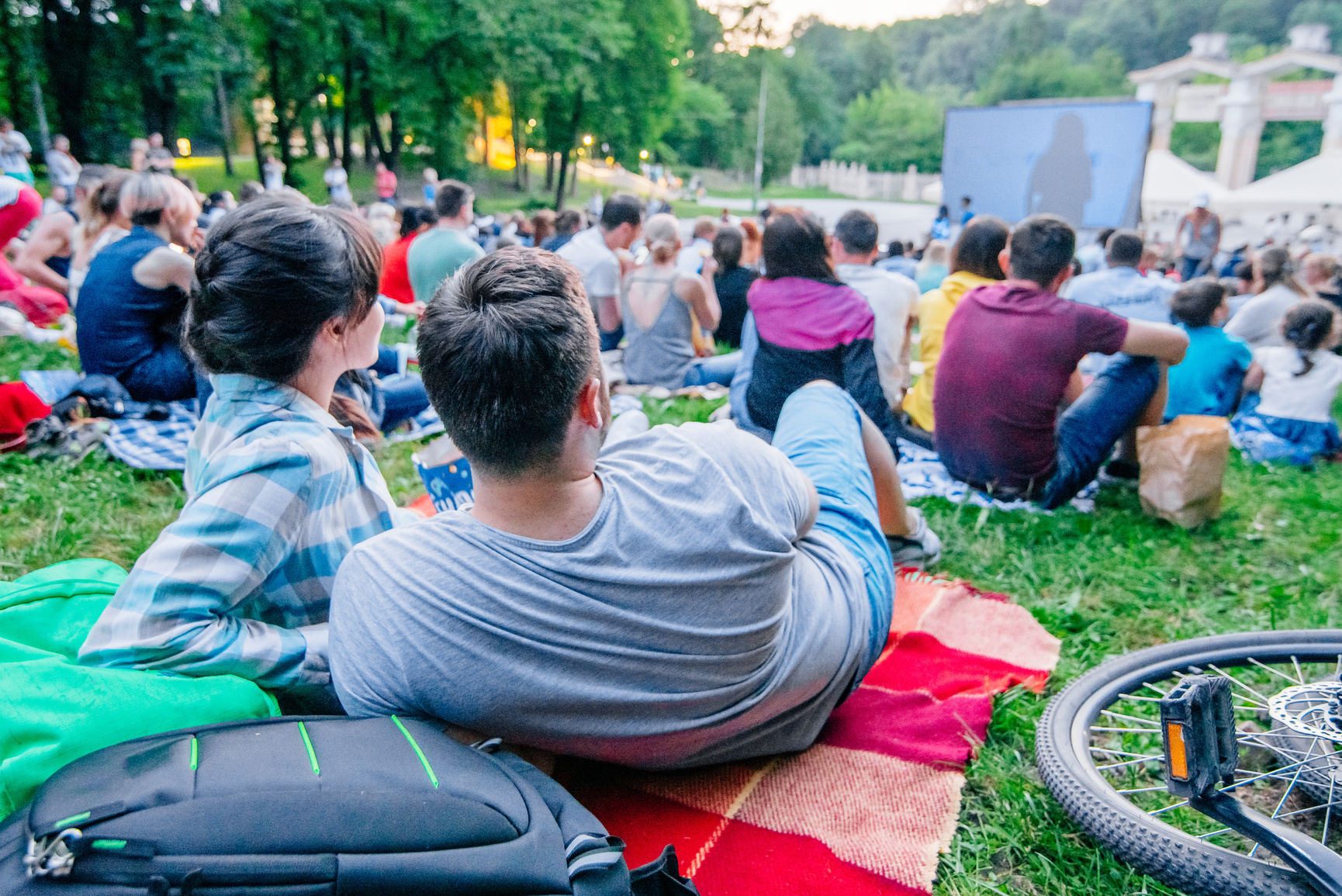
Urban Food Forest
Urban Food Forests, also known as edible forests or food forests, are gaining popularity worldwide as a sustainable solution to address food security and environmental challenges. Australia, with its diverse ecosystems and growing urban population, can greatly benefit from the implementation of Urban Food Forests. Firstly, these forests provide a unique opportunity for Connection to Country, allowing urban dwellers to reconnect with the land and traditional Indigenous practices through delicious bush tucker. By incorporating native plants and Indigenous knowledge, Urban Food Forests can foster a sense of belonging and cultural identity among Australians.
Urban Food Forests enhance food resilience by promoting local food production and providing fresh fruit and vegetables to urban dwellers. With climate change posing threats to traditional agricultural practices, these forests offer a sustainable alternative by utilizing permaculture principles and regenerative farming techniques. By growing a wide variety of fruits, vegetables, and herbs, Urban Food Forests can ensure a diverse and nutritious food supply for local communities, reducing the risk of food shortages and improving food security although in a relatively small way.
Furthermore, Urban Food Forests provide valuable educational opportunities for both children and adults. These forests can serve as outdoor classrooms, where people can learn about sustainable farming practices, biodiversity, and the importance of ecological balance. By involving schools, community organizations, and local residents in the planning and maintenance of these forests, education and awareness about sustainable food systems can be spread, empowering individuals to make informed choices about their food consumption and production. This is especially important for appartment dwelling children who do not have an opportunity to connect with food production in a backyard garden of thier own.
Lastly, Urban Food Forests contribute to keystone species biodiversity by creating habitats for a wide range of plant and animal species. By incorporating native plants and trees, these forests attract pollinators, birds, and other wildlife, helping to restore and preserve local ecosystems. The presence of keystone species, such as bees and butterflies, is crucial for the pollination of crops and the overall health of the environment.

Daylighted Streams
Implementing daylighting techniques on urban stormwater channels can bring numerous advantages, especially when transforming these channels into surface streams within urban parklands. From an environmental perspective, daylighting can significantly enhance biodiversity by creating new habitats for plants, animals, and insects. The introduction of sunlight and natural vegetation can attract a diverse range of species, contributing to the overall ecological health of the area.
From a purely practical perspective, most of the stormwater drainage within the more established coastal areas of the city is ageing and most require urgent repair. Perhaps more importantly, the existing stormwater drains and channels were designed when the harbour was a quarter of a metre lower, and before sea level rise was well understood. Daylighting streams provide an economically viable and community-pleasing way to address these urban drainage systems in a cost-effective, co-benefit-rich way. They are especially effective when combined with a floodable parkland or sponge city approach, allowing for nature-based solutions which can handle far greater volumes of water while providing attractive nature corridors during non-flood periods.
Water quality improvement is another significant benefit of daylighting urban stormwater channels. Natural filtration processes can occur by allowing stormwater to flow through surface streams, removing pollutants and sediments. This can lead to cleaner water and healthier ecosystems, benefiting both humans and wildlife.
From a social perspective, transforming stormwater channels into surface streams can create engaging and attractive spaces within urban parklands. The introduction of natural elements, such as flowing water and green corridors, can enhance the aesthetic appeal of the area and provide opportunities for recreational activities. This can foster community engagement and a sense of ownership, as residents can enjoy and take pride in their local wetlands.
Finally soil hydration has been shown to be a major mitigator of the urban heat island effect, with underground stormwater channels robbing the established trees of thier ability to cool during extreme heat events. Daylighted streams on the other hand allow water to be transfered into the water table providing a buffer against extreme drought and urban heat.
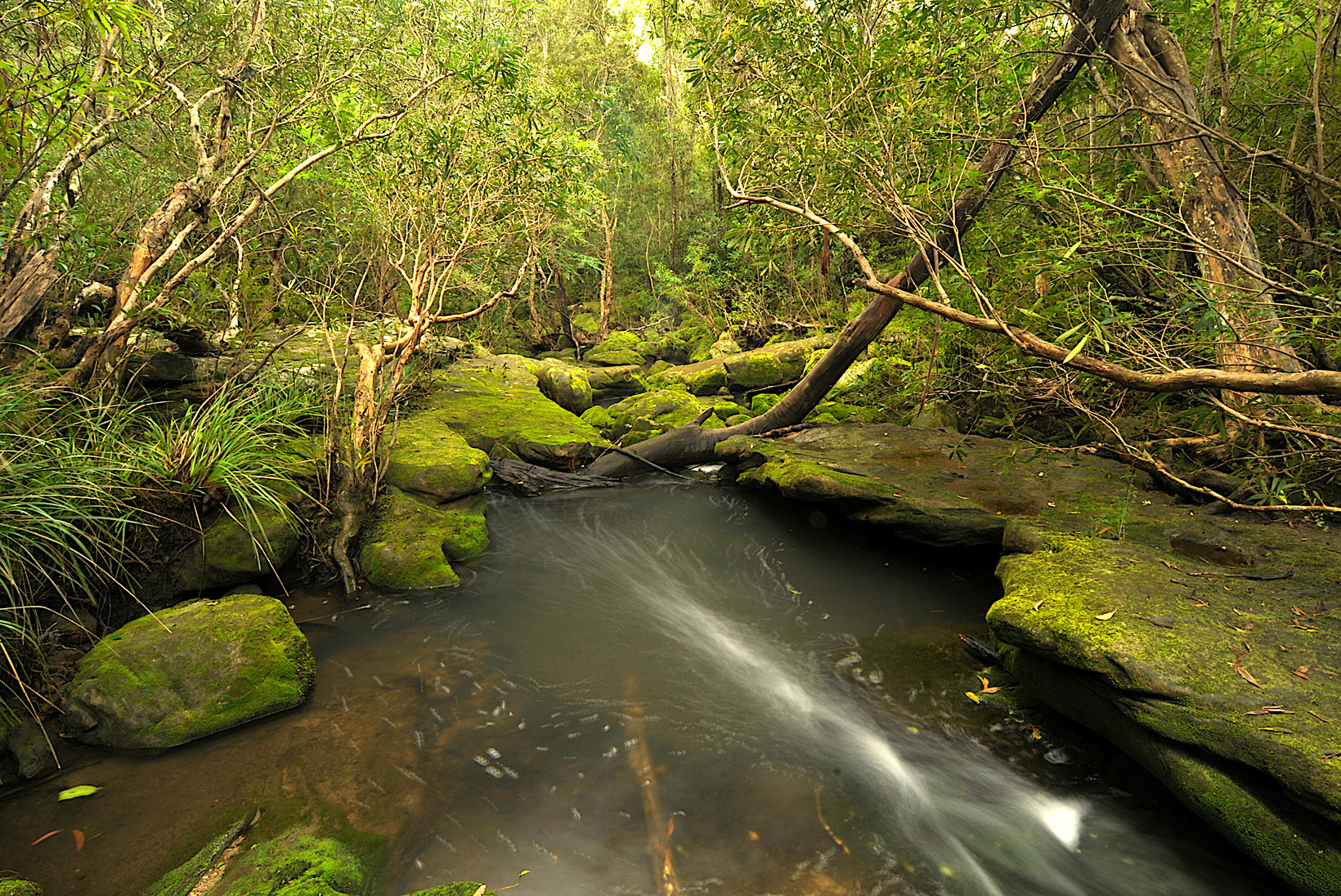
Seagrass Restoration
- Enhancing Fishery Resources: Seagrasses provide essential habitats and nursery grounds for many commercially important fish and shellfish species. Thus, their restoration can lead to an increase in fish stocks, benefiting the local fishing industry and economy.
- Tourism Boost: Healthy seagrass beds contribute to clear water and abundant marine life, which can attract tourists for activities such as snorkeling, diving, and fishing. We have a long way to go on this front within the inner harbour of Sydney, but we need to make a start!
- Carbon Sequestration: Seagrasses are highly efficient at absorbing and storing carbon dioxide from the atmosphere.
- Erosion Control: Seagrass beds help to stabilize the seabed and reduce coastal erosion by absorbing wave energy and trapping sediments. This is especially relevant in the inner harbour where legacies in the bay floors present a major risk to public health.
- Biodiversity: Seagrasses support a high level of biodiversity, providing food and habitat for a wide variety of marine species.
- Water Quality: Seagrasses improve water quality by absorbing excess nutrients and pollutants from the water, which can otherwise lead to harmful algal blooms and other problems. This can benefit human health and reduce the costs of water treatment.
Seagrass restoration in Sydney Harbour can contribute to economic and environmental sustainability and biodiversity in multiple ways. It is an investment that can deliver significant returns for the local community and the wider Australian society, although it requires a long and sustained investment to undo 150 years of damage.
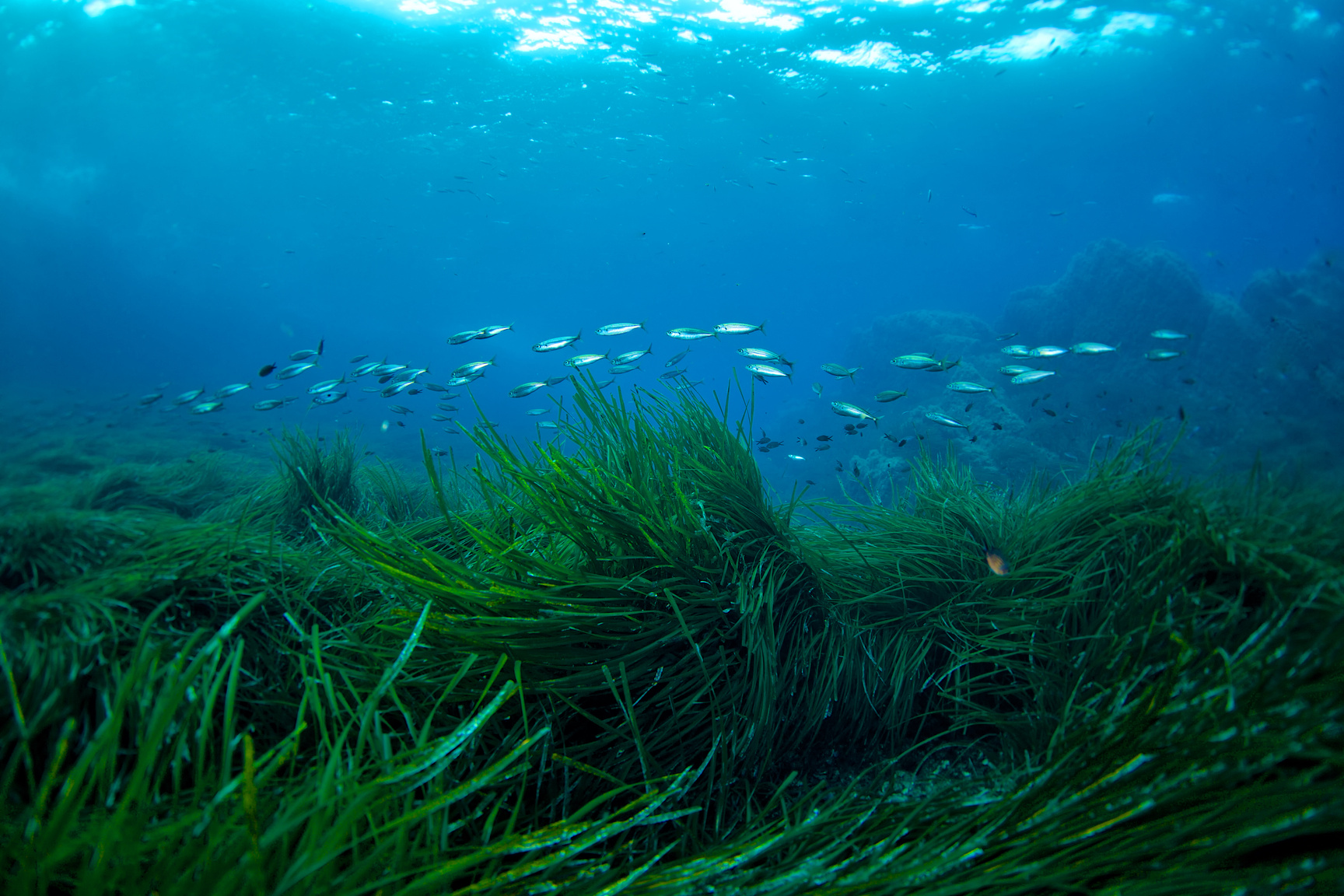
Soil Carbon
Enhancing soil carbon levels has numerous benefits for both the environment and the health of plant life. Carbon-rich soil is more fertile and better able to support diverse plant growth, leading to healthier, more robust green spaces. Furthermore, soil acts as a significant carbon sink, meaning it can absorb and store large amounts of carbon dioxide from the atmosphere - possibly generating carbon credits in the process which can in turn assist with funding the park itself.
Regenerative agriculture techniques offer a sustainable approach to land management that can greatly enhance the health and resilience of urban parklands. These techniques focus on improving soil health, increasing biodiversity, and restoring ecosystem services. Practices such as cover cropping, composting, and reduced tillage can all be adapted to urban parkland and they significantly improve soil fertility and structure, leading to increased water retention and reduced soil erosion. Moreover, by promoting a diverse range of plant and animal species, regenerative agriculture can enhance biodiversity and create more resilient ecosystems that can withstand disturbances.
Applying these strategies to urban parklands can make significant contributions to the sustainability and resilience of the residential areas these foreshore parks protect. Enhanced soil carbon levels and regenerative agriculture practices can transform urban green spaces into thriving ecosystems that provide essential services, such as climate regulation, water purification, and habitat provision. These benefits not only contribute to the resilience of cities in the face of climate change but also enhance the quality of life for urban residents. These methodogolies work well with other parkland improvements such as community composting and small scale biochar generators, allowing plant and residencial food waste to be sequested into the soil close to the point of generation, reducing travel costs while making healthier, greener parklands.

Fishing Platforms
Fishing platforms in urban foreshore parks can significantly enhance the overall wellness and health of the community. They provide a unique opportunity for people of all ages to connect with the harbour. Fishing is also known to be a stress-relieving activity, helping to reduce anxiety and depression and improve mental health. Furthermore, these platforms encourage social interaction and community engagement, especially across diverse, often marginalised segments of our community, as they become gathering spots for families, friends, and fishing enthusiasts.
The installation of fishing platforms can also have positive ecological and economic implications. Ecologically, platforms can be designed to minimise the impact on the local environment and aquatic life by centralising the impact of recreational fishing, allowing fish to safe reserves away from these platforms where a critical mass of breeding stock can be maintained. They can also help control fishing activities, reducing overfishing and damaging aquatic habitats by ensuring that these platforms are safely away from biodiversity hot spots.
Centralising the impacts of recreational fishing also assists park maintenance staff when mitigating the impacts of these activities (removing tangled lines, snagged hooks and fish waste), centralising these impacts to a small area where it can be more easily managed. A fish cleaning station also allows for the safe and responsible cleaning of fish in a way which mitigates unpleasant odours and the resulting vermin that are attached to fish waste.

Park Fitness Equipment
The installation of park fitness equipment can greatly benefit public health. Having accessible exercise stations directly in parks makes it easier for people to incorporate physical activity into their daily lives. Getting regular exercise in an outdoor green space provides compounding physical and mental health benefits in a convenient location close to home. The equipment allows people of all athletic abilities to work out and improve strength, balance, flexibility and cardiovascular health. This can help reduce rates of chronic diseases and healthcare spending over the long run as park visitors become more active and feel empowered to improve their fitness.
Park fitness equipment also serves to foster greater community engagement among Sydney residents. The stations bring people together as neighbors utilize them jointly or encourage one another during workouts. This facilitates stronger relationships and social connections to be formed within the local area. It provides a common element that gets more community members regularly visiting and spending time in their parks, generating more foot traffic. As more people learn of and use the equipment, neighborhood parklands can experience greater utilization and become an even more integral part of the surrounding community's lifestyle and identity. It is also increases social equity as these installations are free to use, not restricting the benefits of fitness equipment to those who can afford to pay for it.
Being active in parks reduces carbon emissions compared to driving to a fitness facility. The equipment itself can be made from durable, all-weather, recycled materials that require no electricity or other energy to operate. It provides health and social benefits to park users without negatively impacting the natural environment or contributing to ongoing pollution. Leveraging existing park infrastructure through fitness installations is a simple, eco-friendly way for Sydney to enable active, green lifestyles for its residents.
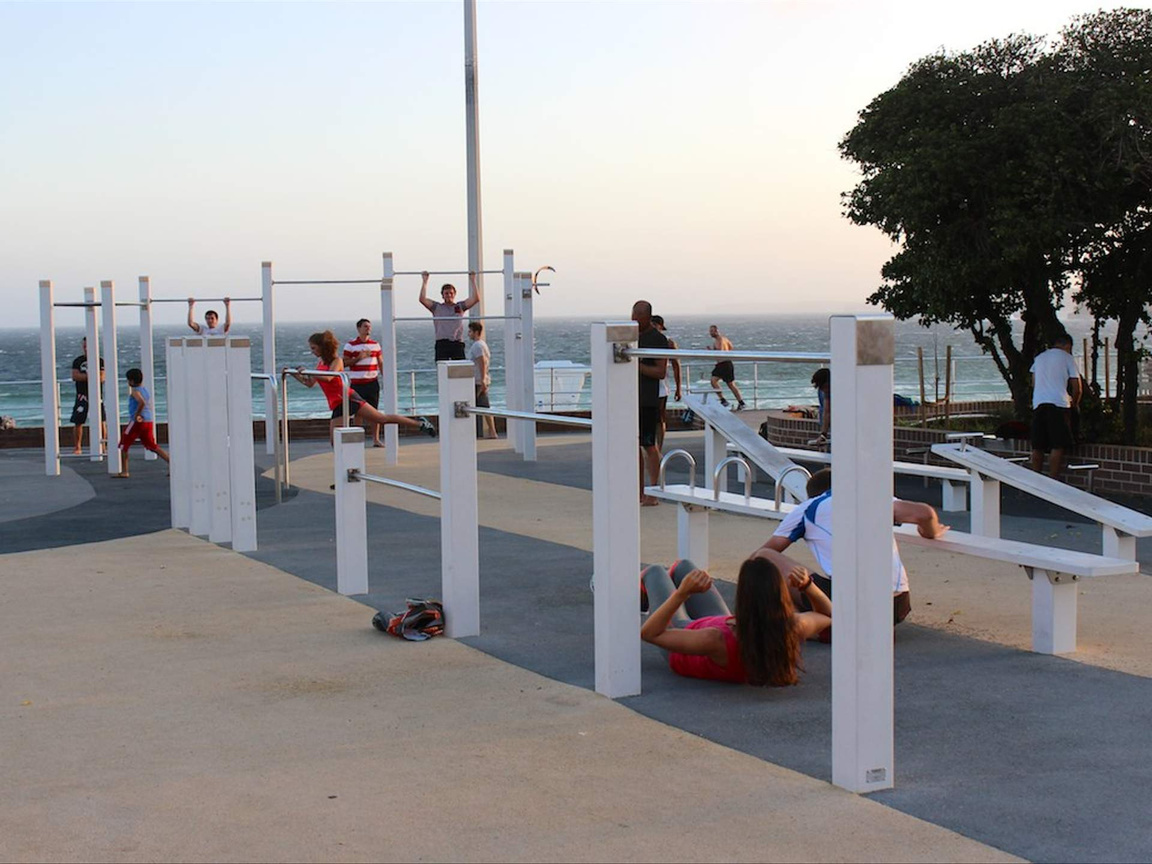
Wellness
Place holder
Resiliency
Place holder
Attractiveness
Place holder
Environment
Place holder
NPV
Place holder